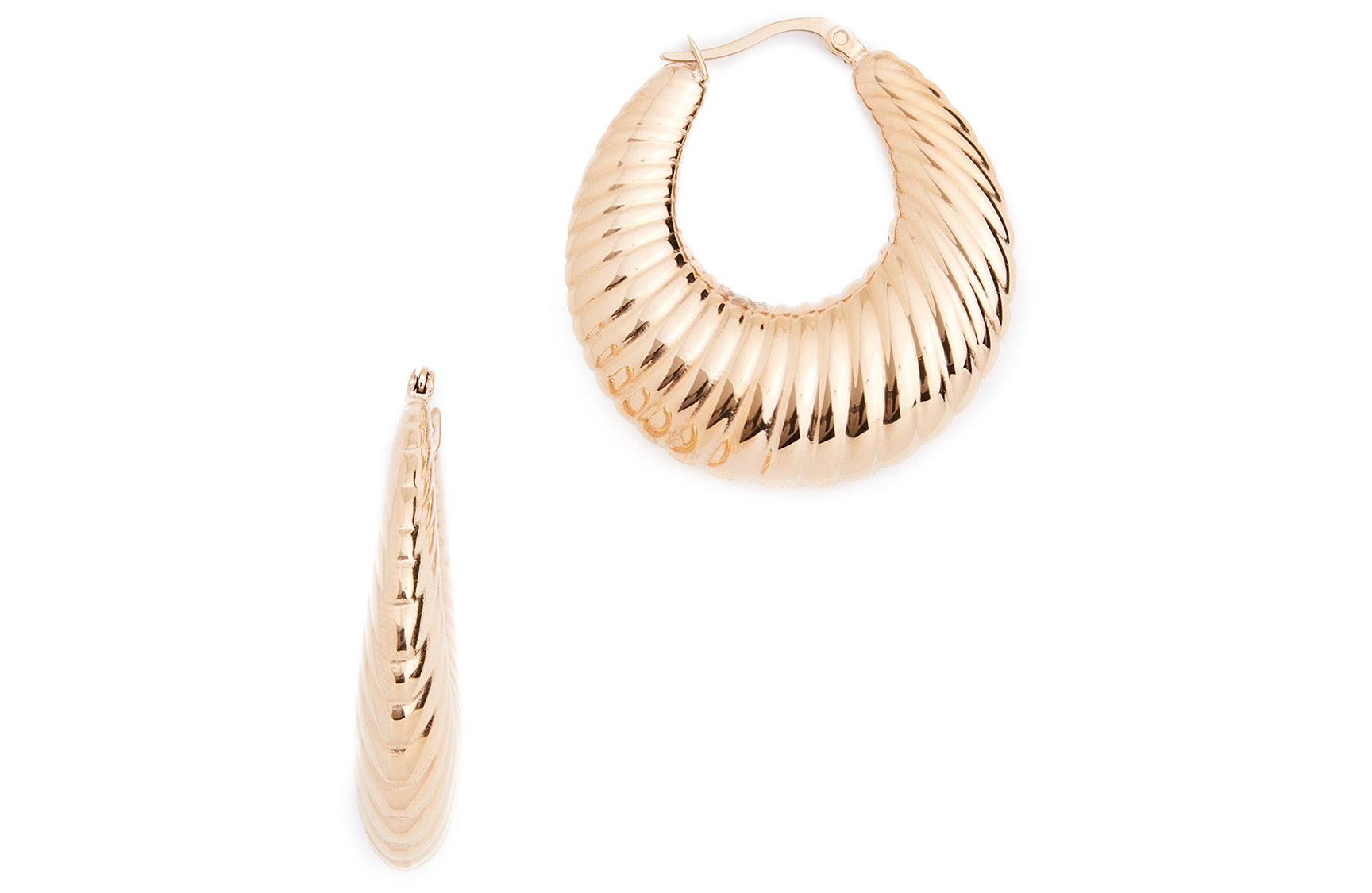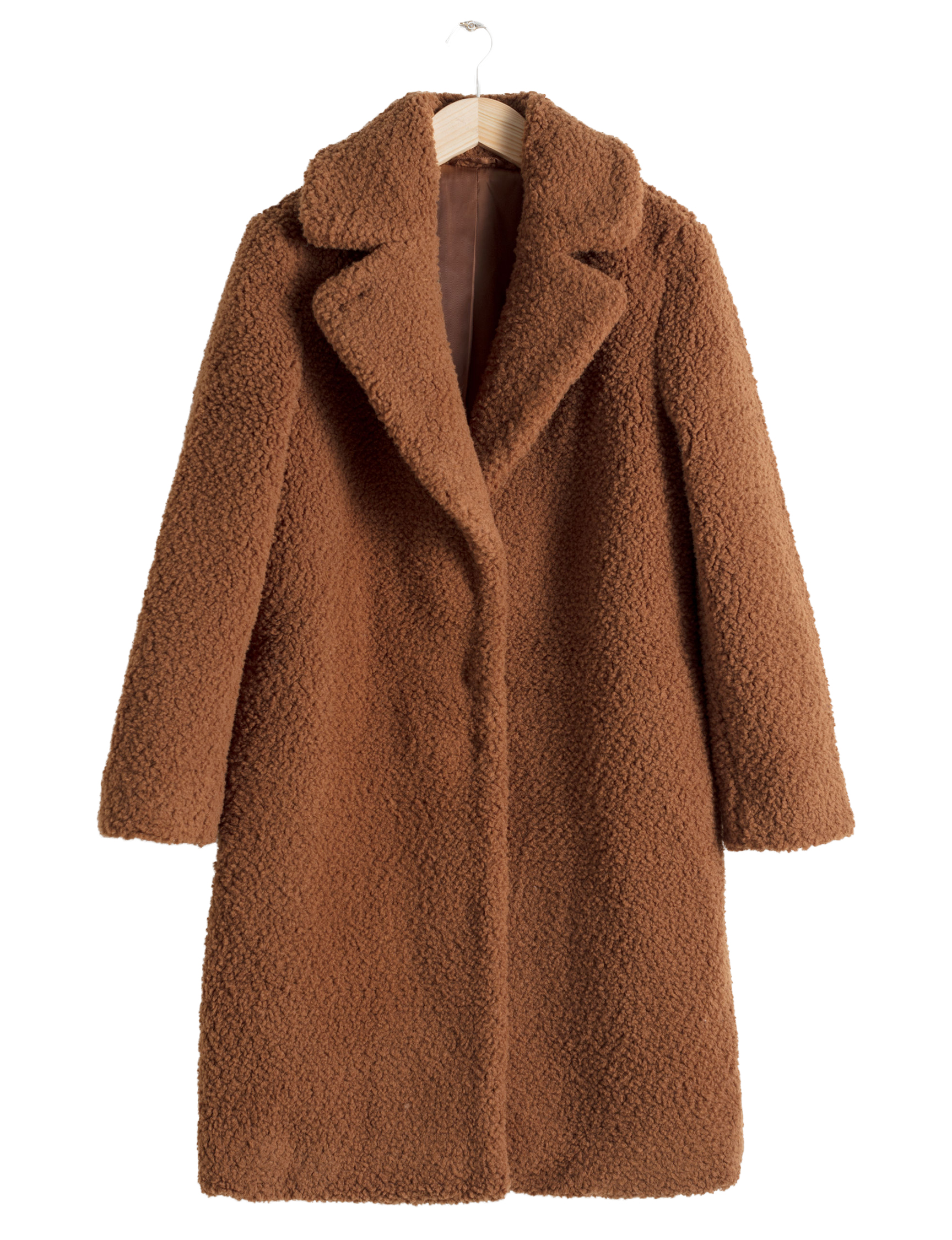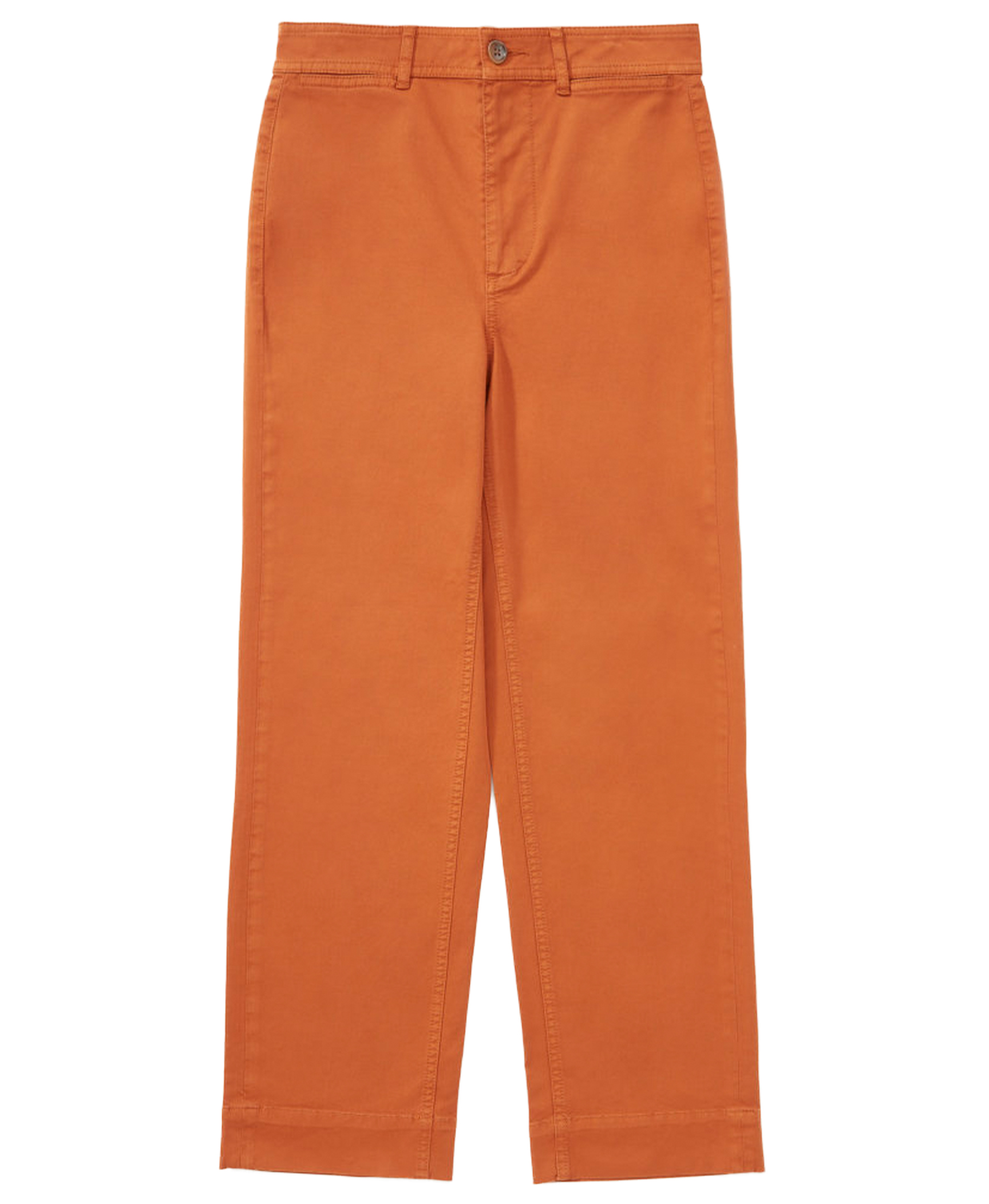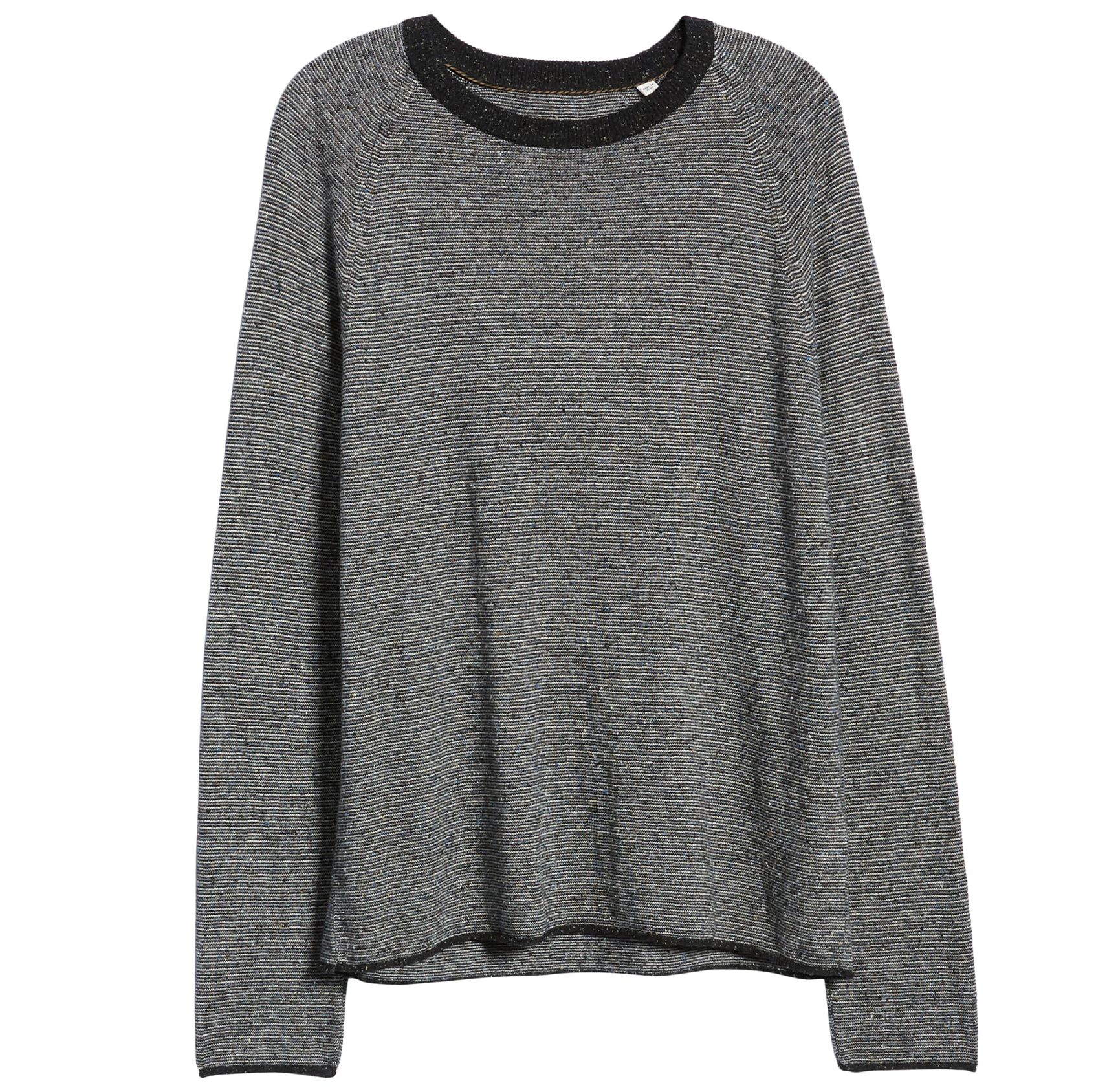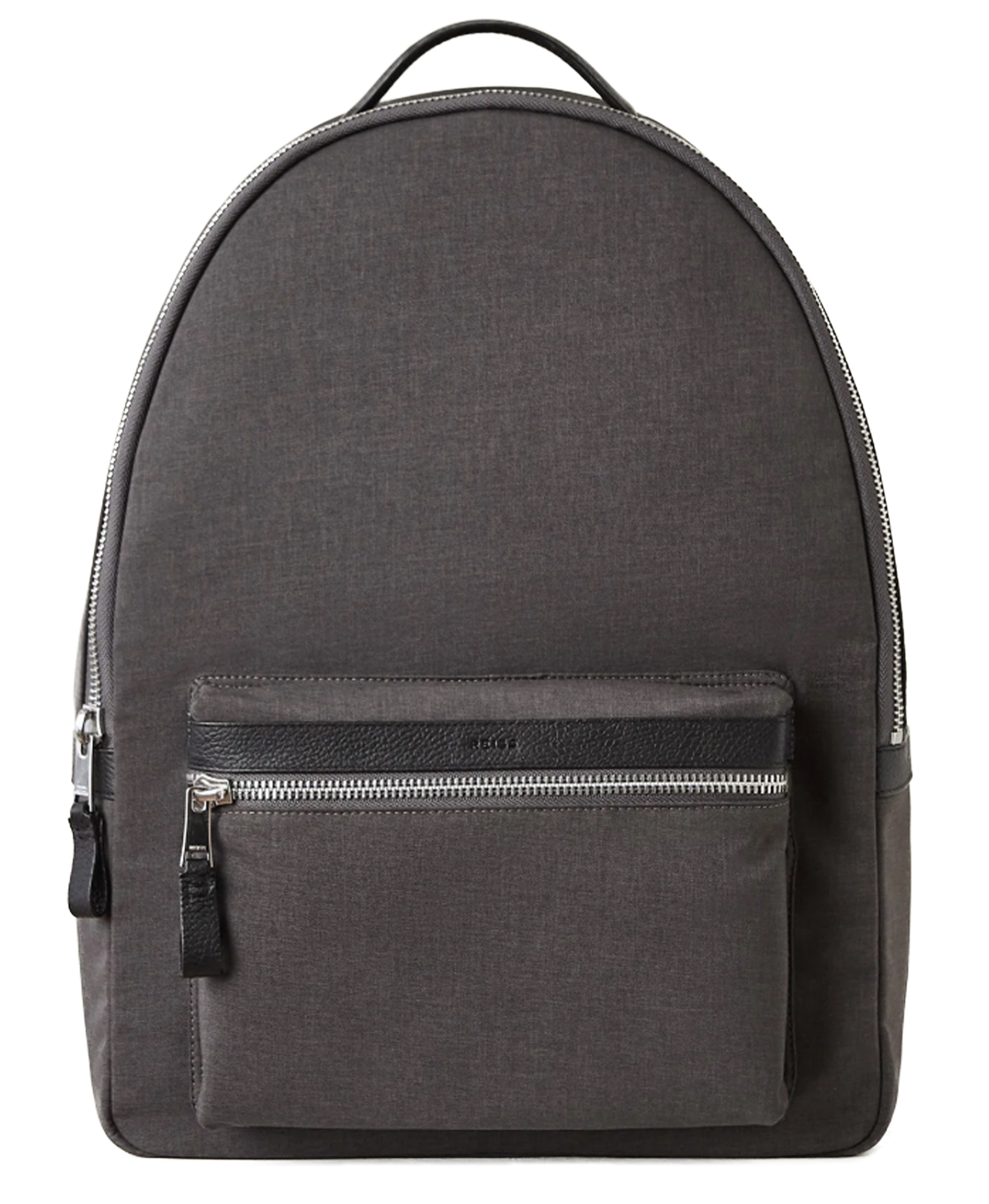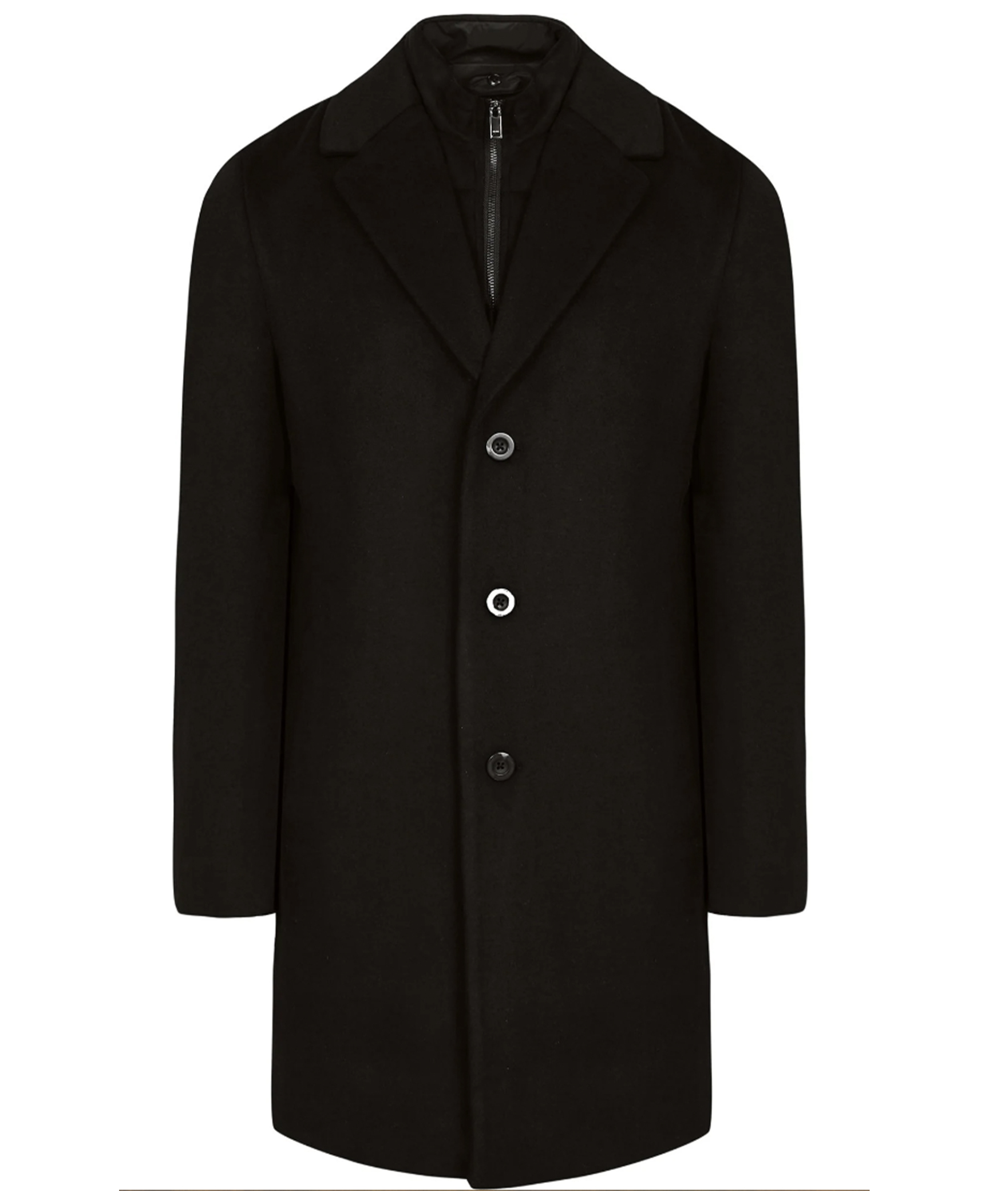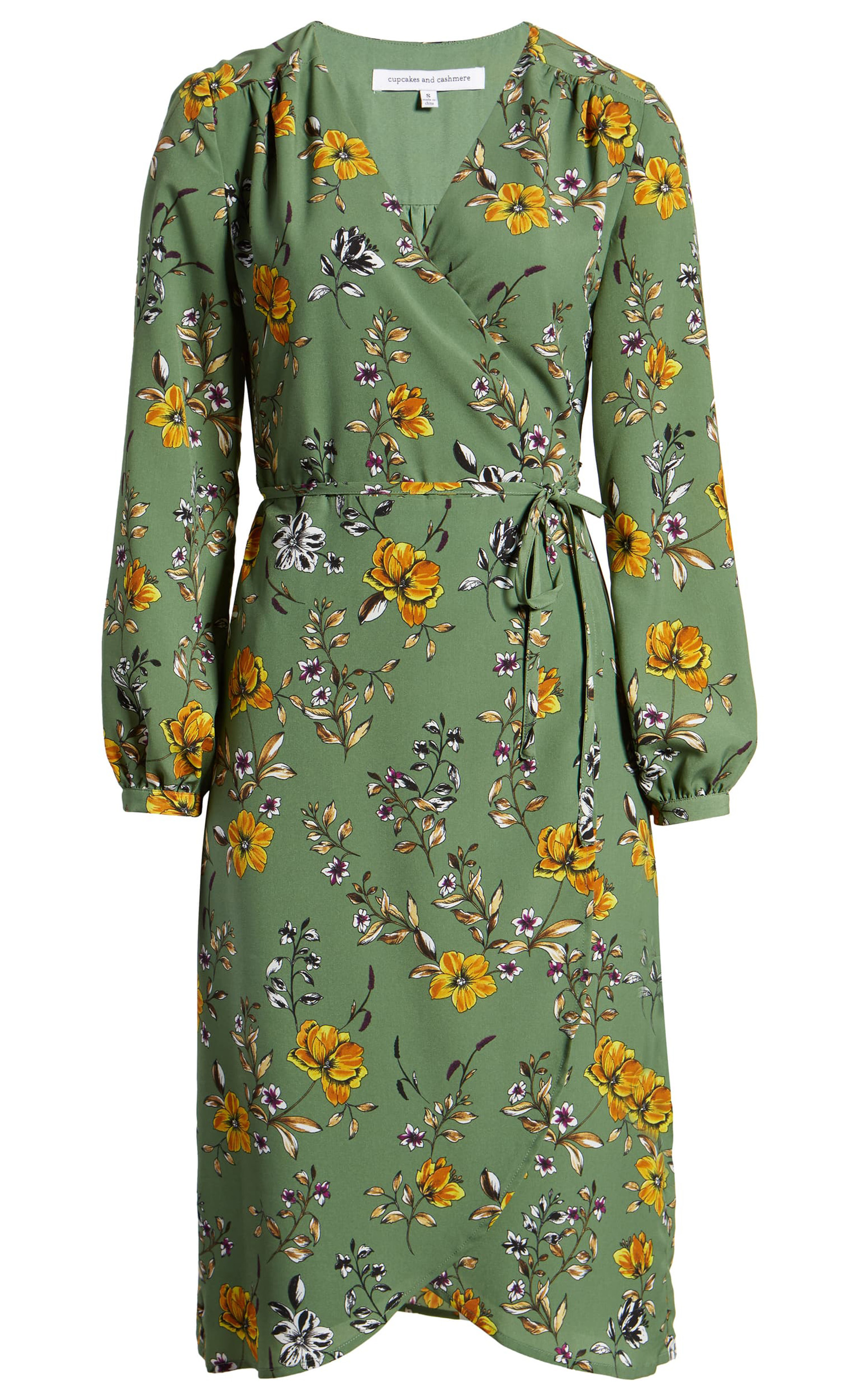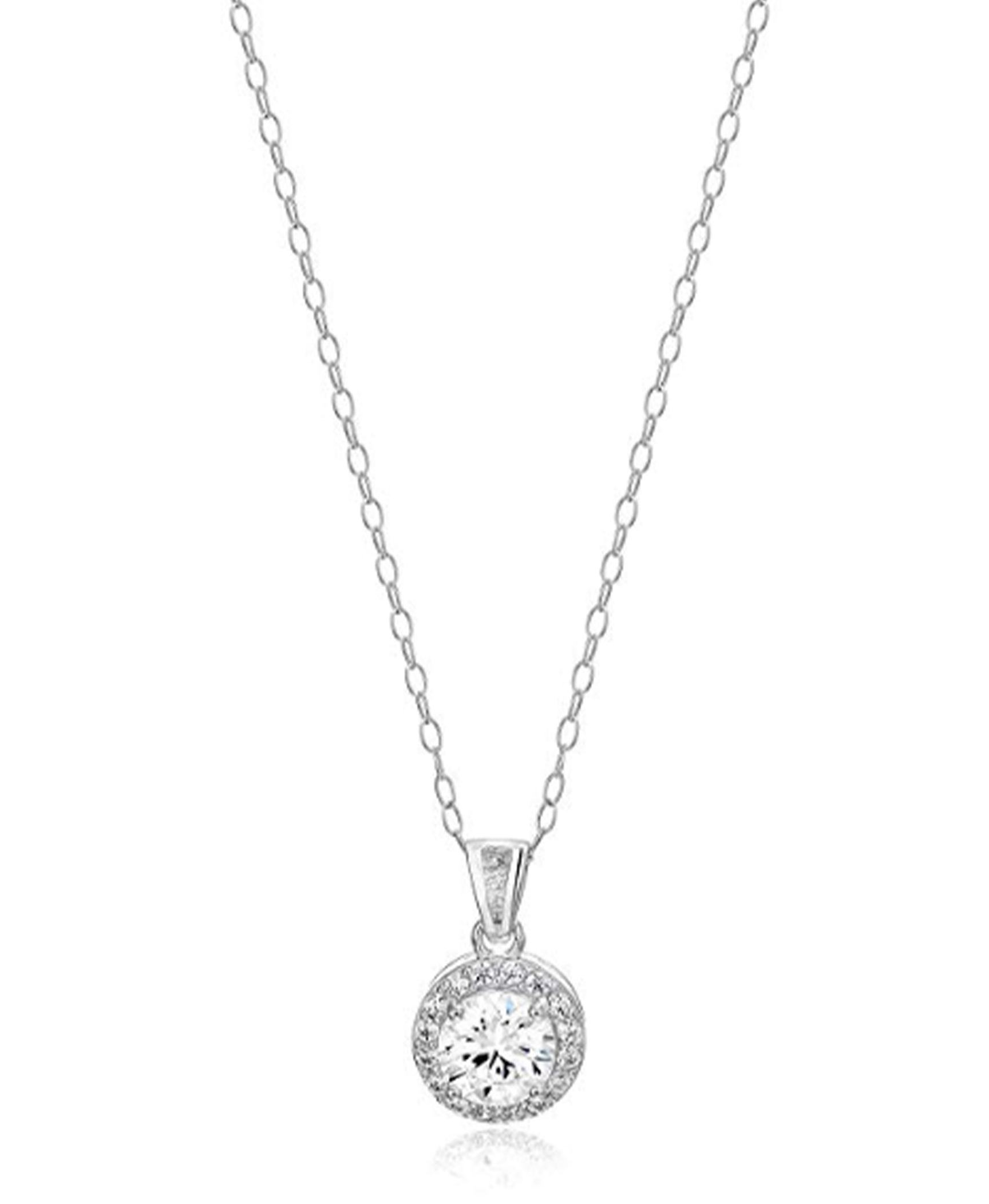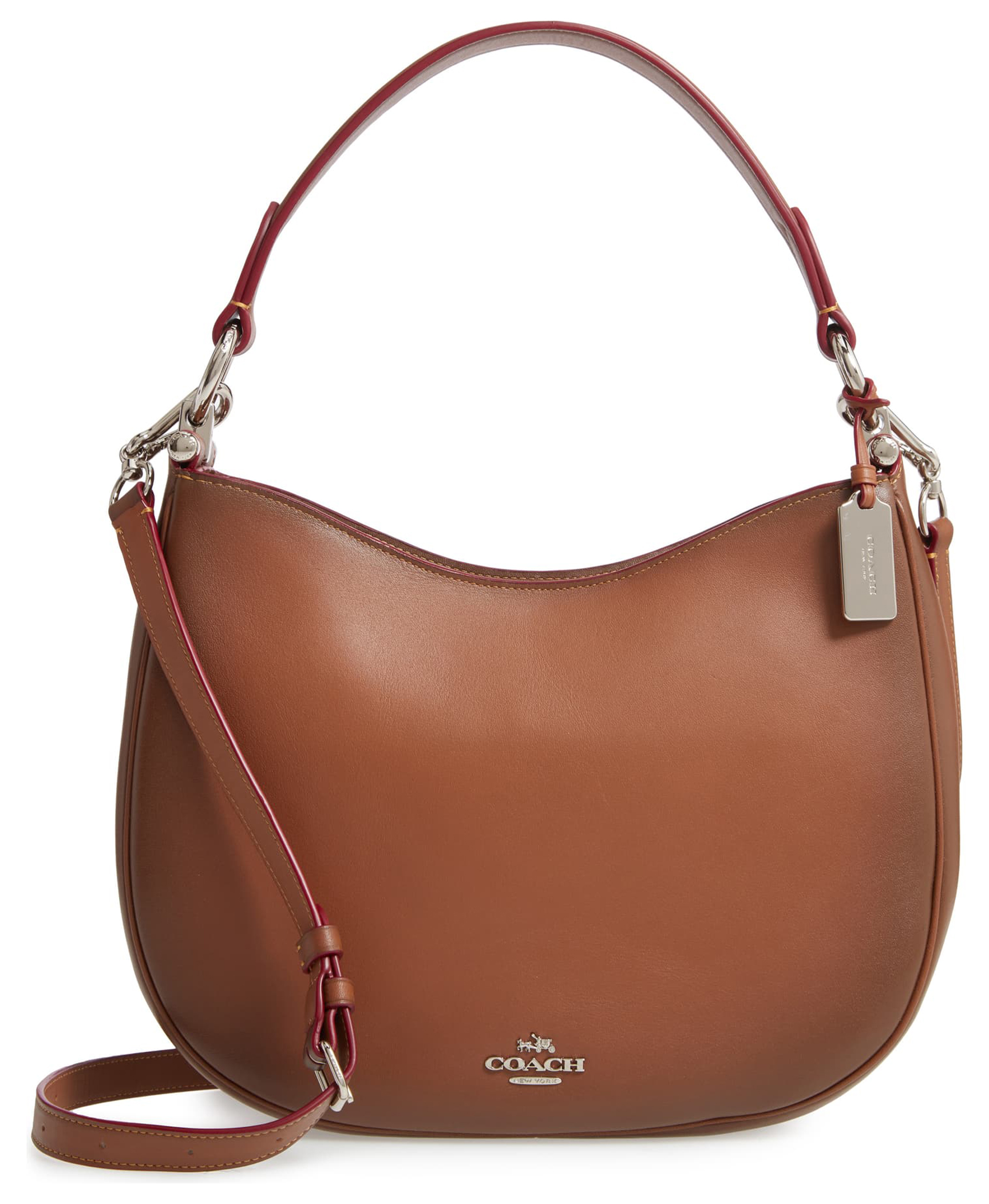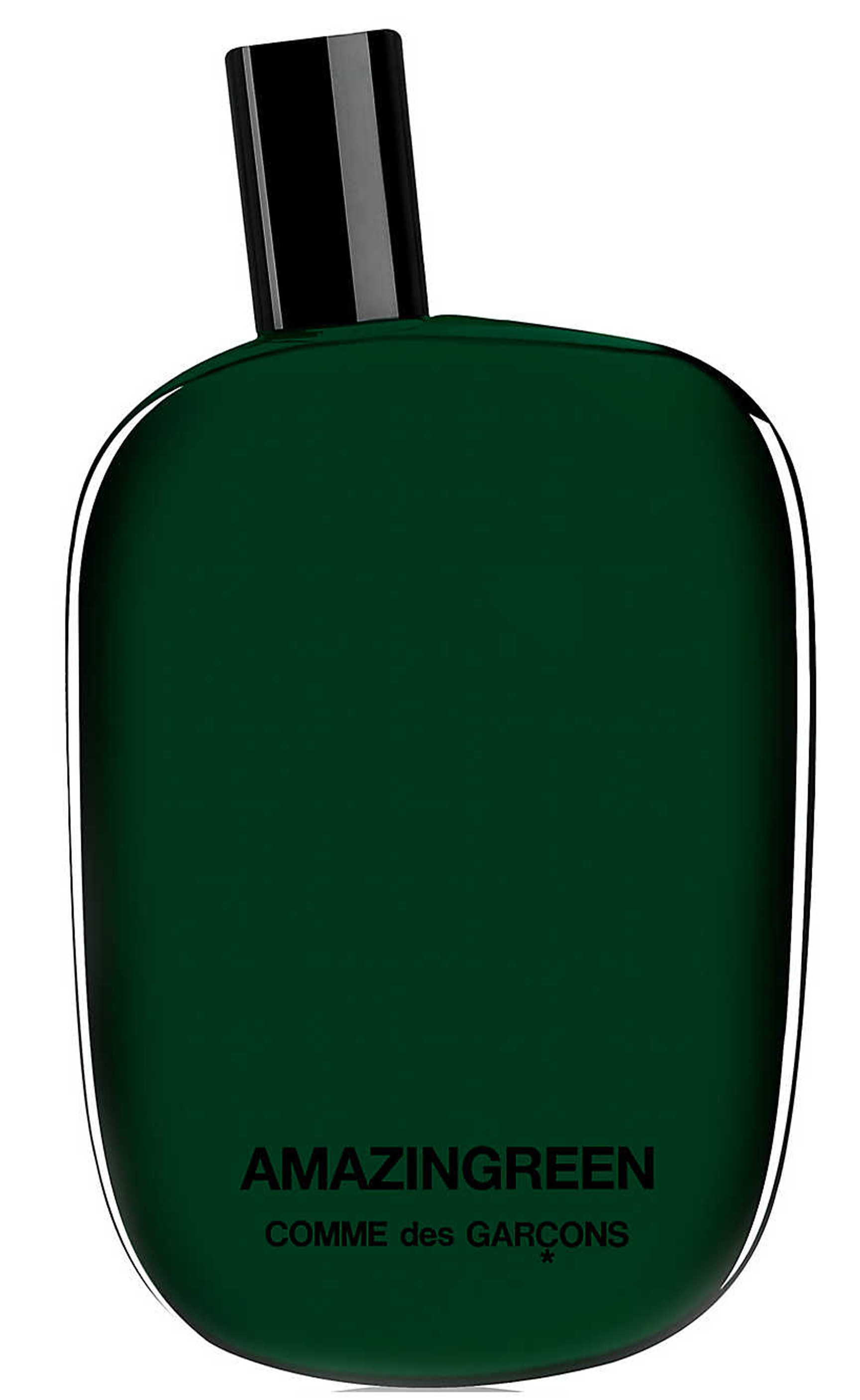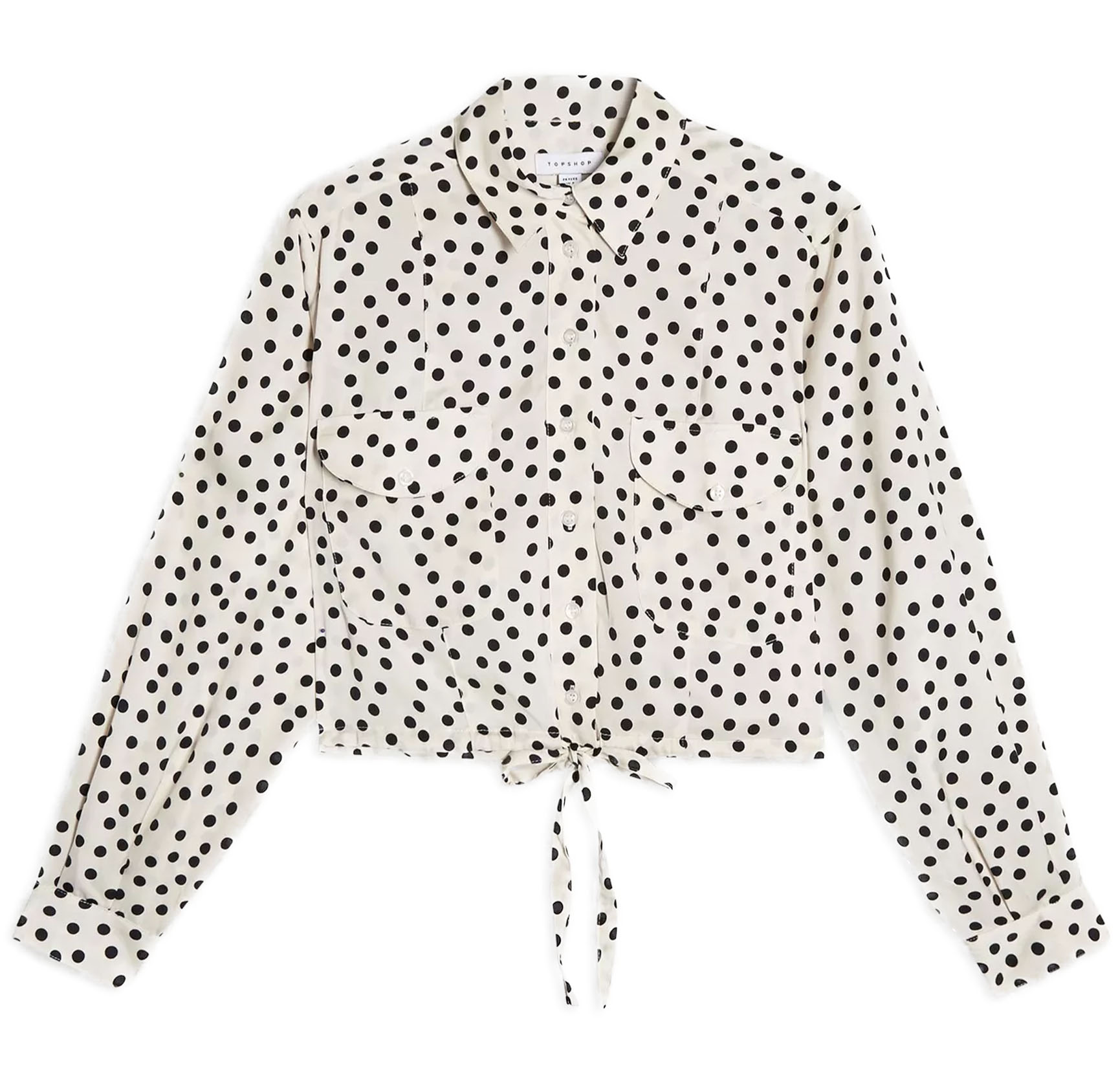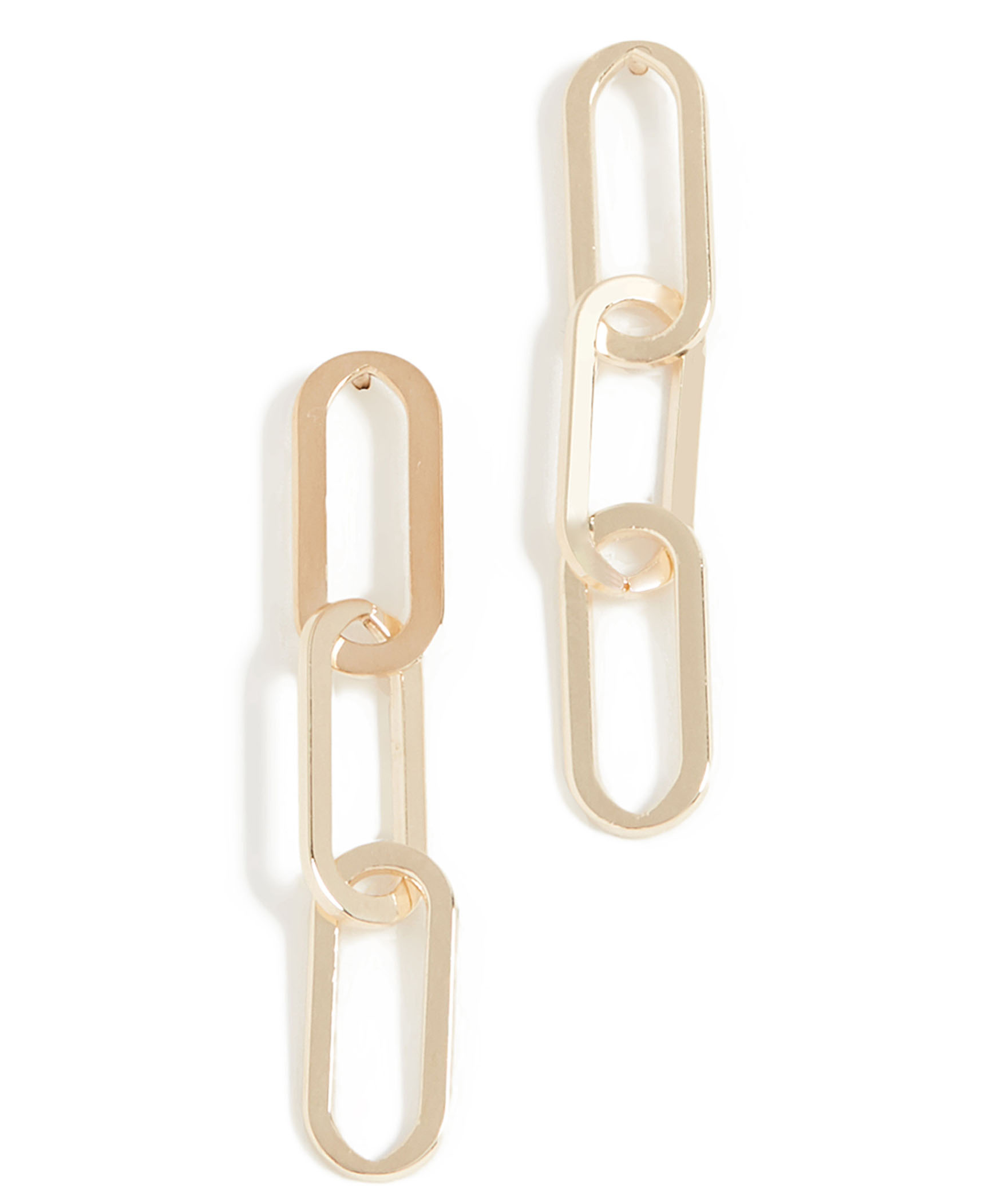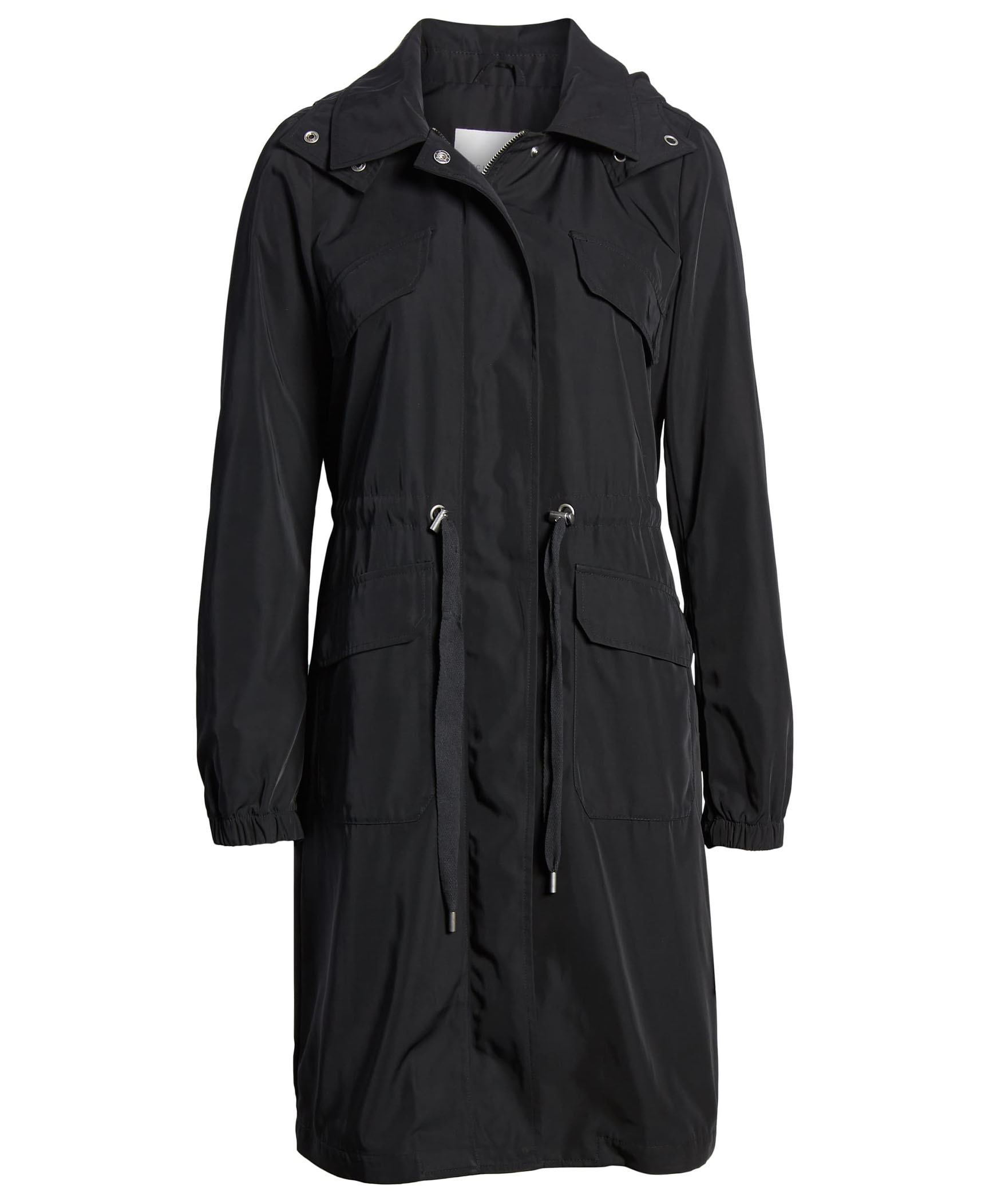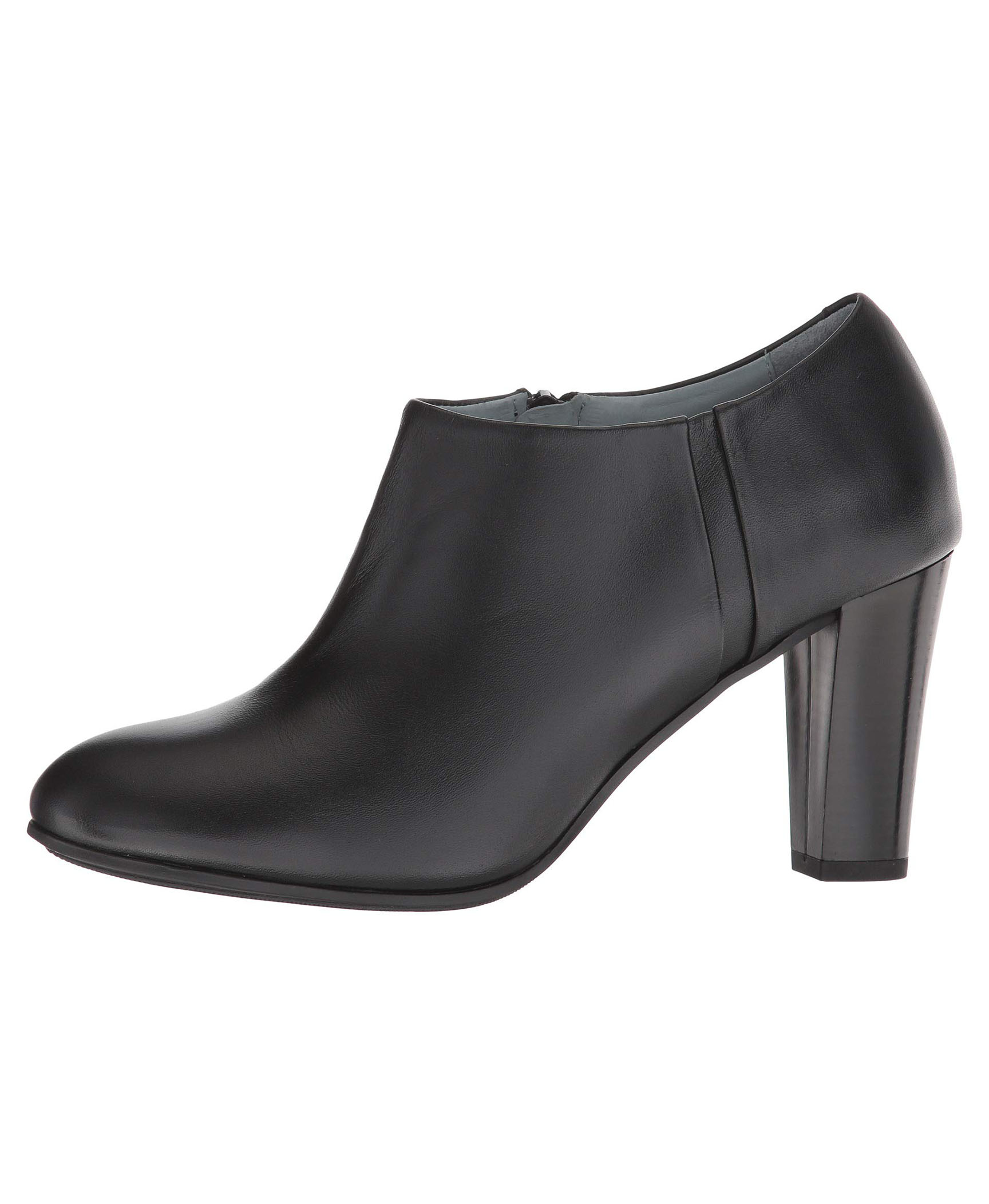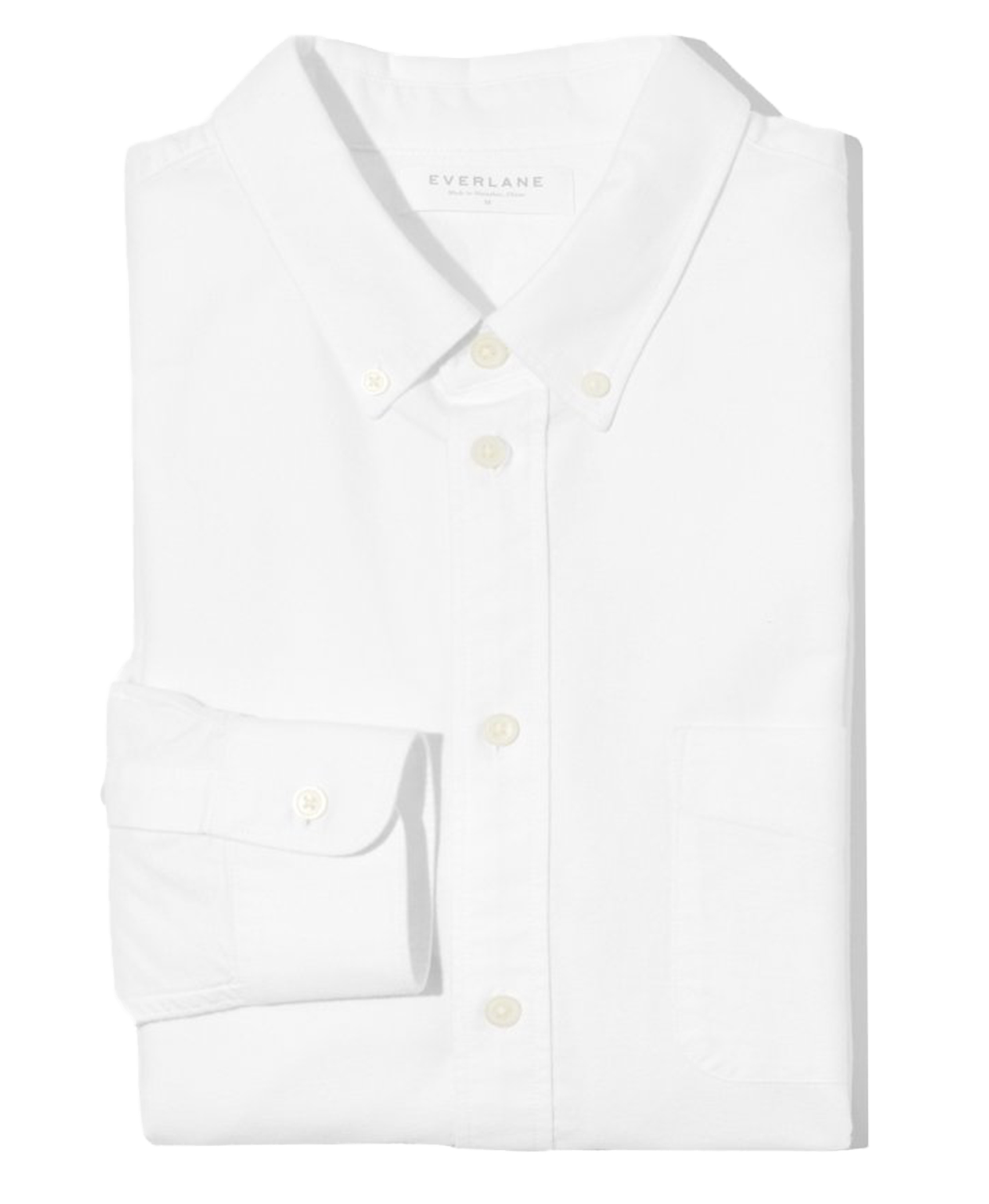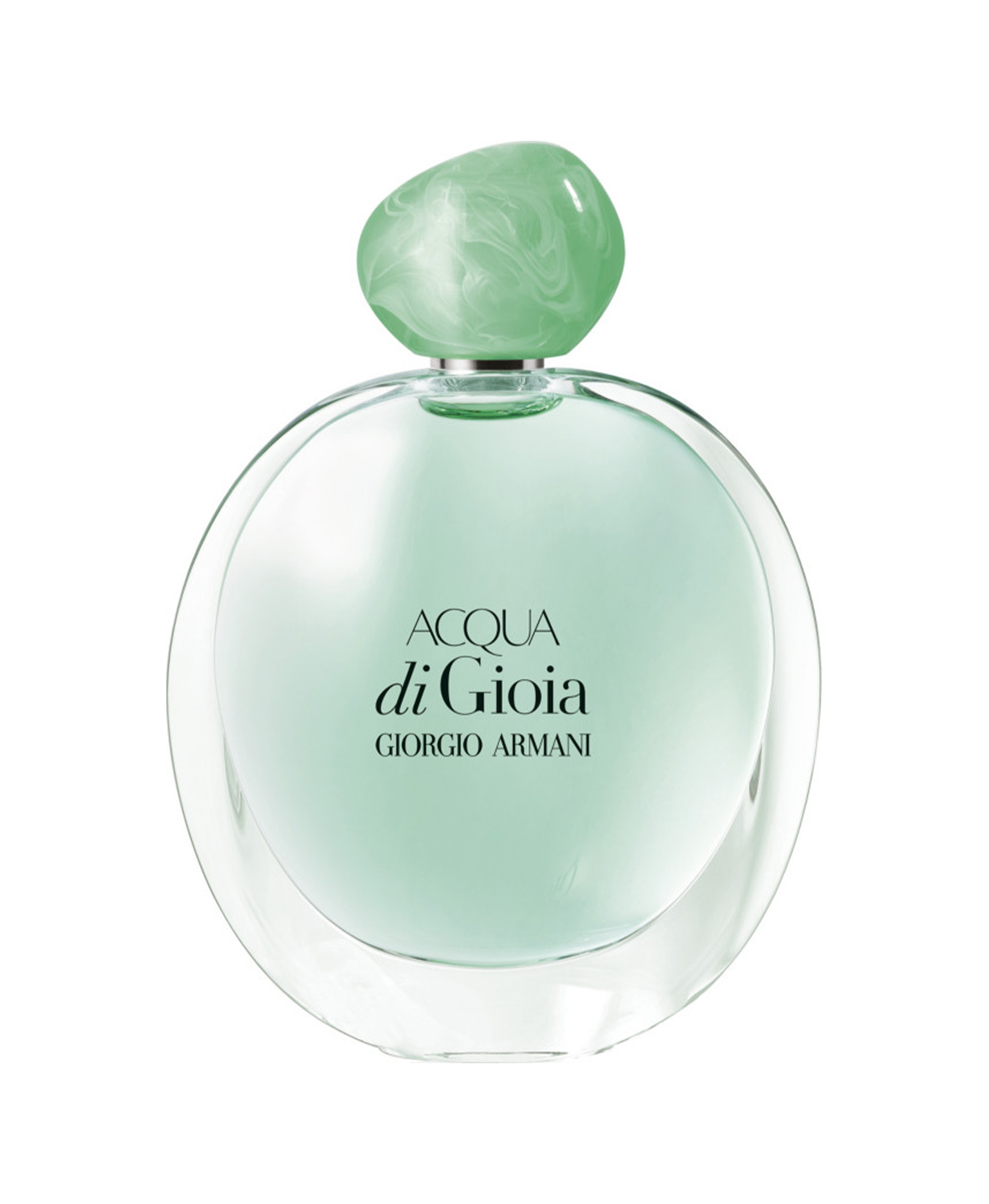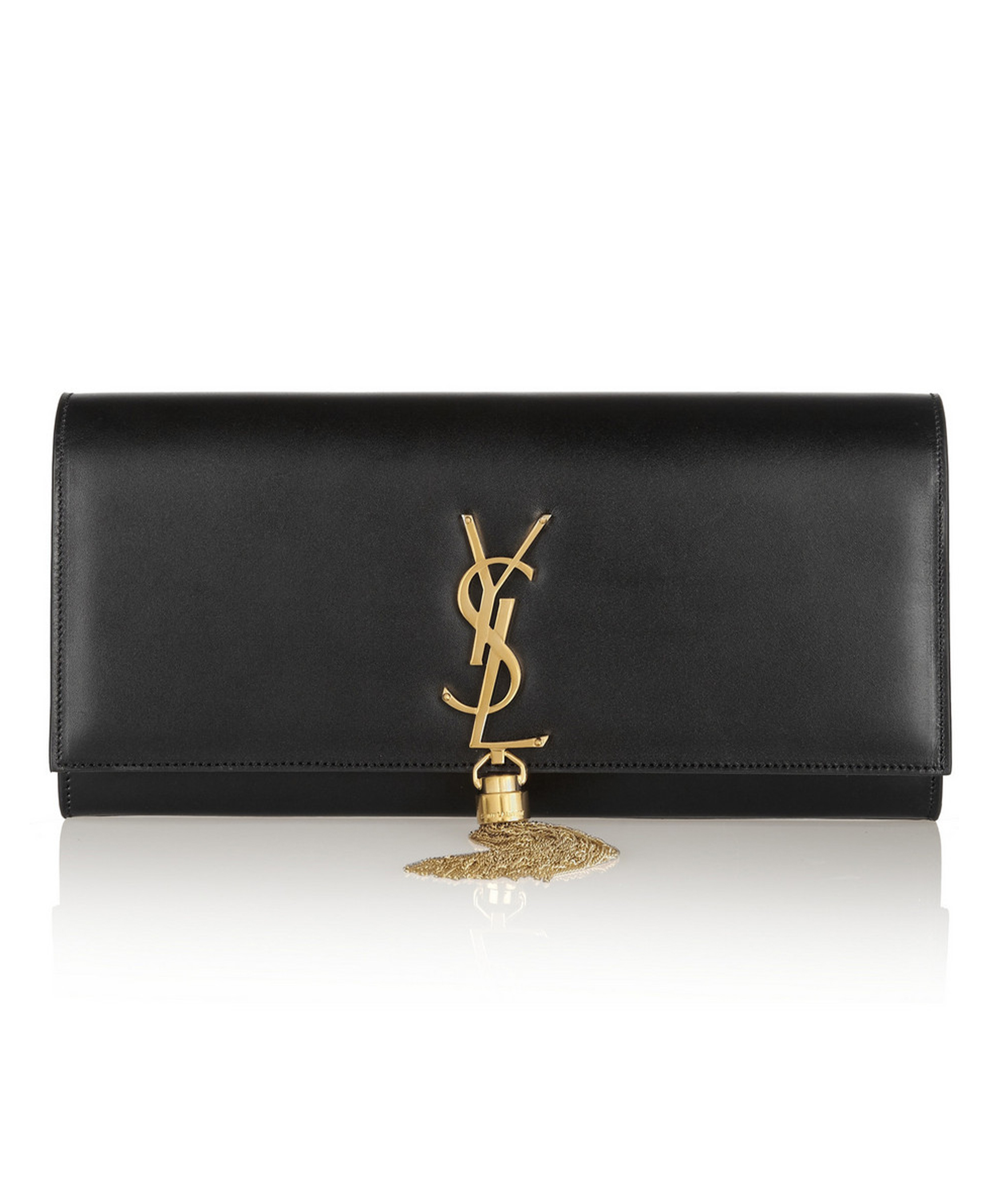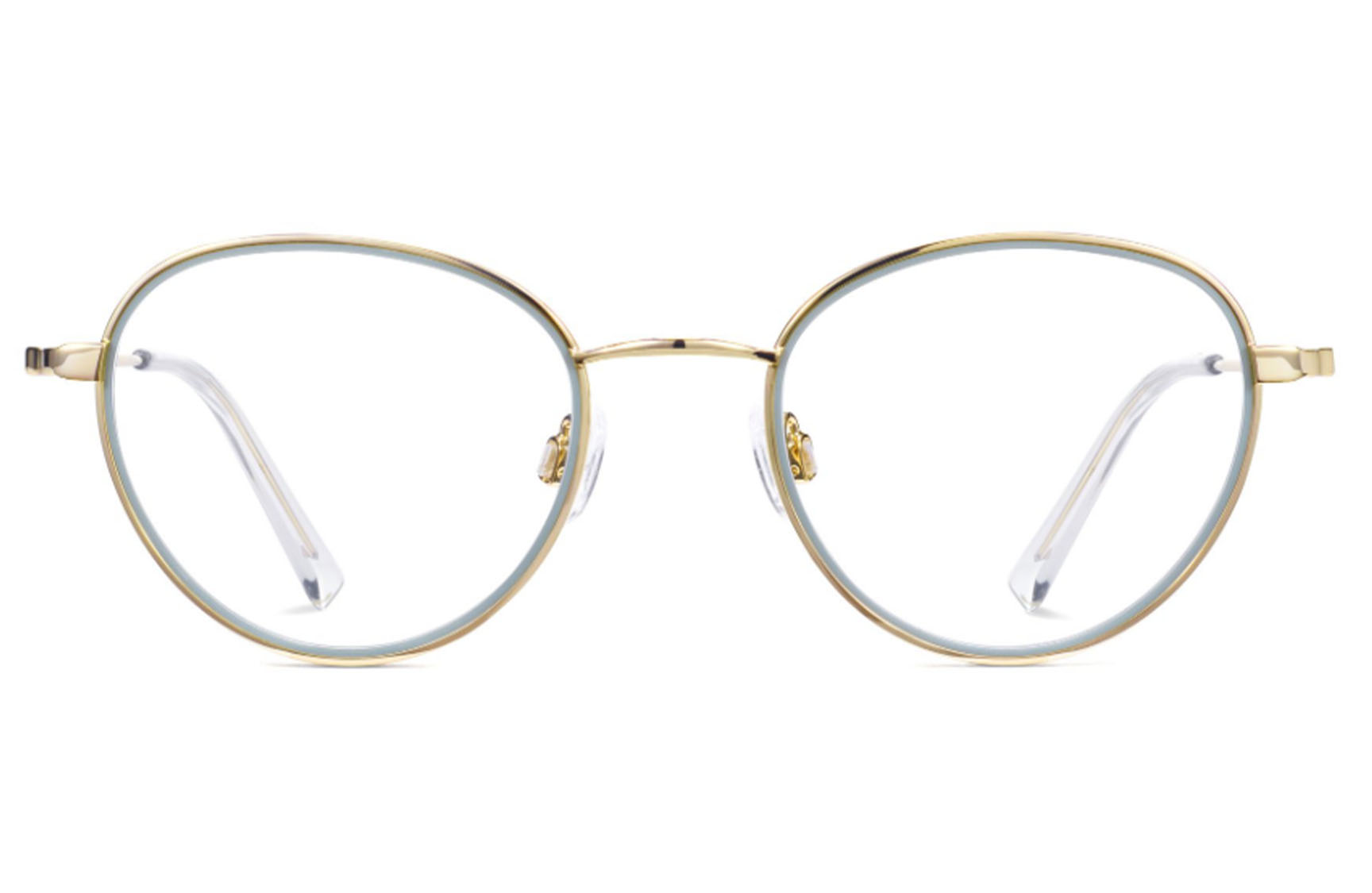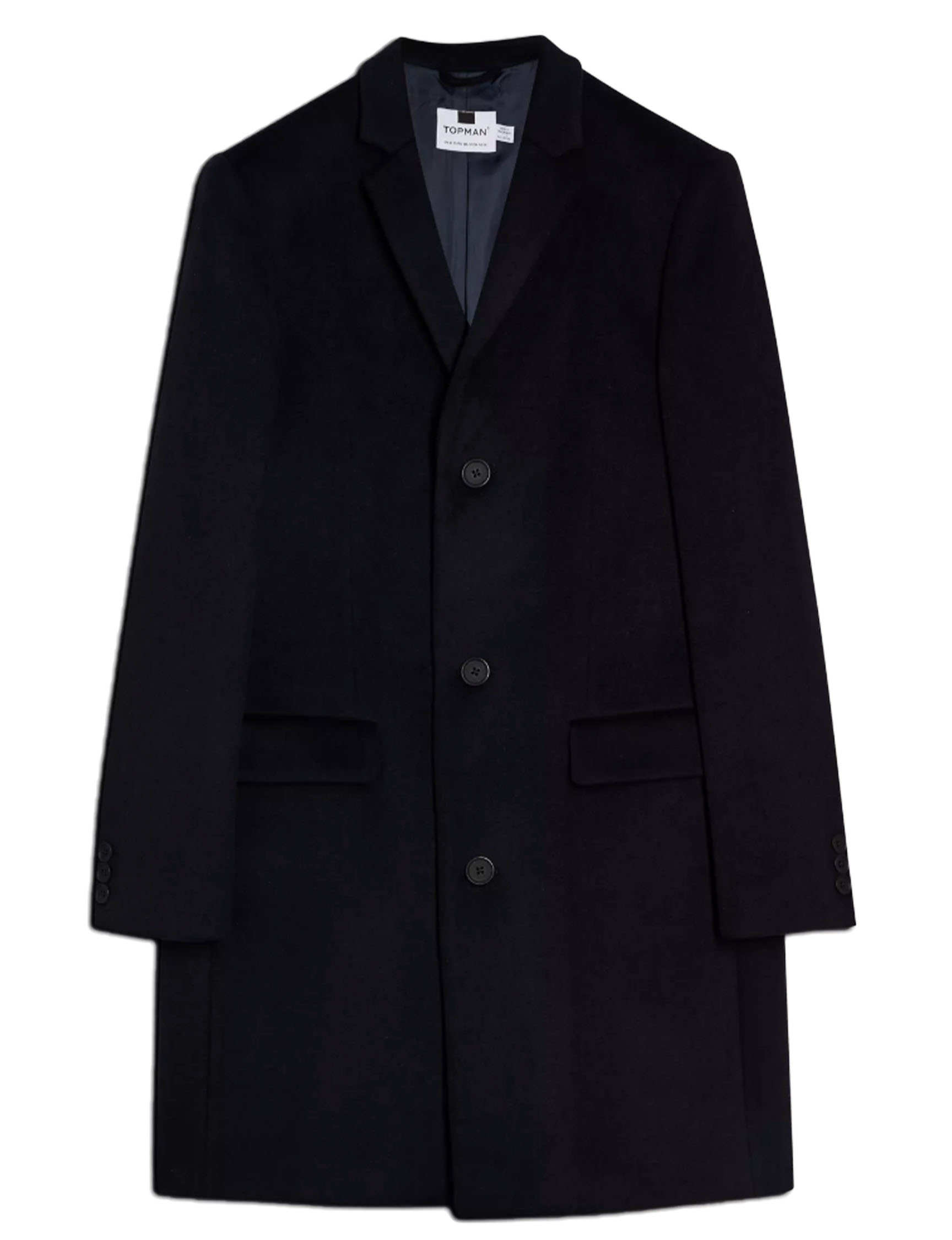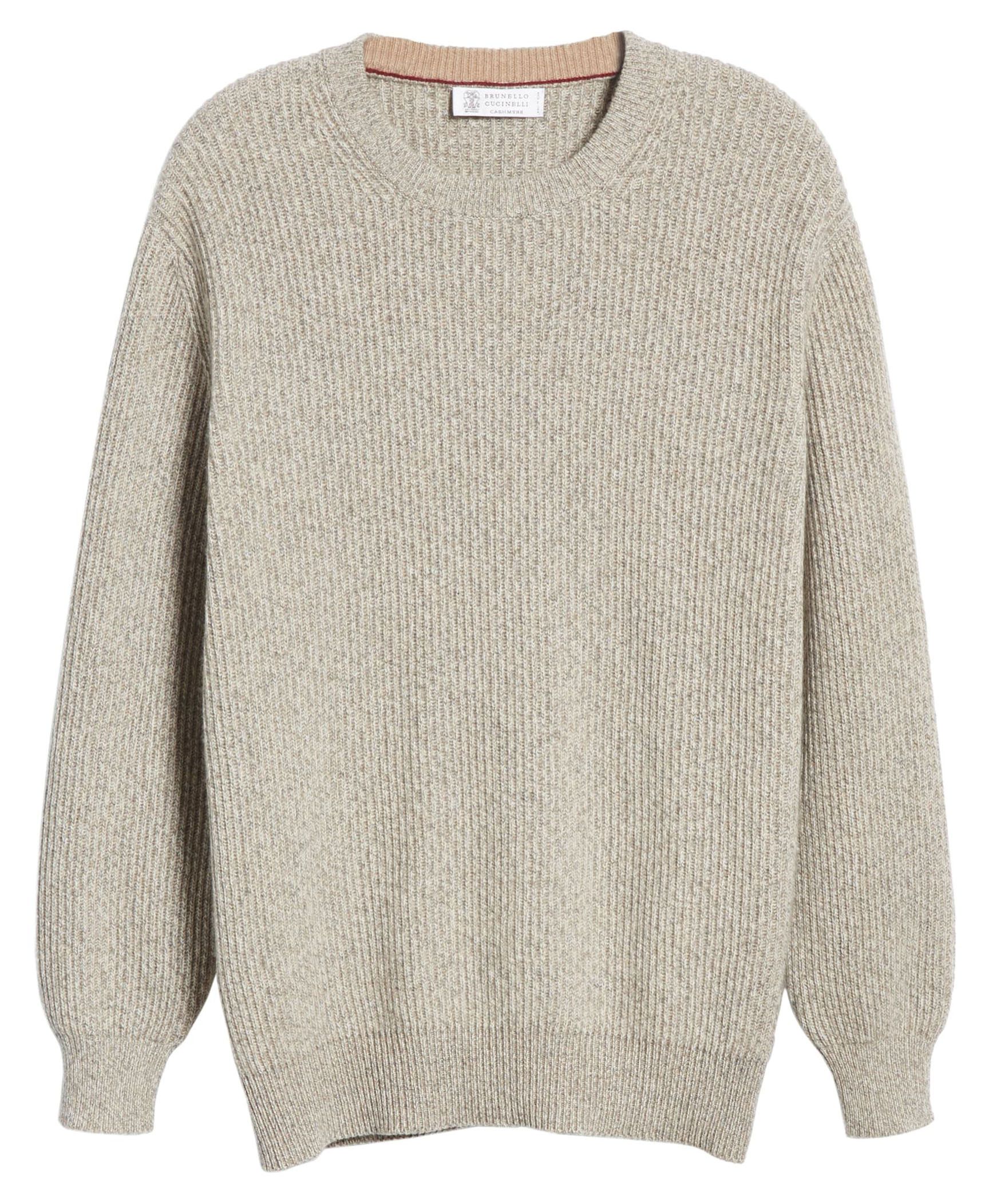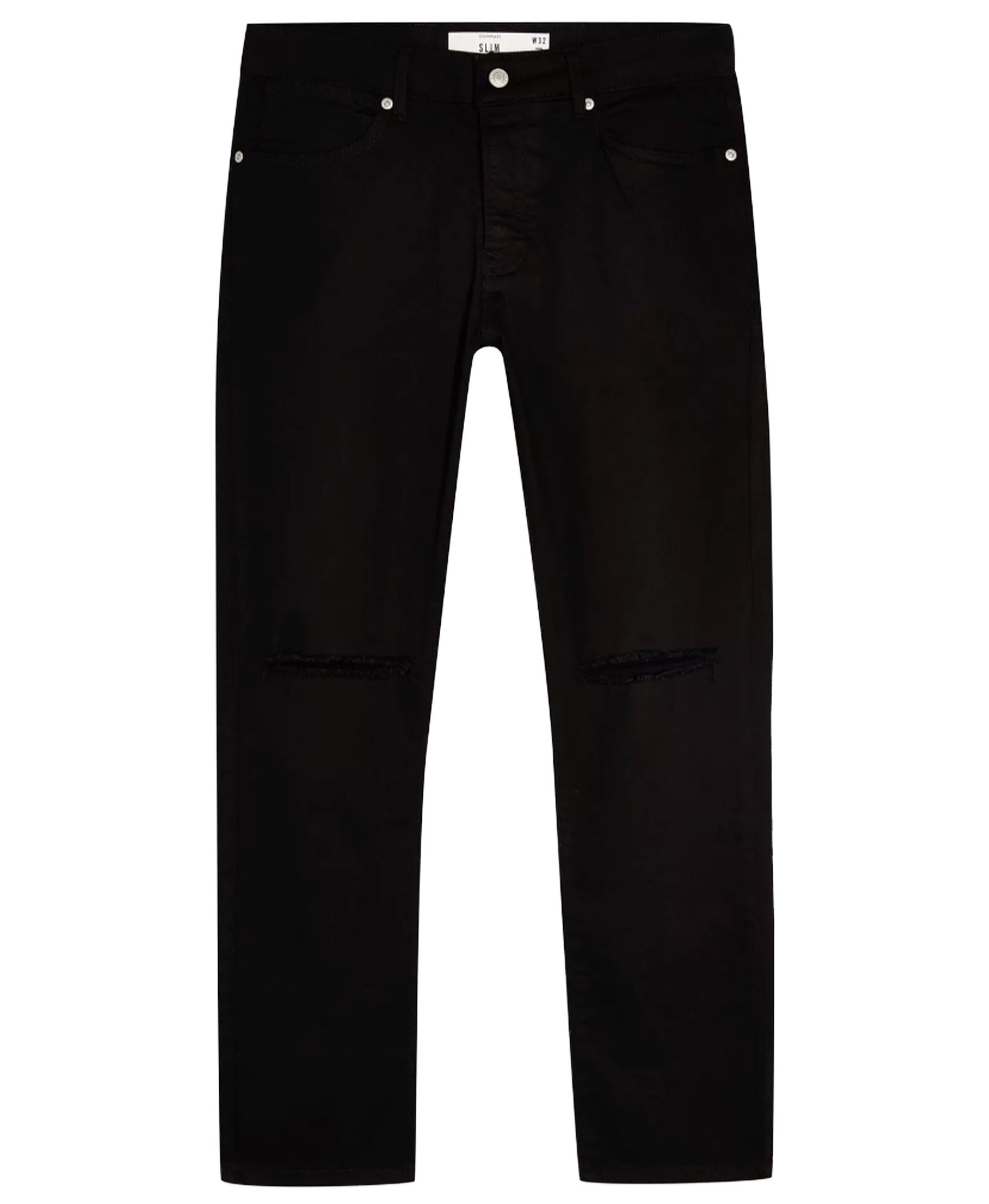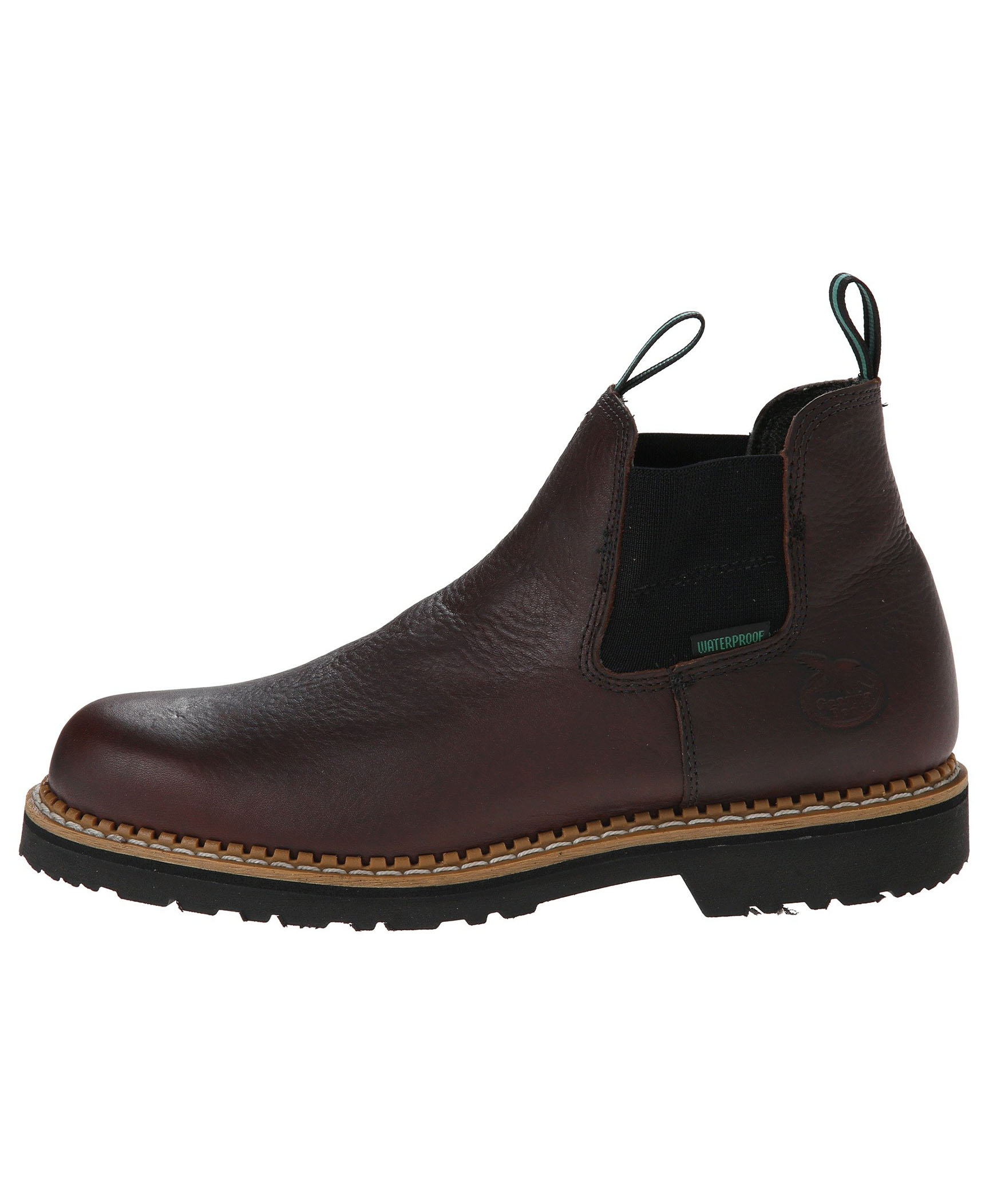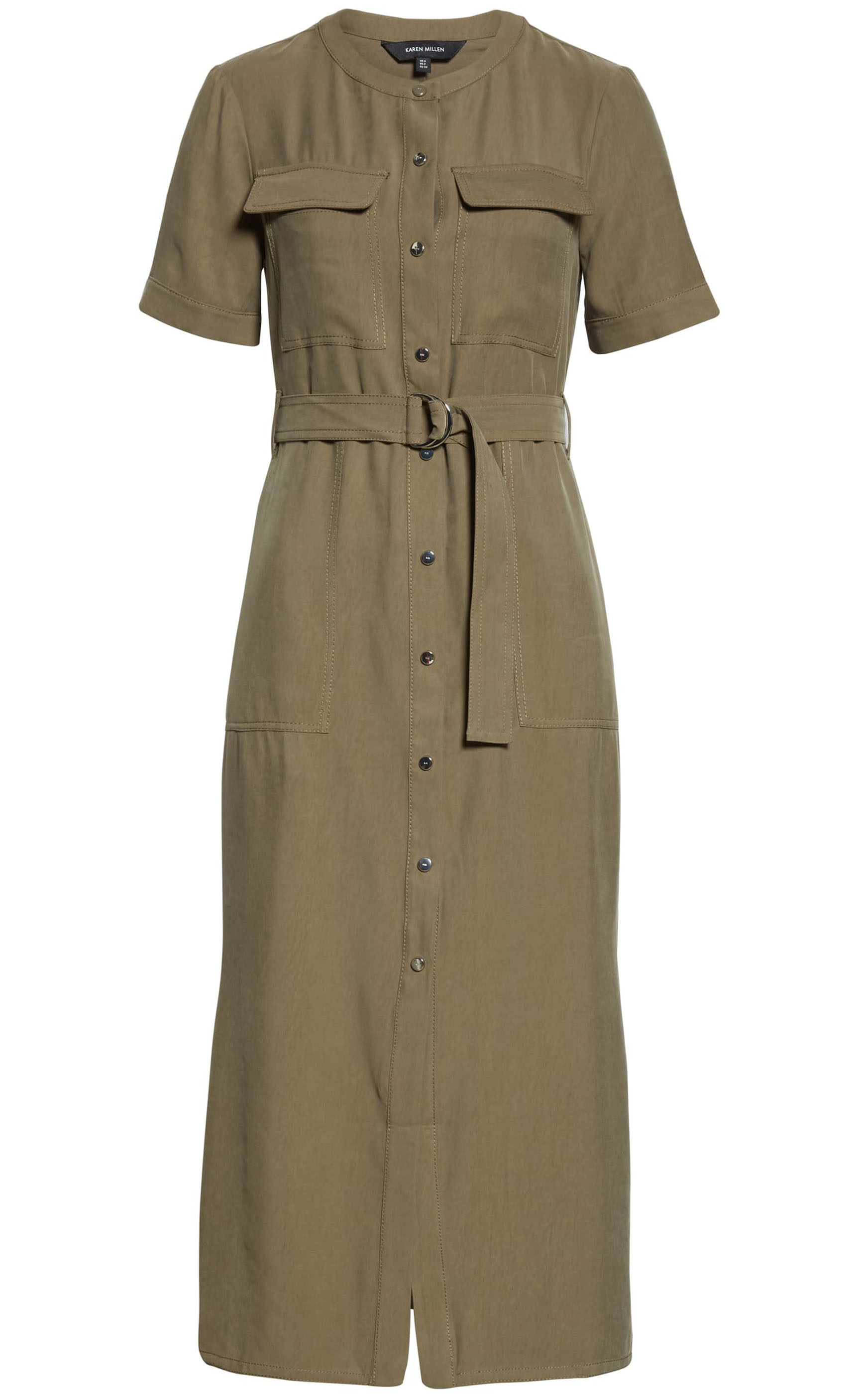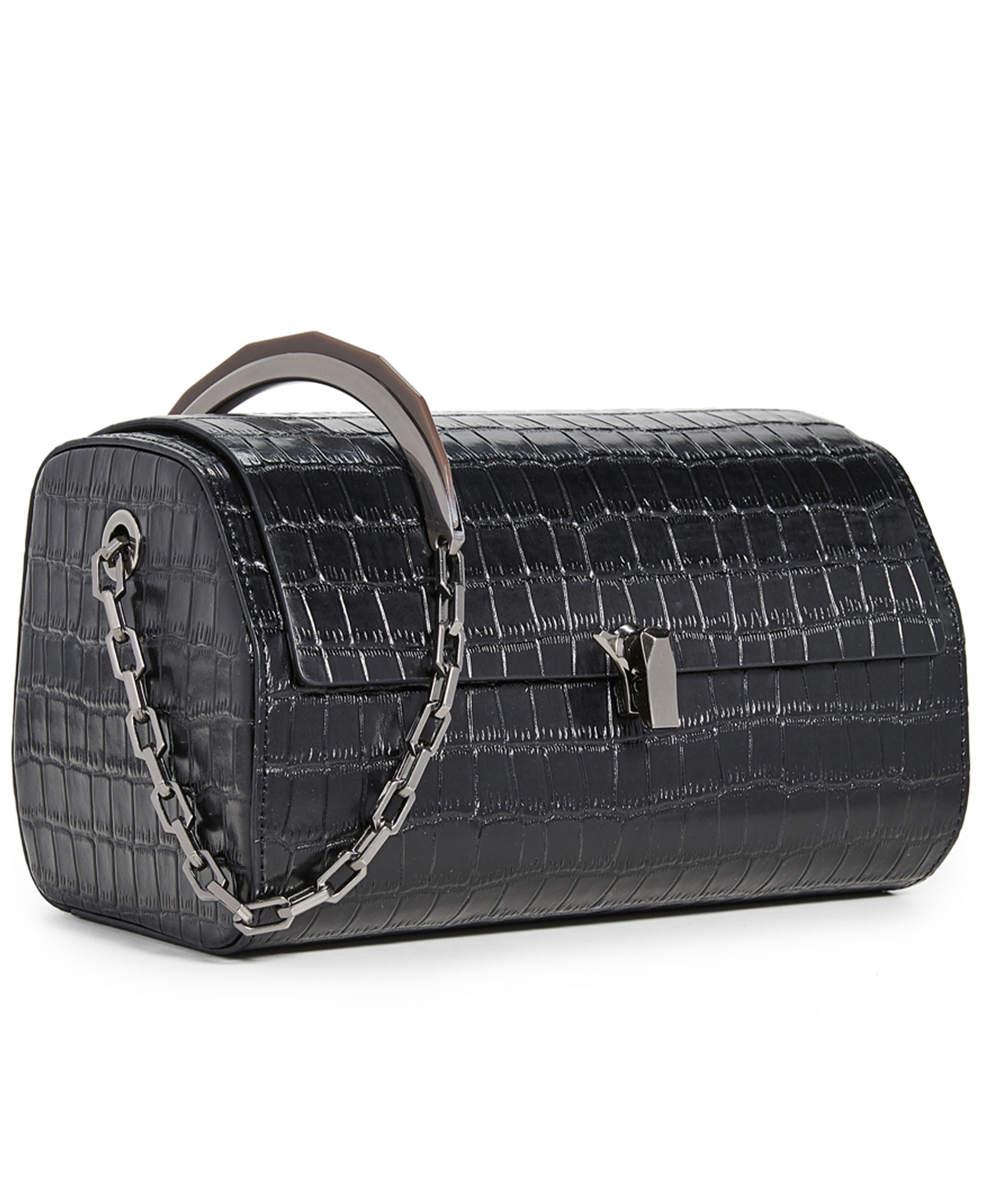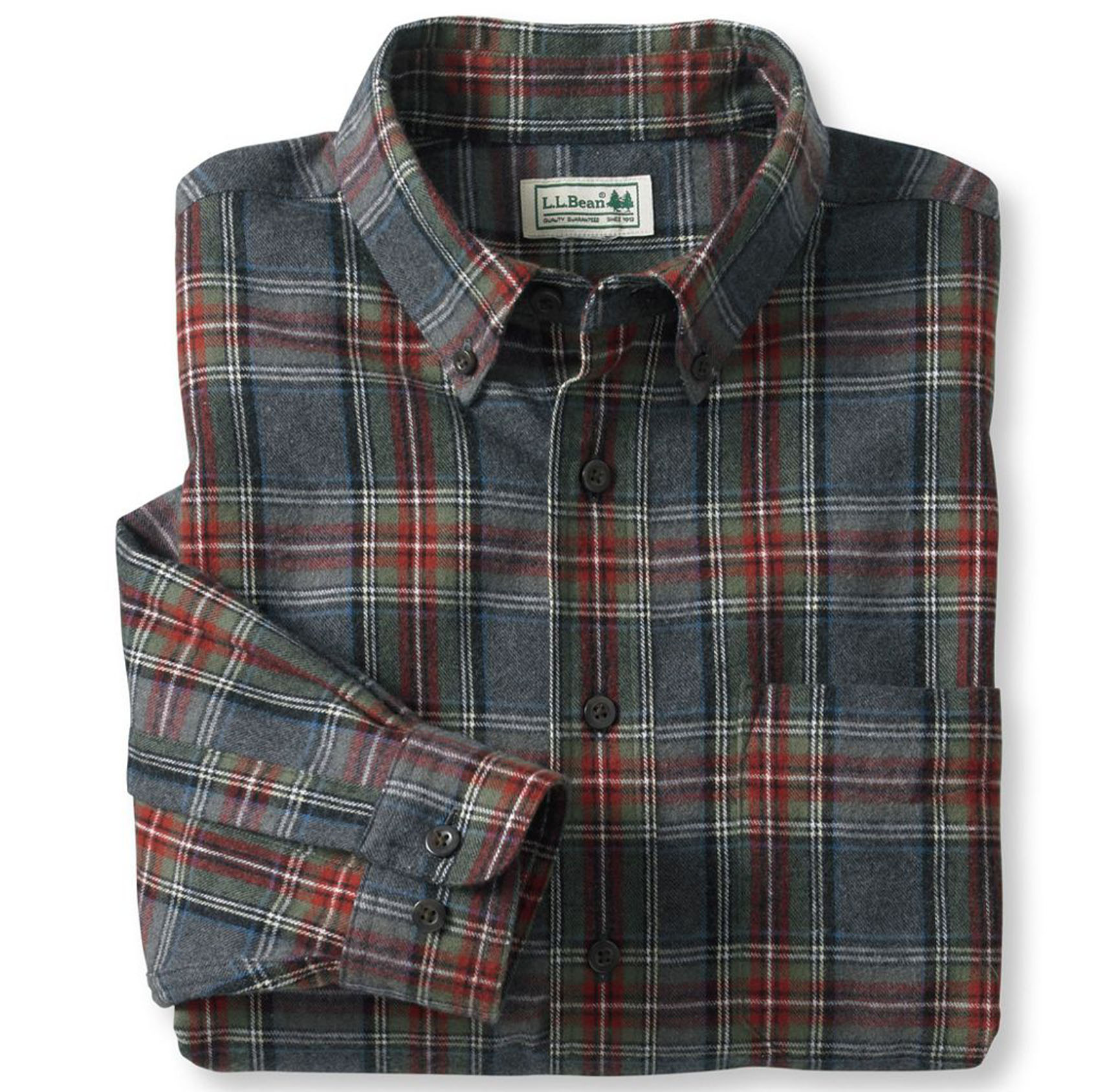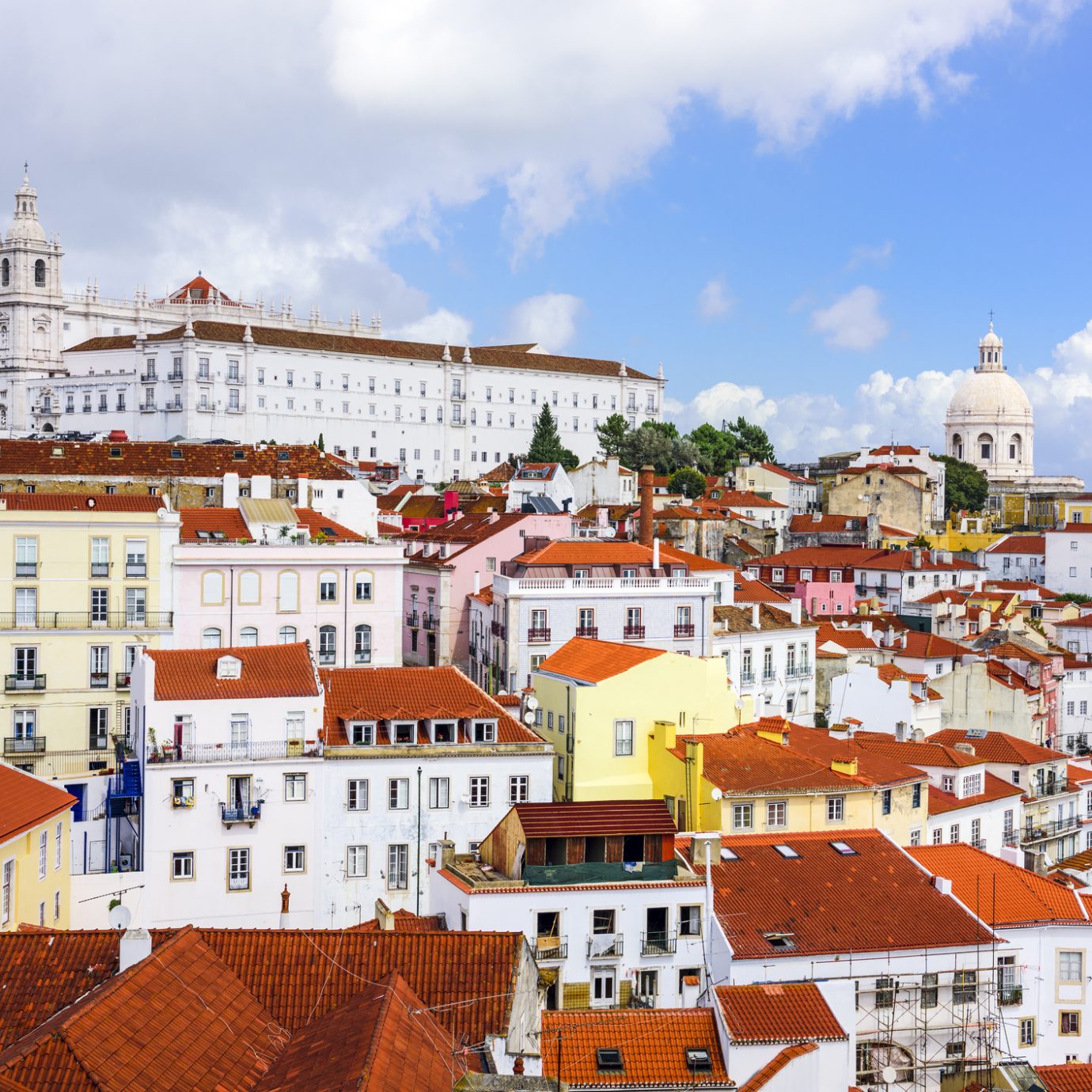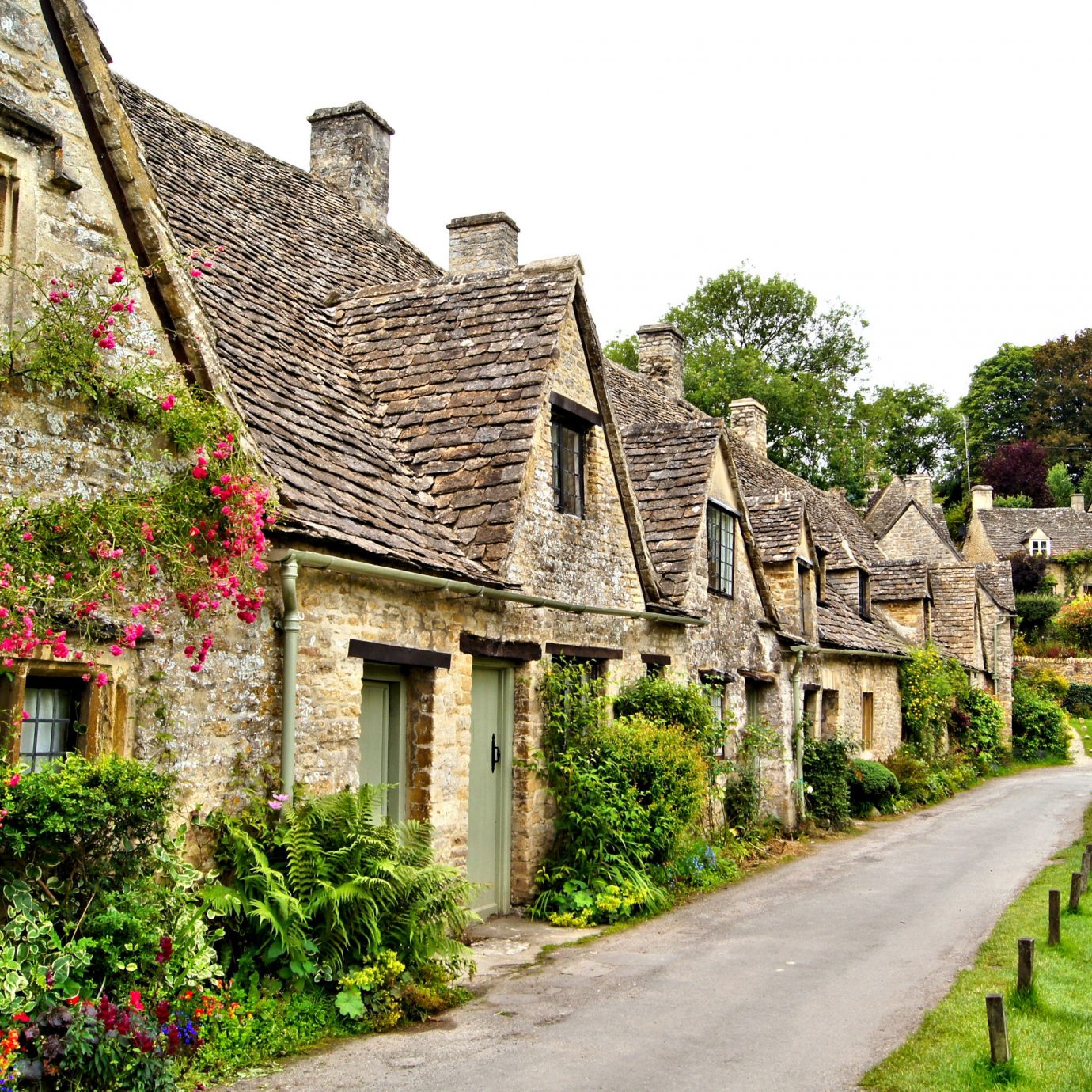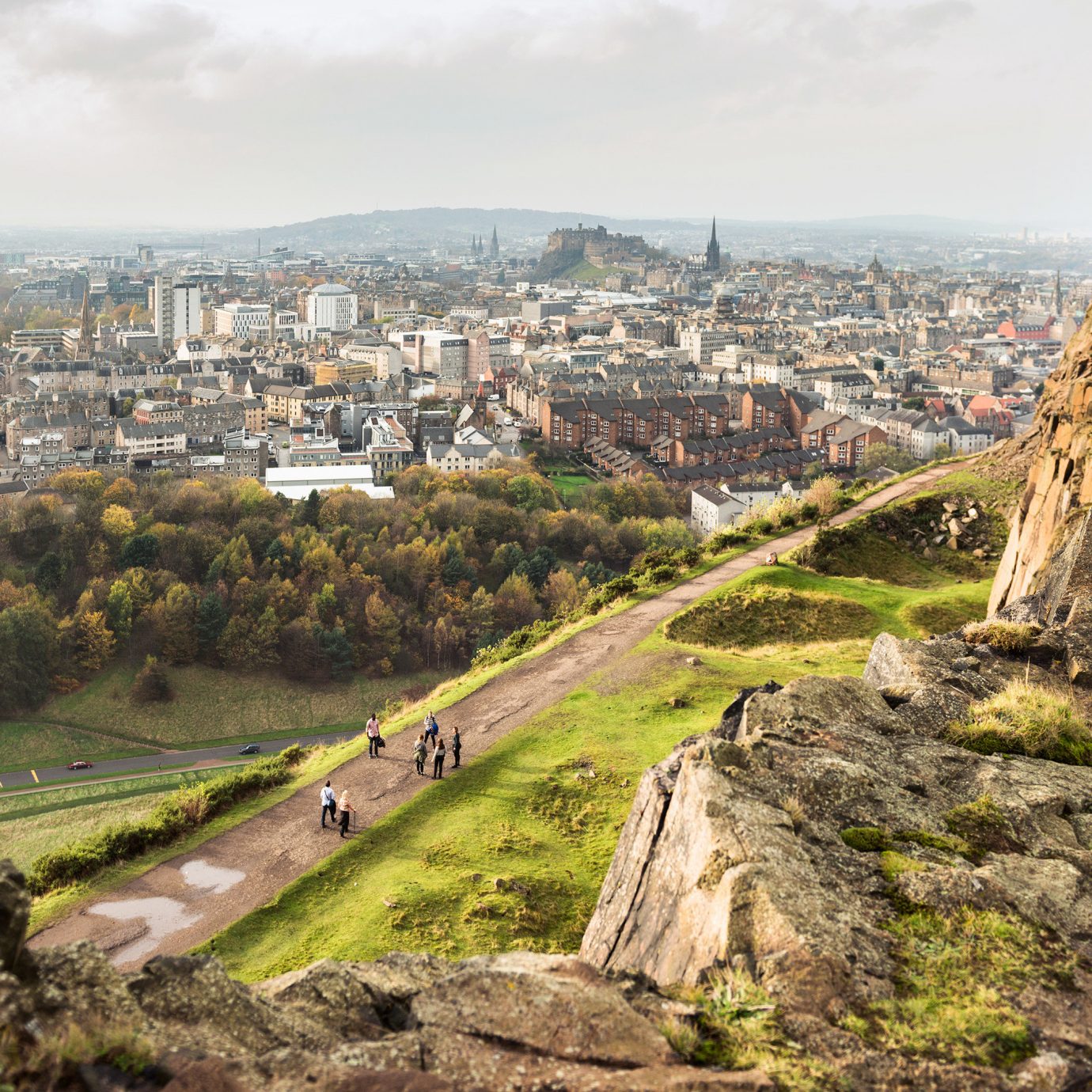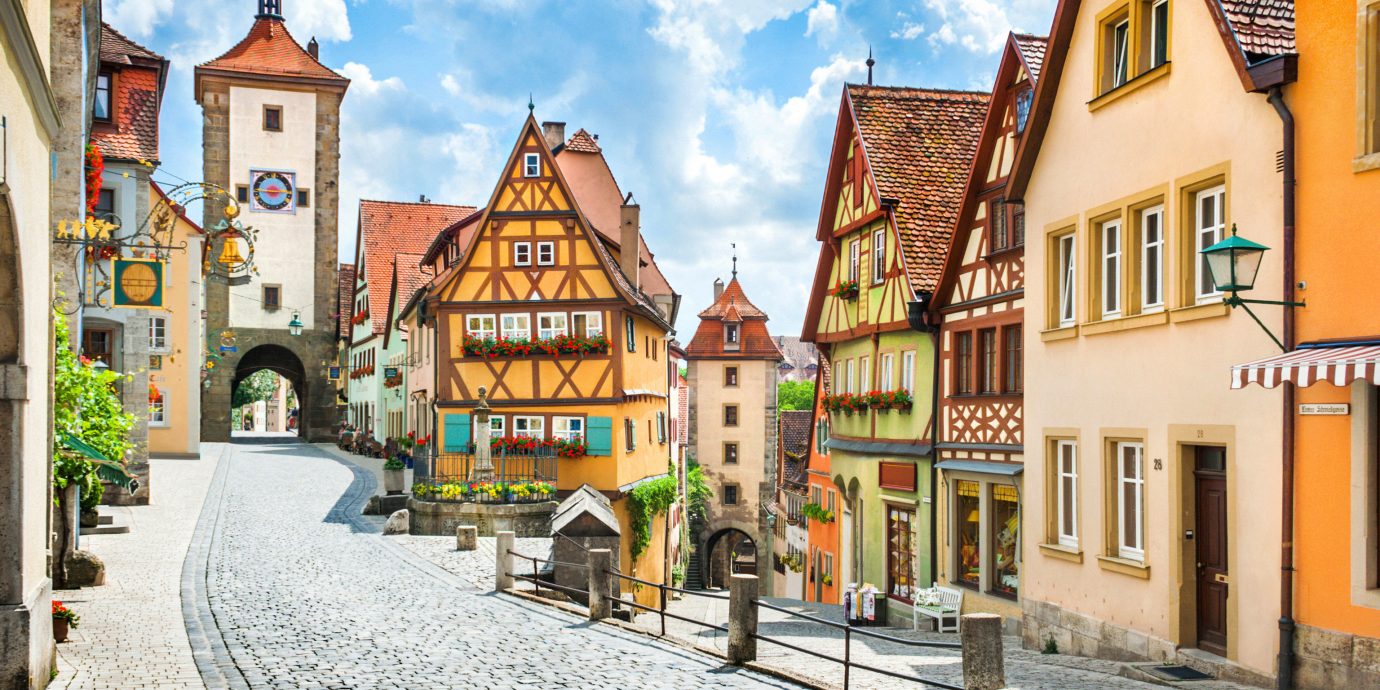
12 Fairytale Towns in Germany
Walking through the small towns of Franconia and Bavaria might feel a bit like strolling through the German pavilion at Disney’s Epcot—except this is as authentic as it gets. Traditional timbered houses, historic town squares, steep cobblestone streets, centuries-old churches both Gothic and Baroque—there’s a photo op at every turn and German flavors (schneeballen, schnitzel, bratwürst) to be consumed. Here, 12 picture-perfect towns straight out of the pages of Brothers Grimm.
Senior Editor, Jetsetter | @lindseytravels | lindseytravels.com
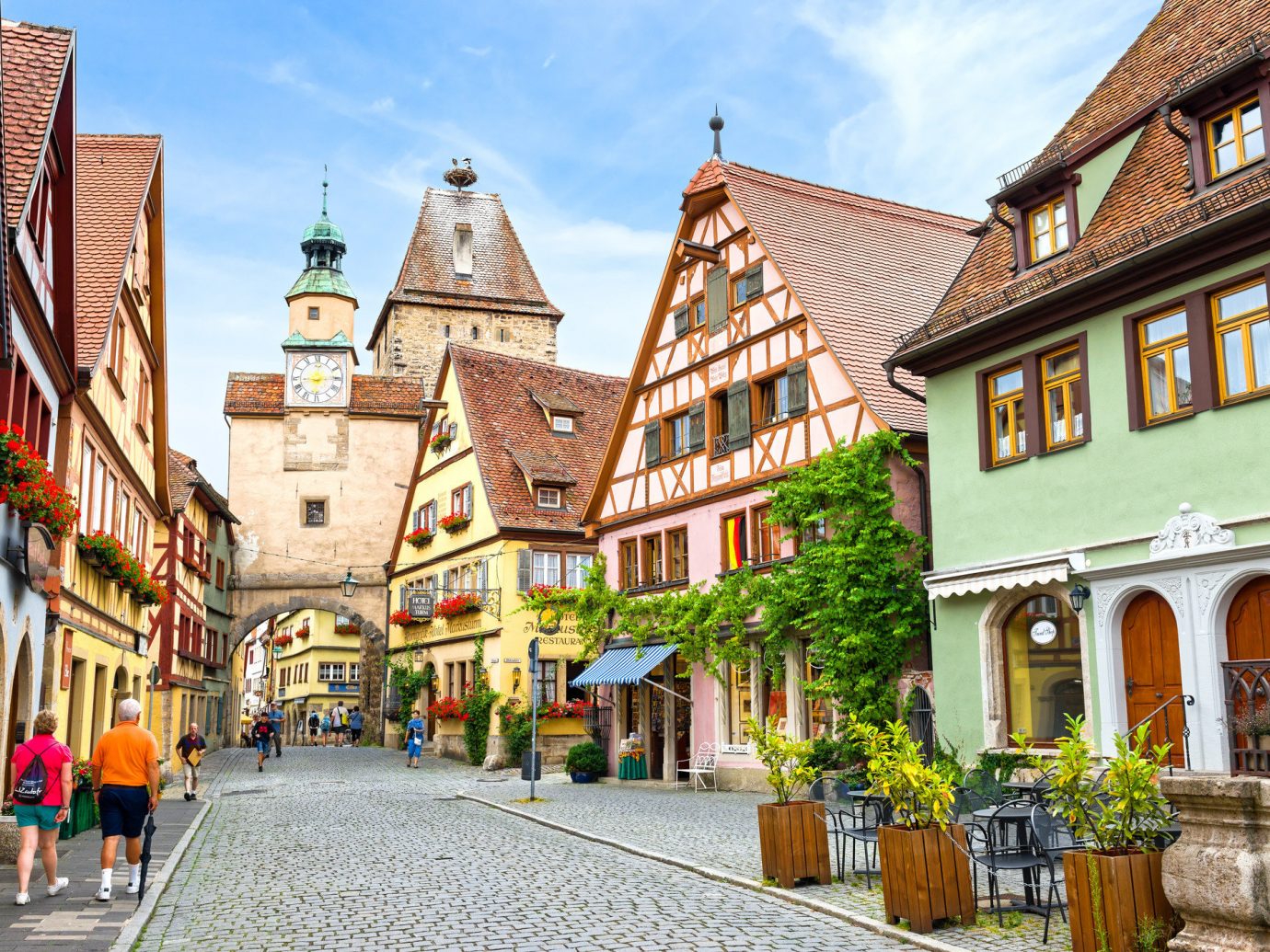
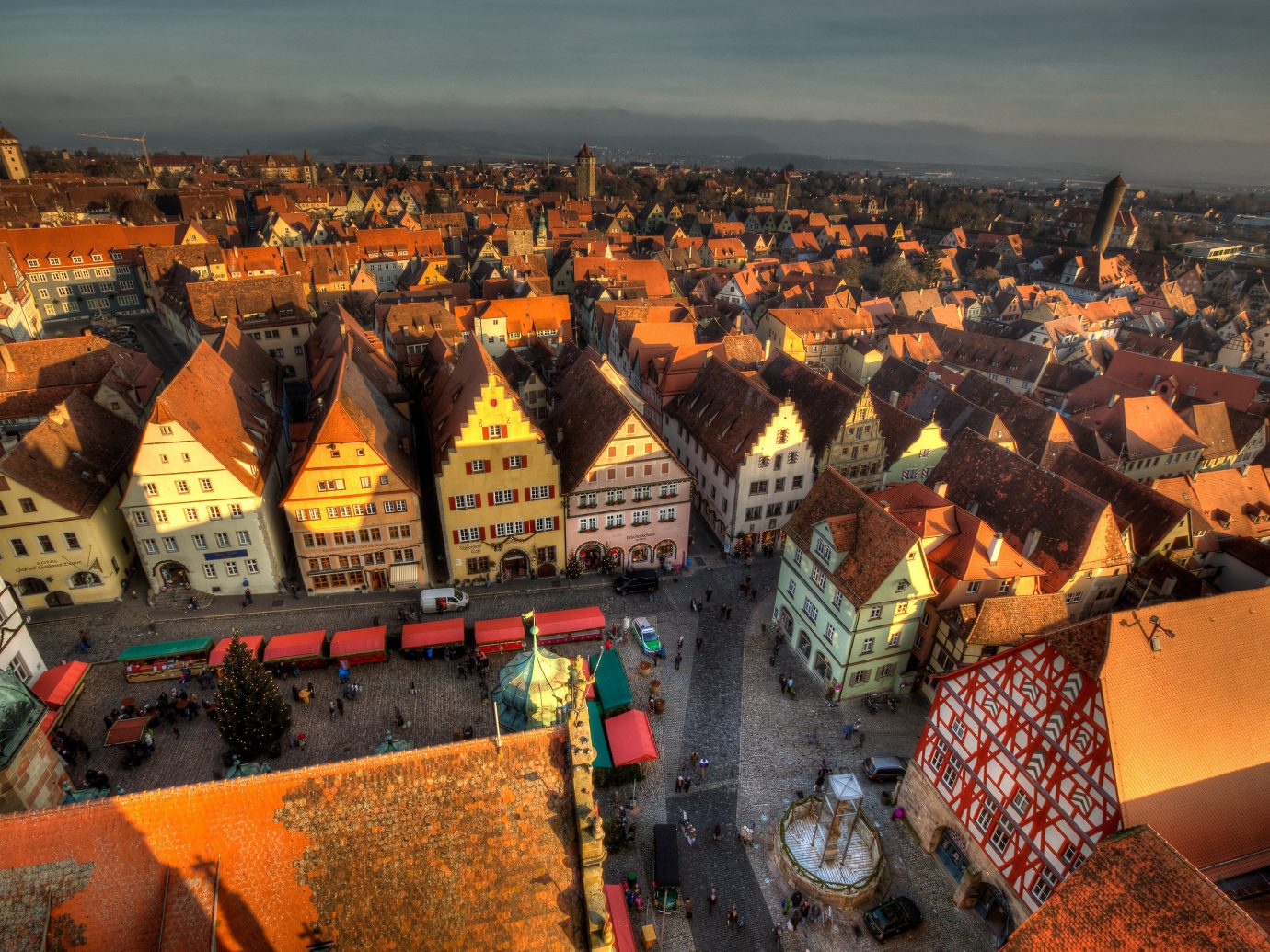
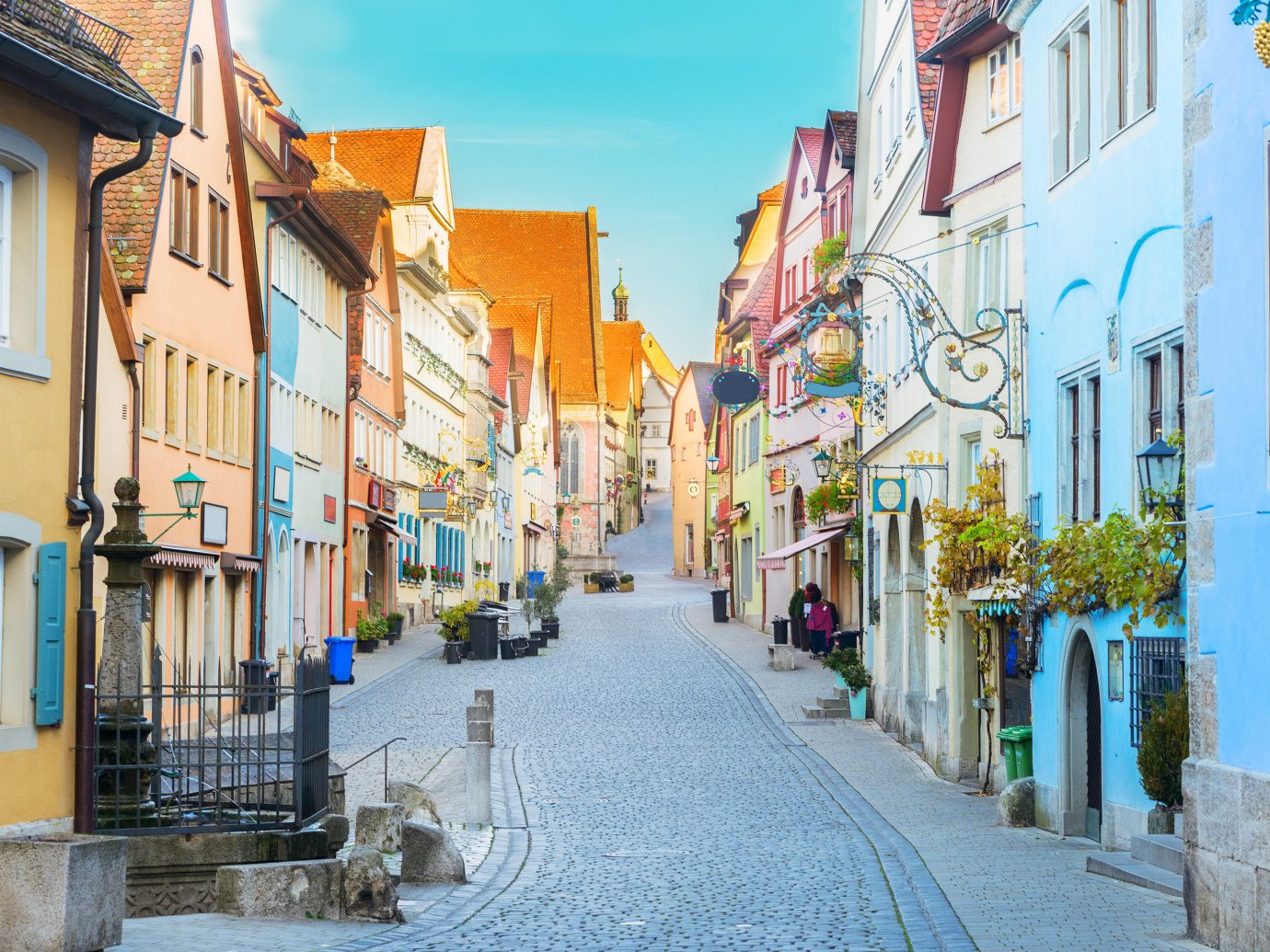
Rothenburg ob der Tauber
Stroll through this medieval town’s cobbled streets lined with impeccably preserved timbered houses and towered walls and you’ll agree—this is one of the prettiest towns not only in Germany but the world. From the 16th-century Spitalbastei (tower gate), you can see over the city ramparts down to the Tauber River. At street level, the Schmiedgasse is one of Rothenburg's most famous stretches, where you'll find some of its best shops and restaurants. Don’t miss a peek inside the Gothic St. Jacobskirche, whose half-century-old wooden altarpiece was crafted by master sculptor Tilman Riemenschneider, or a taste of schneeballen—round sugared pastries unique to Rothenburg.
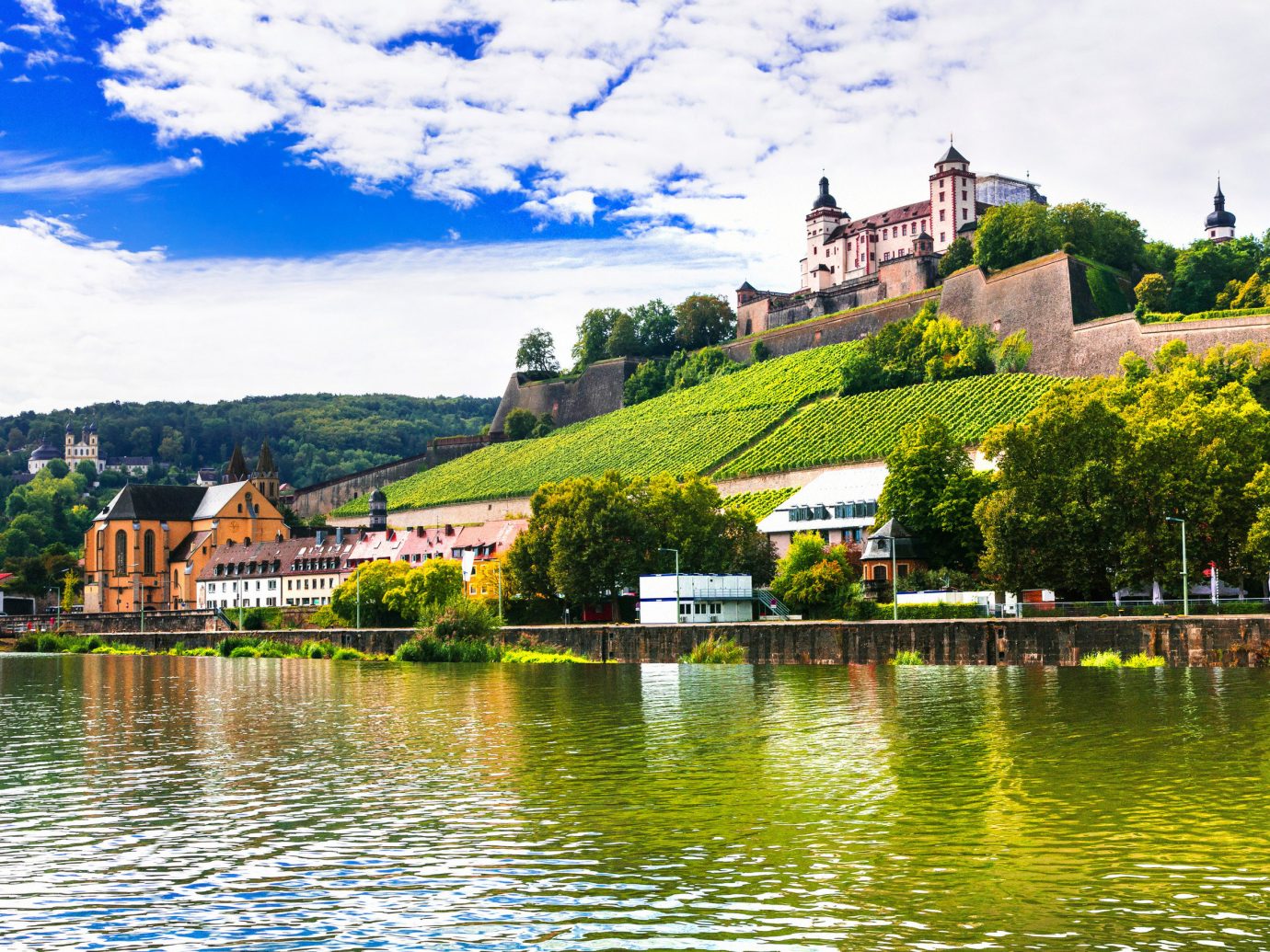
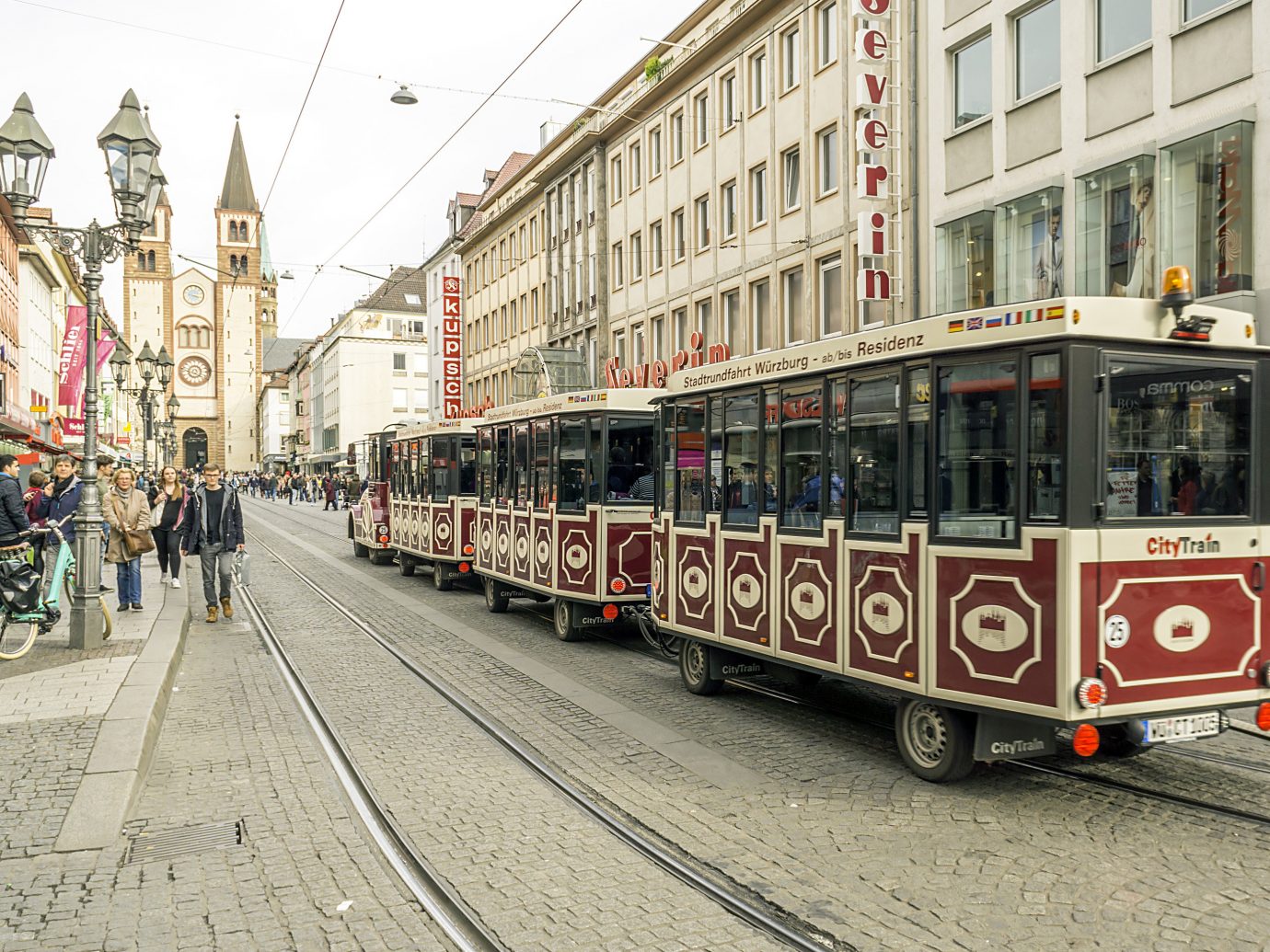
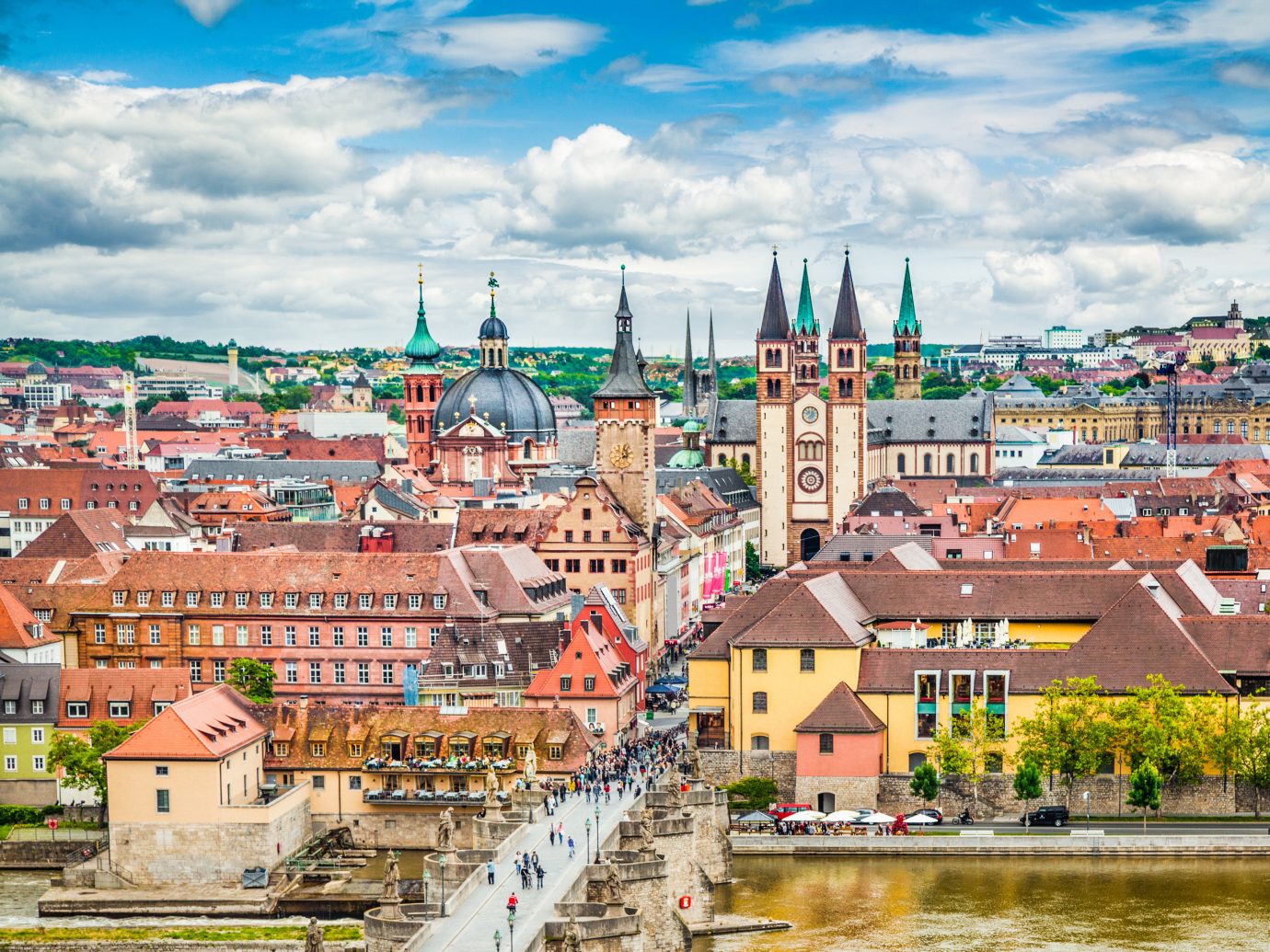
Würzburg
A special kind of energy surrounds the city of Würzburg, the wine capital of Franconia, and it’s not just because of the university (founded in 1402, it’s one of Germany’s oldest). The feeling is tangible wherever you go. You’ll find it at Marienberg Fortress, a hilltop stronghold built for prince-bishops back in the 16th and 18th centuries with two museums that loom over the city. You’ll find it in the area’s sloping vineyards, where some of Franconia’s best grapes—Silvaner, Müller-Thurgau—are grown. You’ll find it at Residenz, arguably Germany’s most impressive Baroque palace home to the largest fresco in the world as well as an underground candlelit wine cellar dating back to 1128. And you’ll find it on Mainbrücke, an old bridge that spans the River Main, where, at sunset, locals of all ages and backgrounds convene to sip wine and beer and bask in the day's last rays of sunshine.
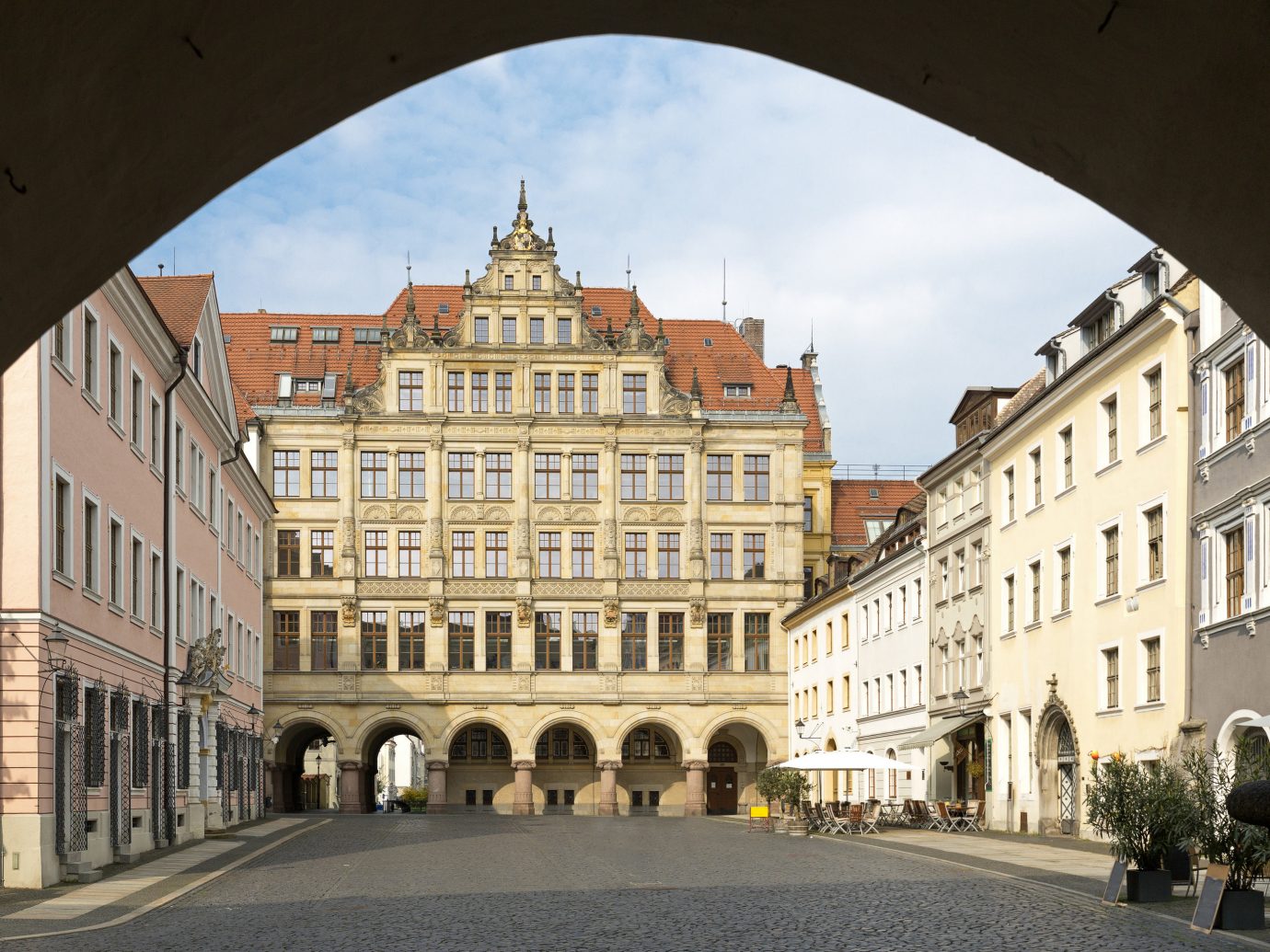
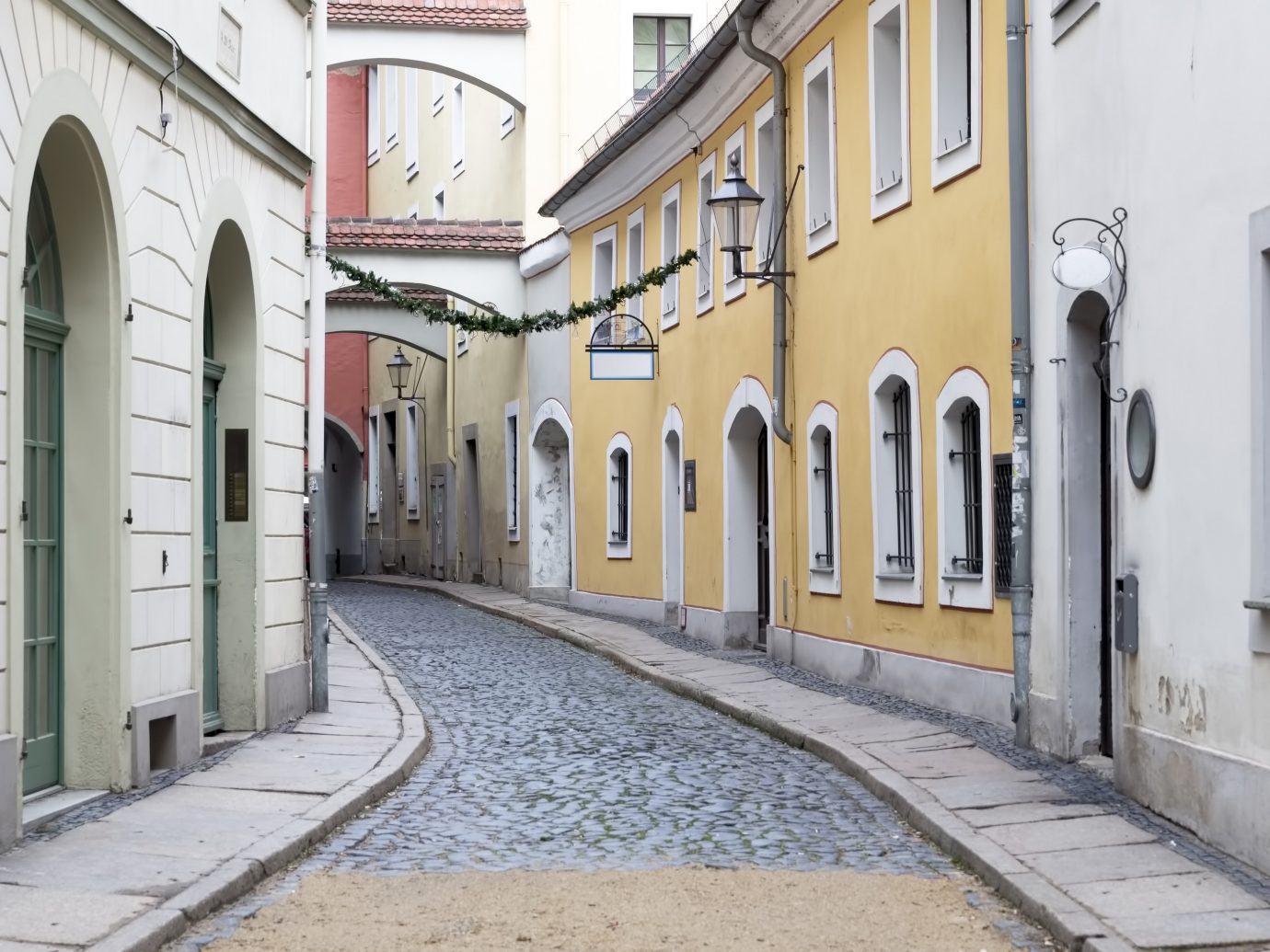
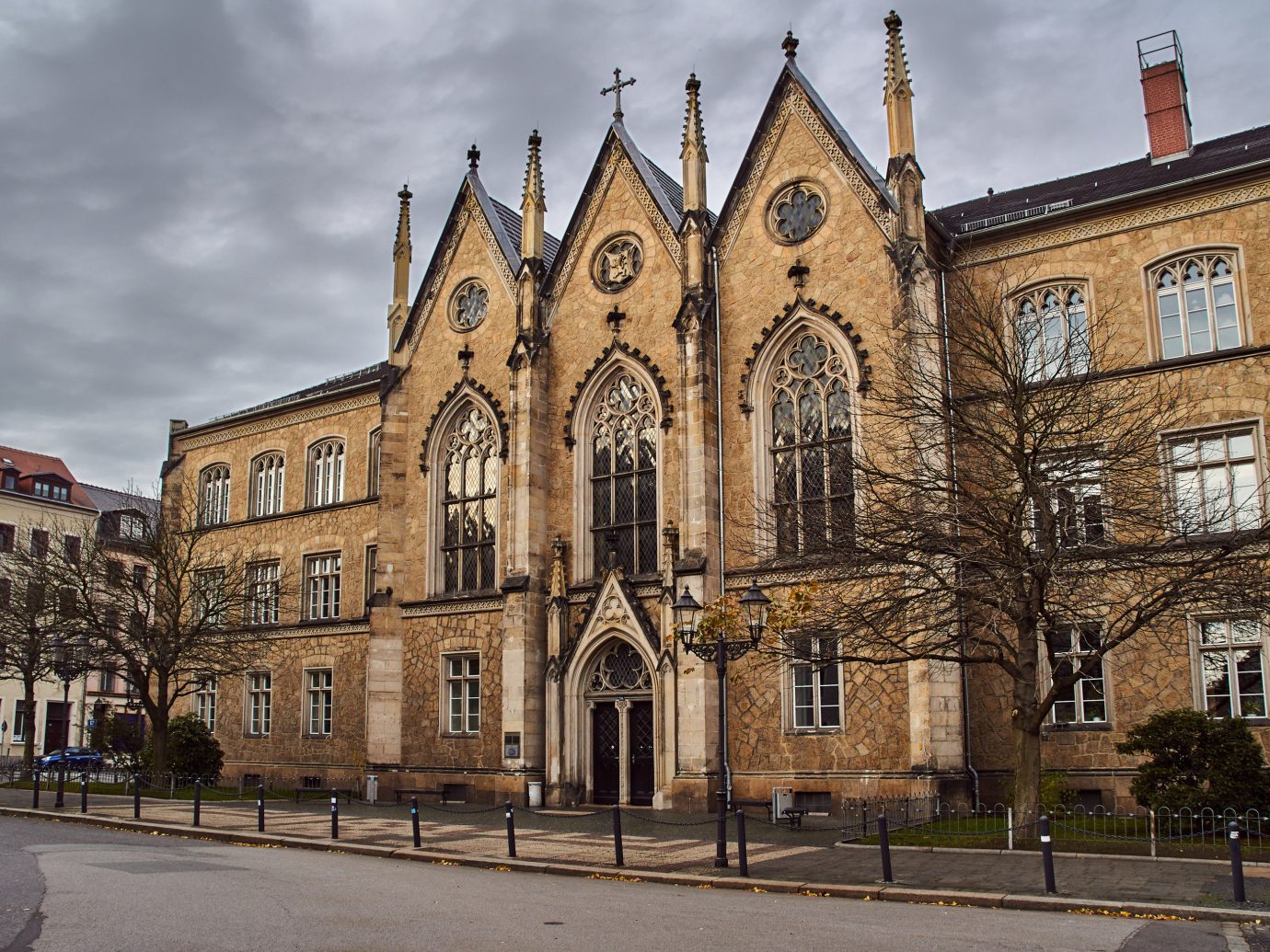
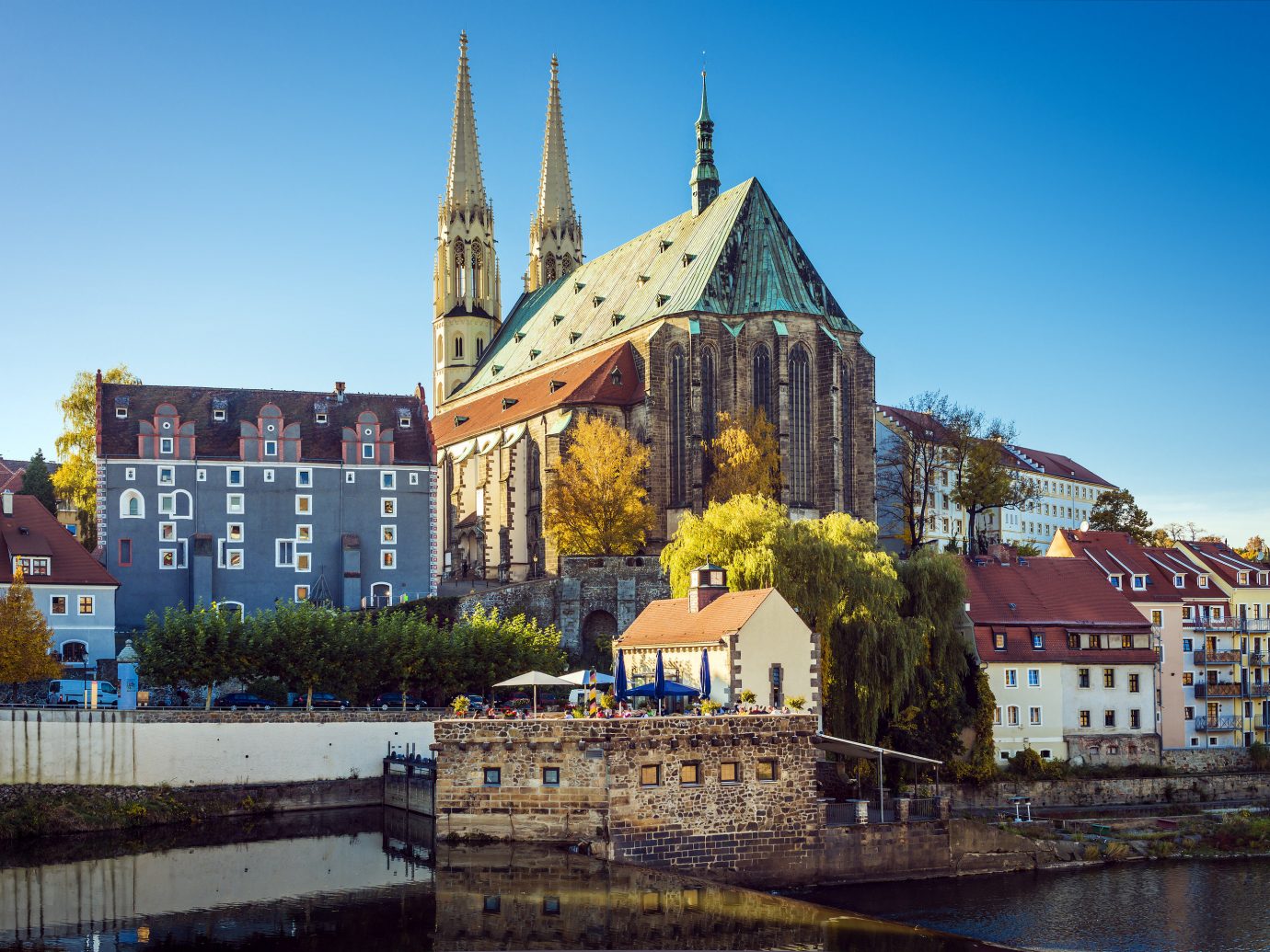
Görlitz
Wes Anderson chose Germany’s easternmost town of Görlitz as the setting for The Grand Budapest Hotel—which tells you all you need to know about this town’s allure. A history of wealth here meant outstanding examples of Renaissance, Art Nouveau, and Gothic architecture were built up over the centuries, while an influx of Czech, Hungarian, and Polish expats (Poland is just across the river) led to a beautifully diverse culture of art, fashion, and food. Whether you're taking a tour of the world-famous sun organ at St. Peter and Paul's Church, snapping photos of the city's many-windowed pastel townhouses, or dining beside 500-year-old frescoes in Hotel Schwibbogen, you'll feel like you're living in another era.
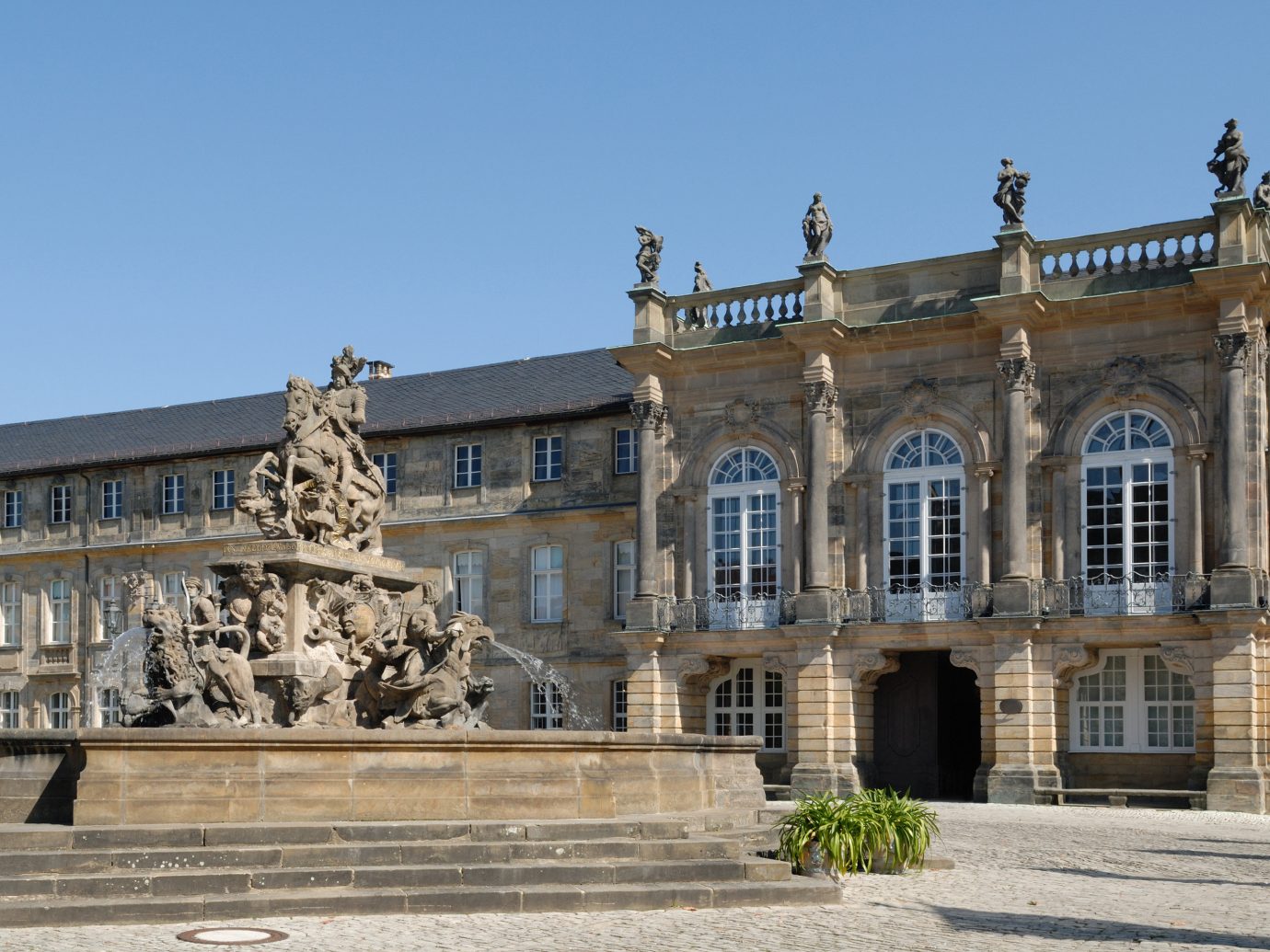
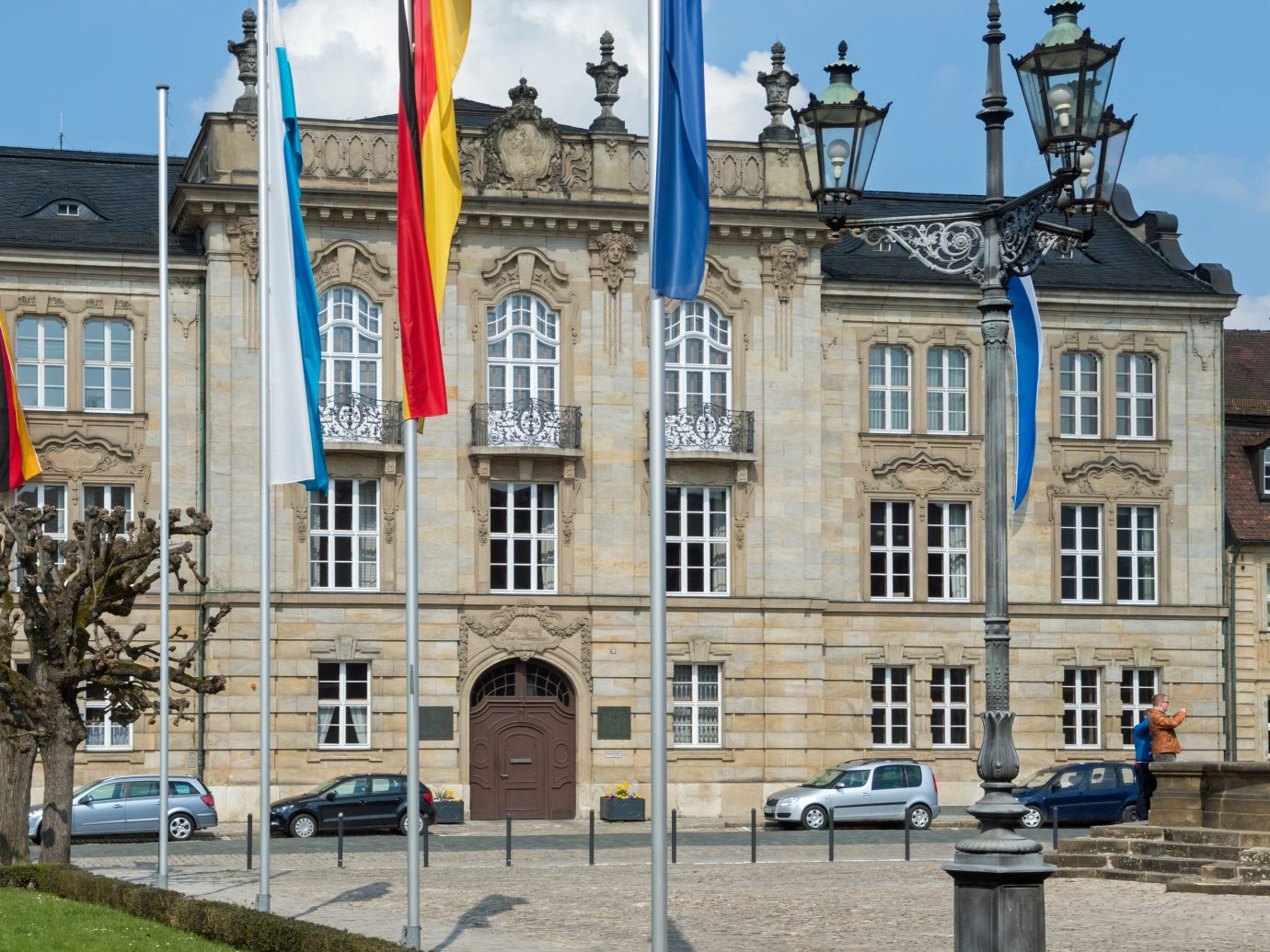
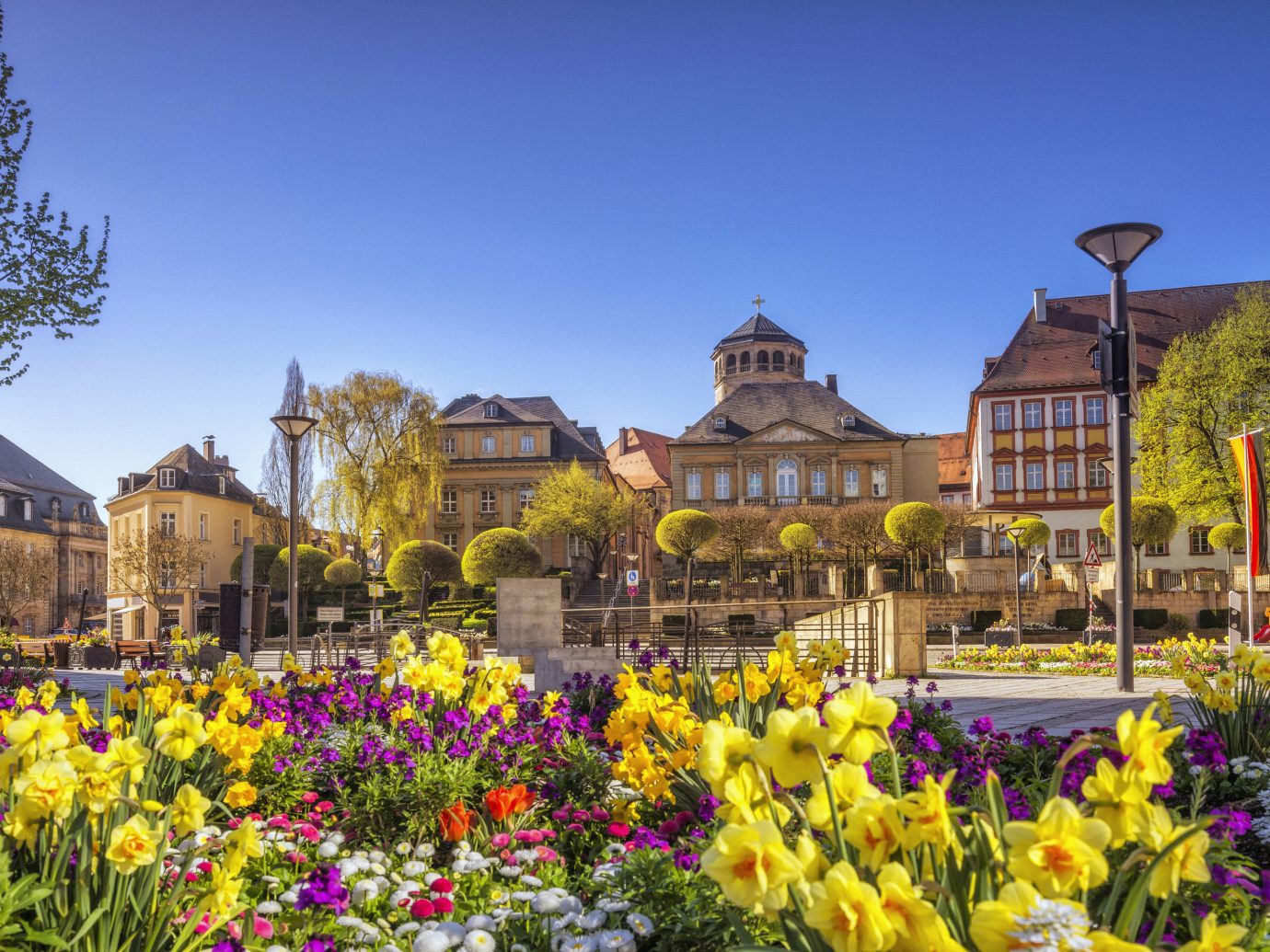
Bayreuth
Pronounced “buy-roit,” this upper Franconian city is a fair distance away from the nearest main hub (roughly two-and-a-half-hours’ drive from Munich or Dresden), but there’s more than enough here to justify the journey. The cultural powerhouse that Bayreuth is today—including the “Bayreuth rococo” and Baroque architecture it’s now famous for—is thanks to two great patrons of the arts. The first, Margravine Wilhemine, sister to Frederick the Great, commissioned grand churches, palaces, and theaters during her reign in the 1700s including landmarks like the New Palace and the now-UNESCO-listed Margravial Opera House (which recently reopened following a five-year restoration). The second was famed German composer Richard Wagner, who built his own theater here and founded an annual opera festival that still draws music enthusiasts from around the world. His home, Wahnfried, is open for public tours.
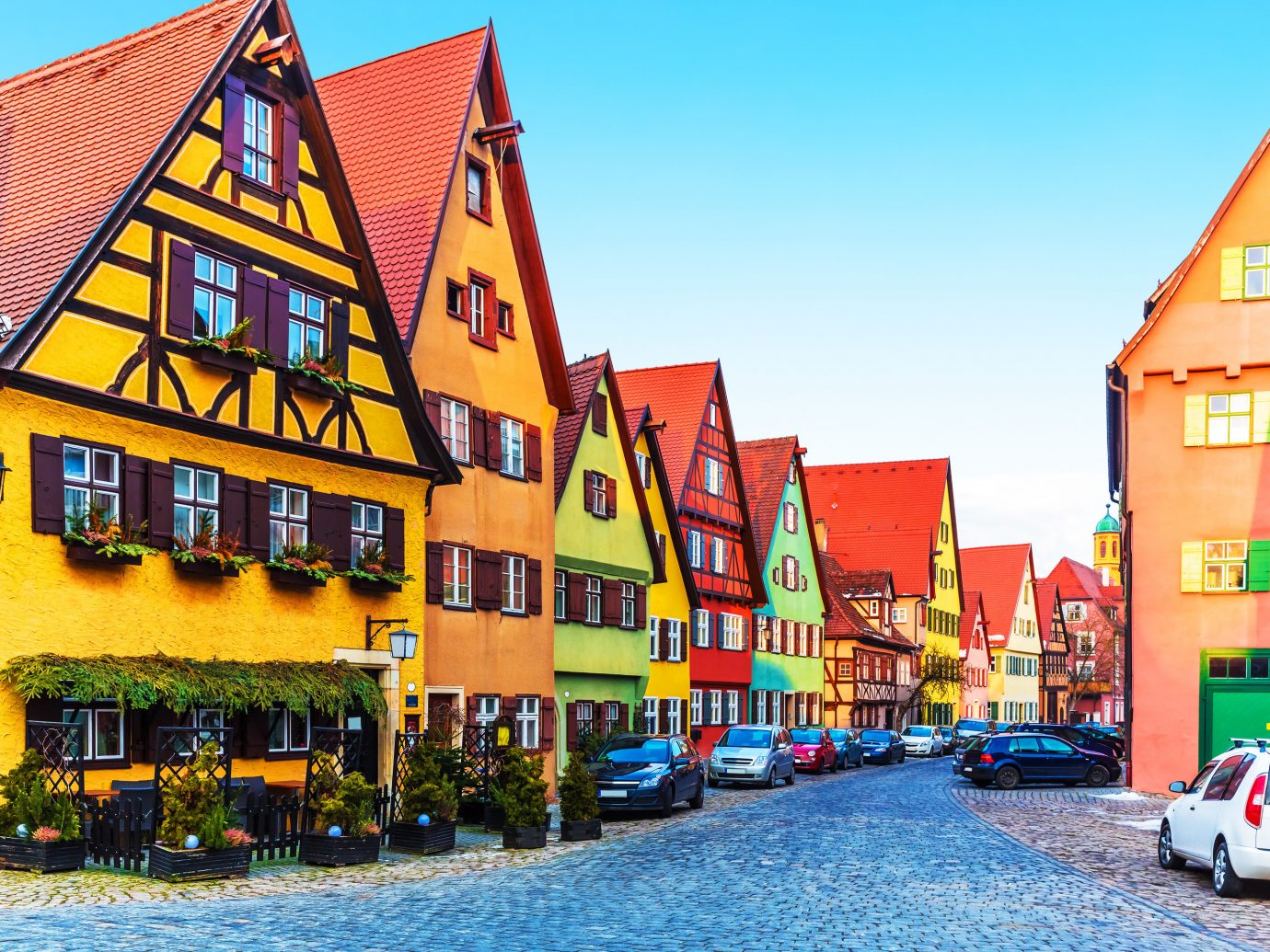
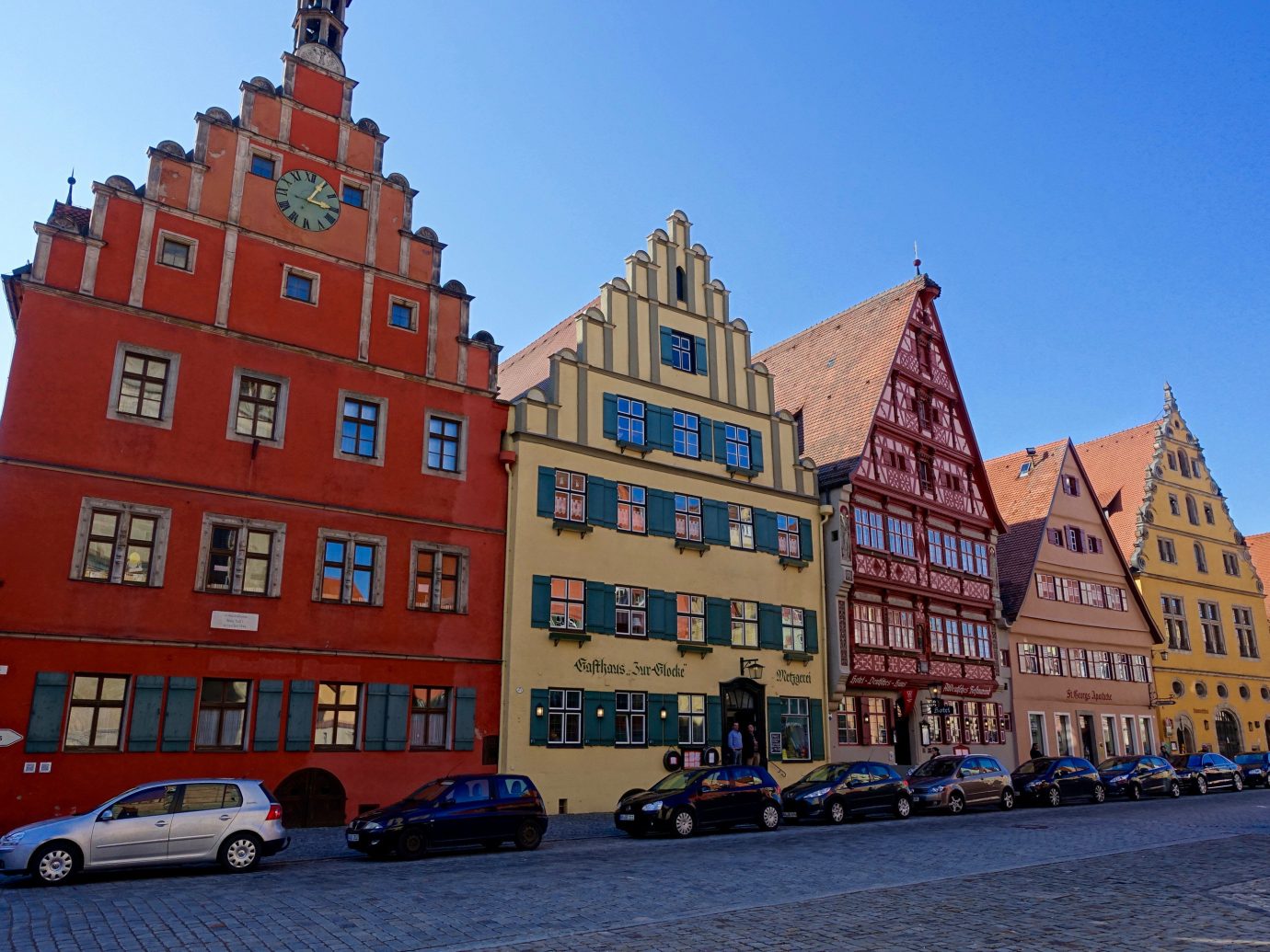
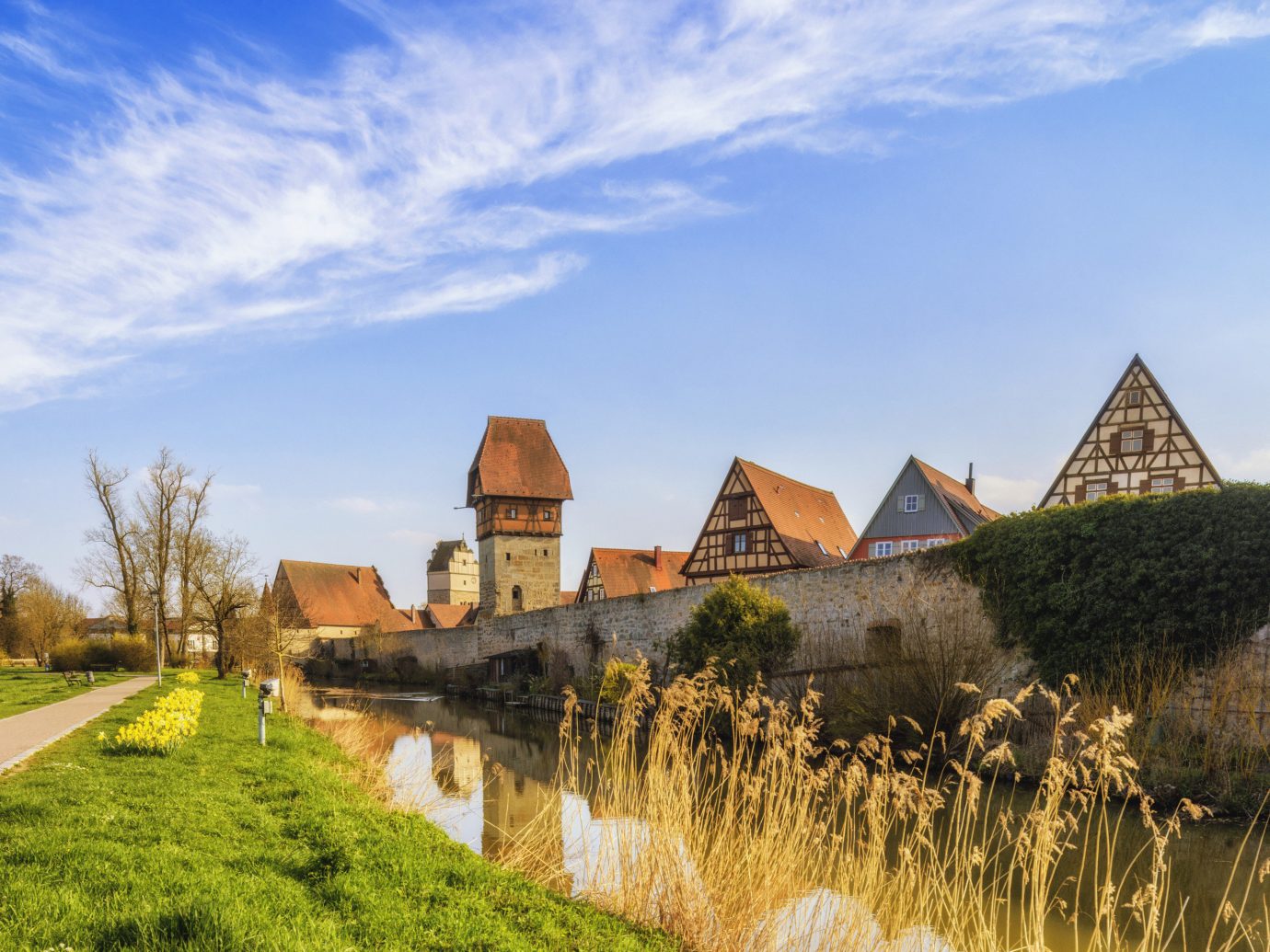
Dinkelsbühl
If the crowds of Rothenburg get to you, jump in the car and head just a half hour south to Dinkelsbühl. Despite its likeness (and proximity) to Rothenburg, this town manages to fly under the radar save for the most plugged-in Instagrammers. You’ll find everything you’d want in a Bavarian fairytale here: half-timbered townhouses, flower-filled window boxes, a deep-rooted history (Dinkelsbühl welcomed both Protestants and Catholics during the Reformation), and sidewalk cafés galore, where you can sip your coffee and take in your surroundings in peace. Architecture buffs will want to carve out time for the Castle of the Teutonic Order (which contains a breathtaking Rococo chapel) and Saint George’s Minster, a feat of Gothic design.
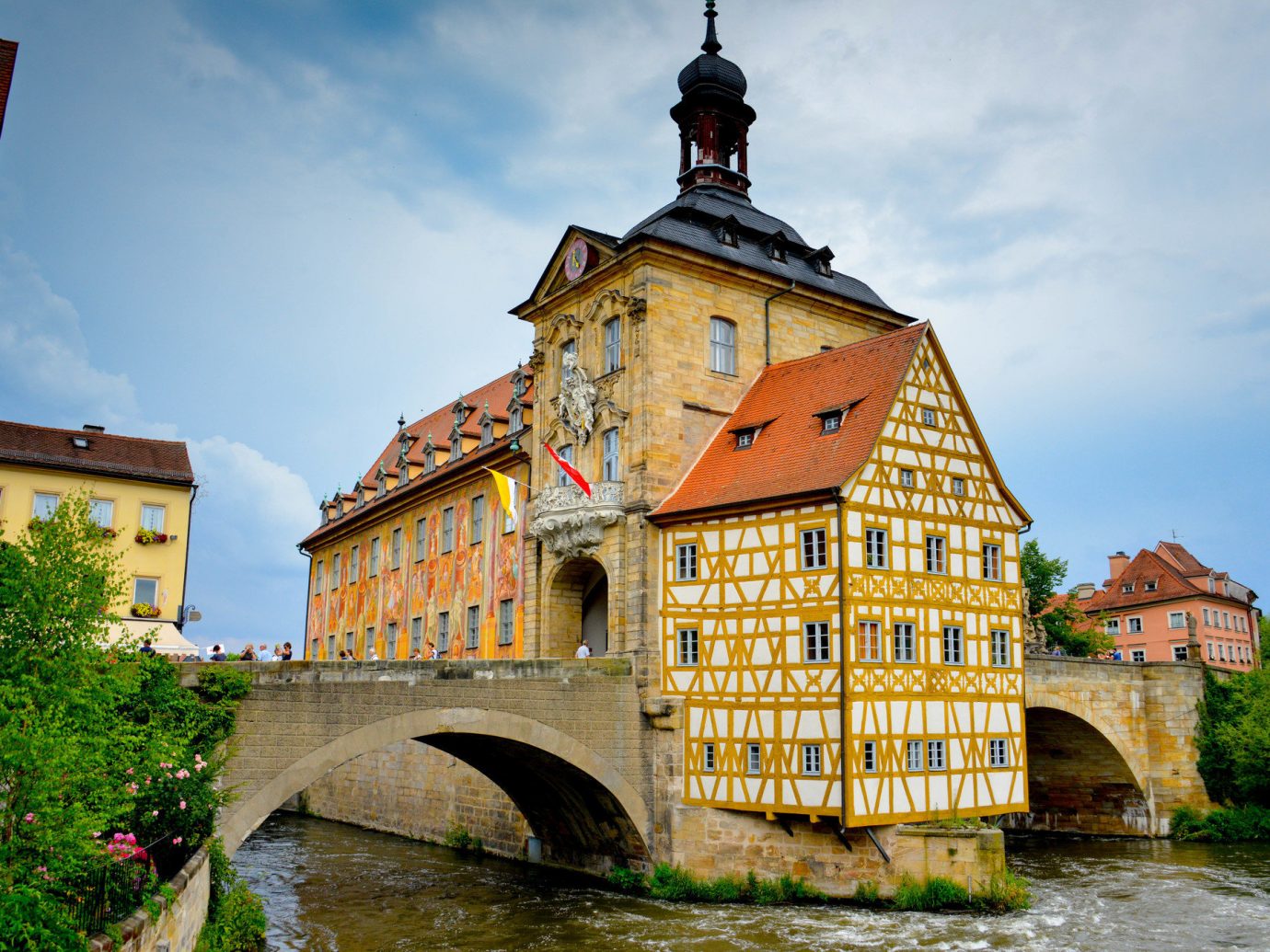
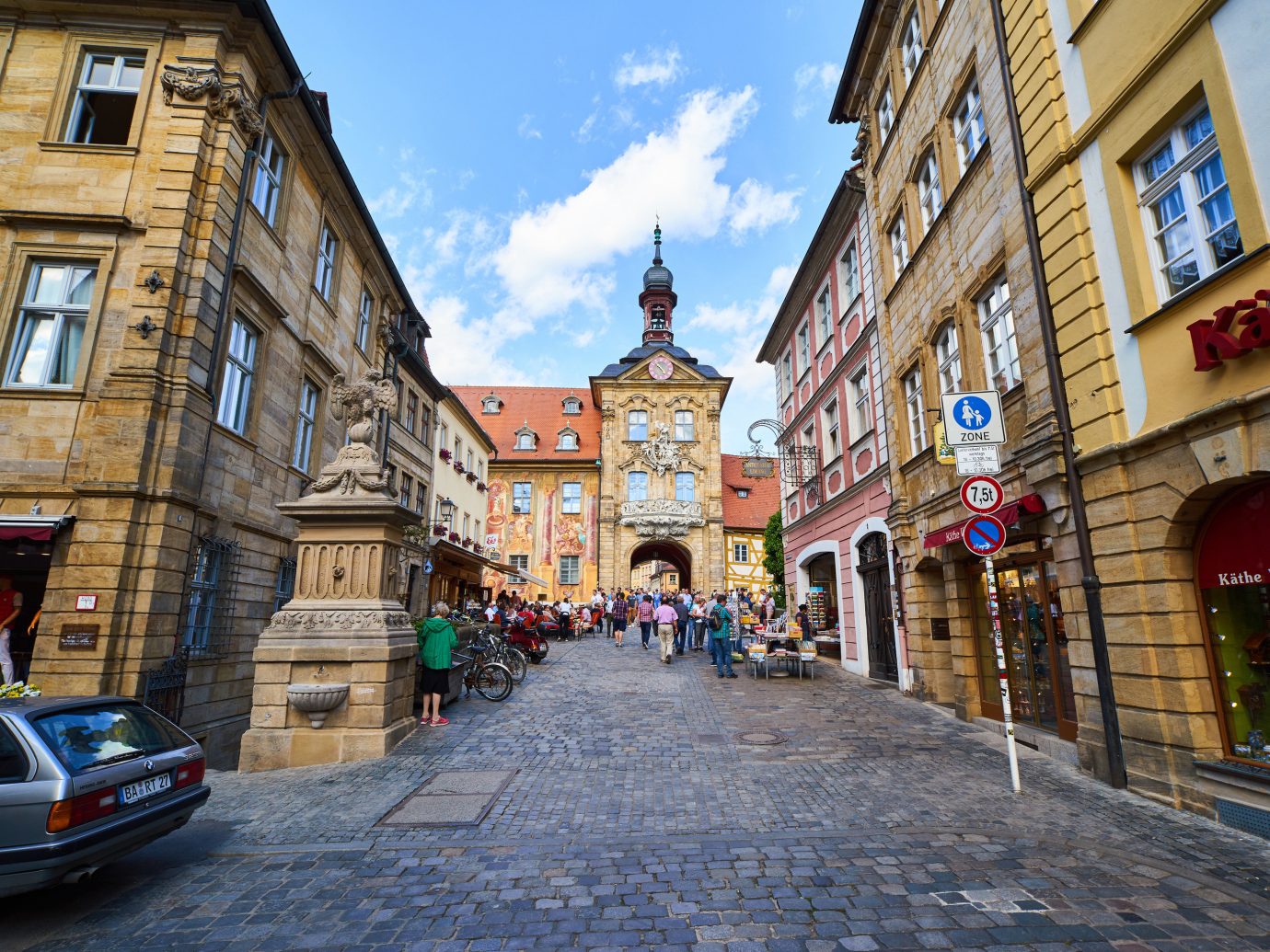
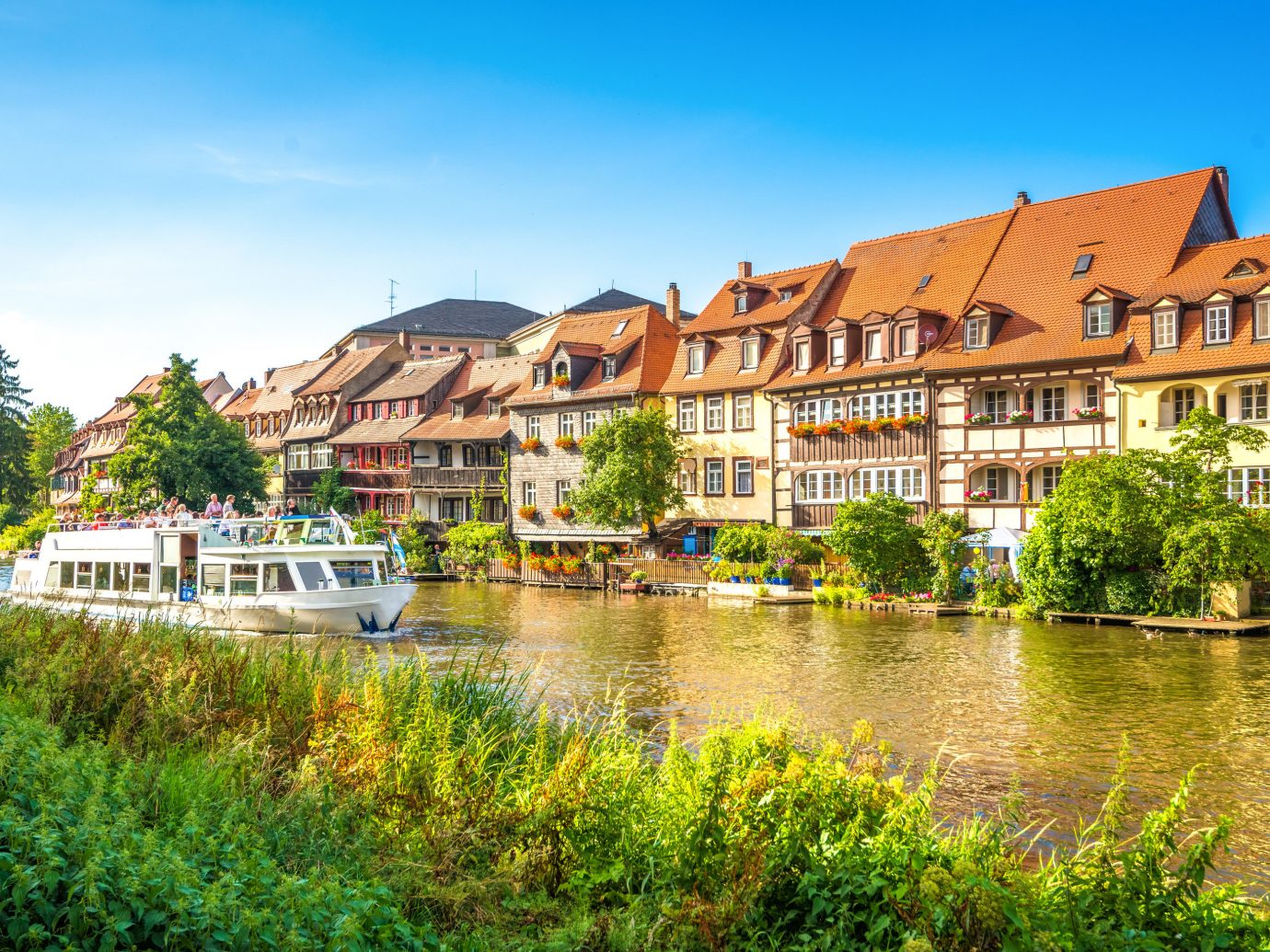
Bamberg
Bamberg’s UNESCO World Heritage designation is well-deserved. The Old Town—with its cobblestone streets, arched bridges that span the river Regnitz, and 1467 town hall known for its exterior murals and traditional fachwerk—comprises some of the most well-preserved medieval architecture in all of Germany. You can almost feel the history inside the Romanesque Bamberg Cathedral (first founded in 1002) and timbered Old Court turned historical museum, both on Domplatz square. Buildings aside, Bamberg is also known for its breweries like Schlenkerla, which has been serving the town’s signature smoked brew, Rauchbier, since the 15th century.
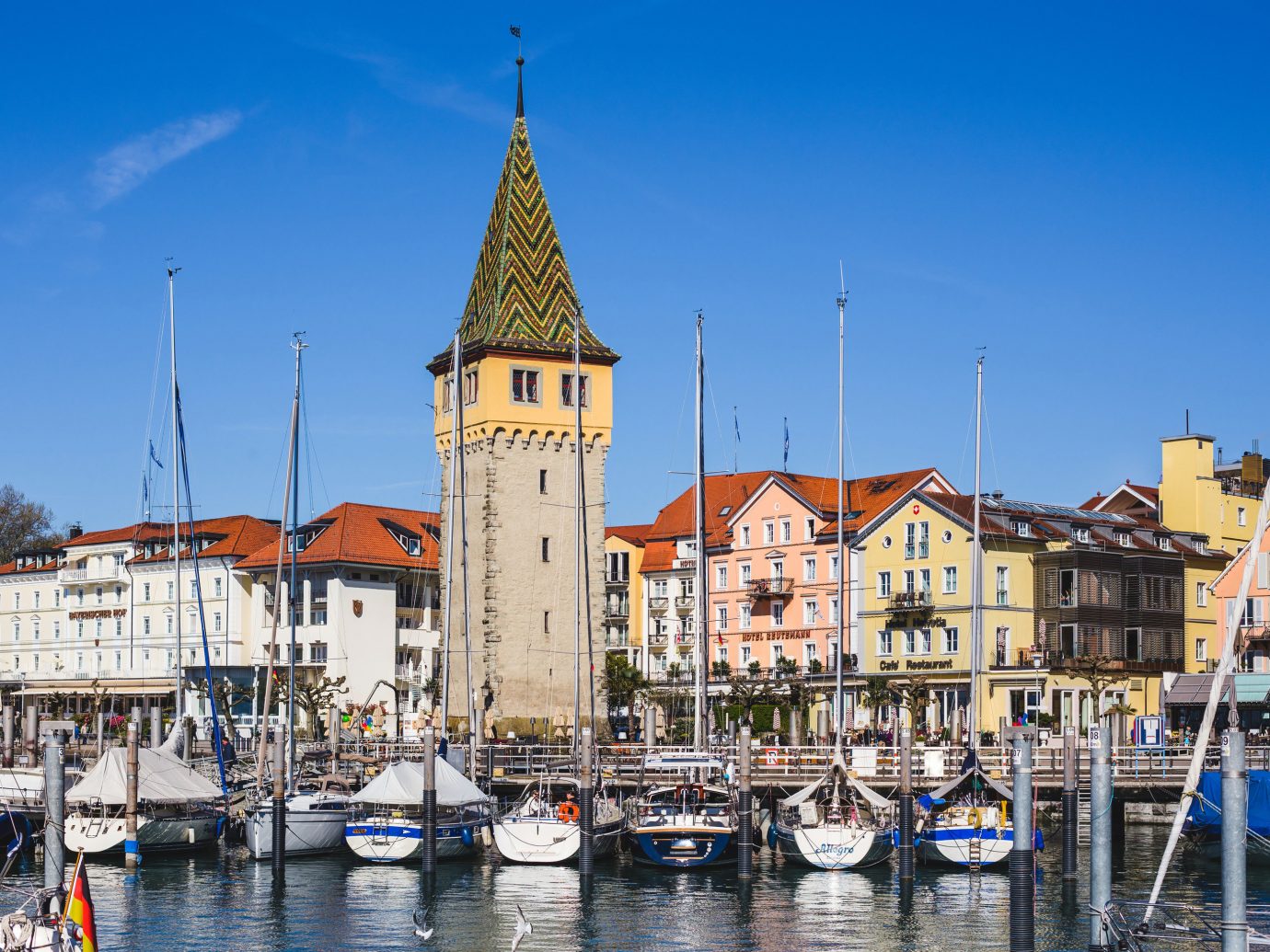
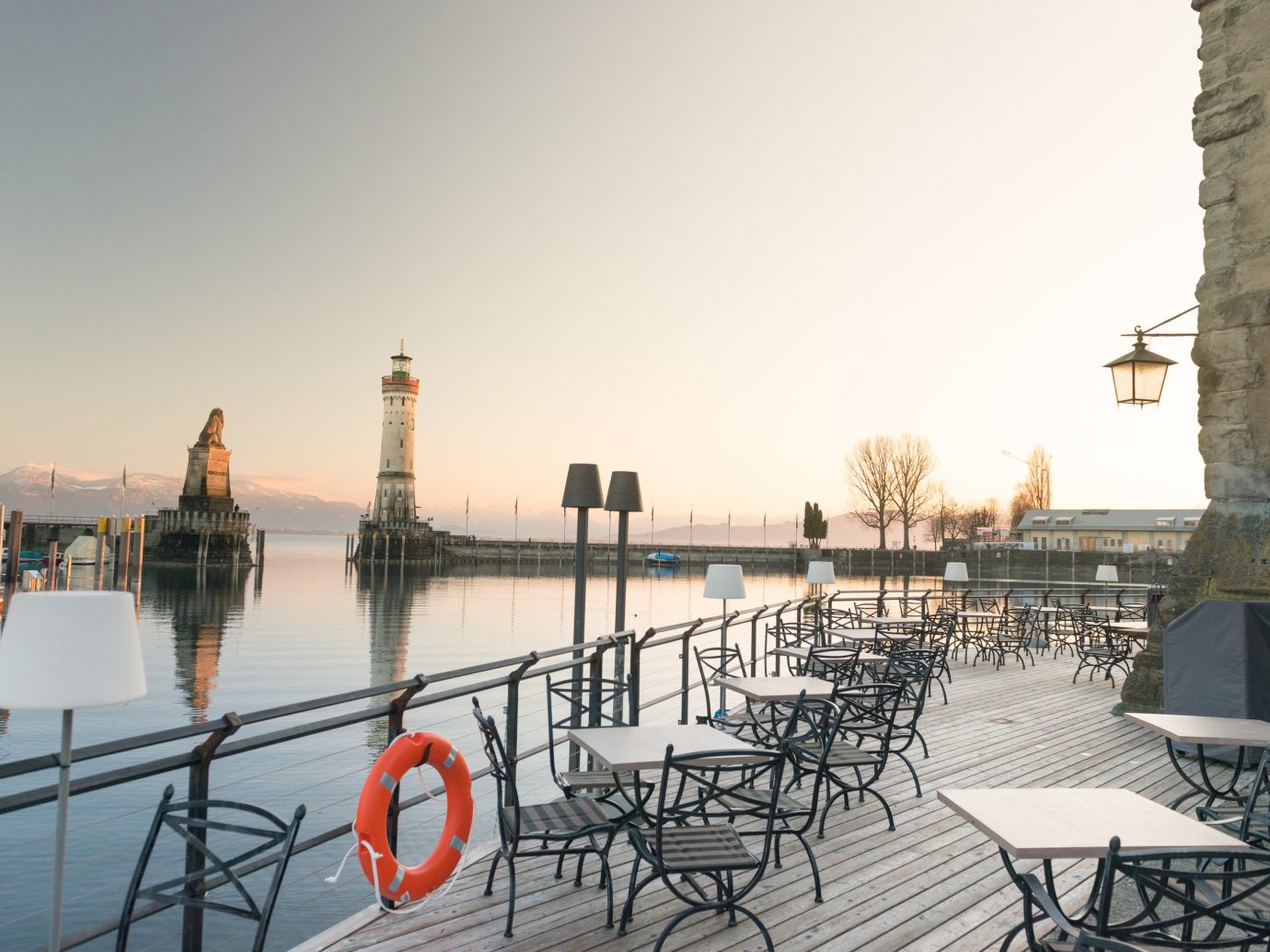
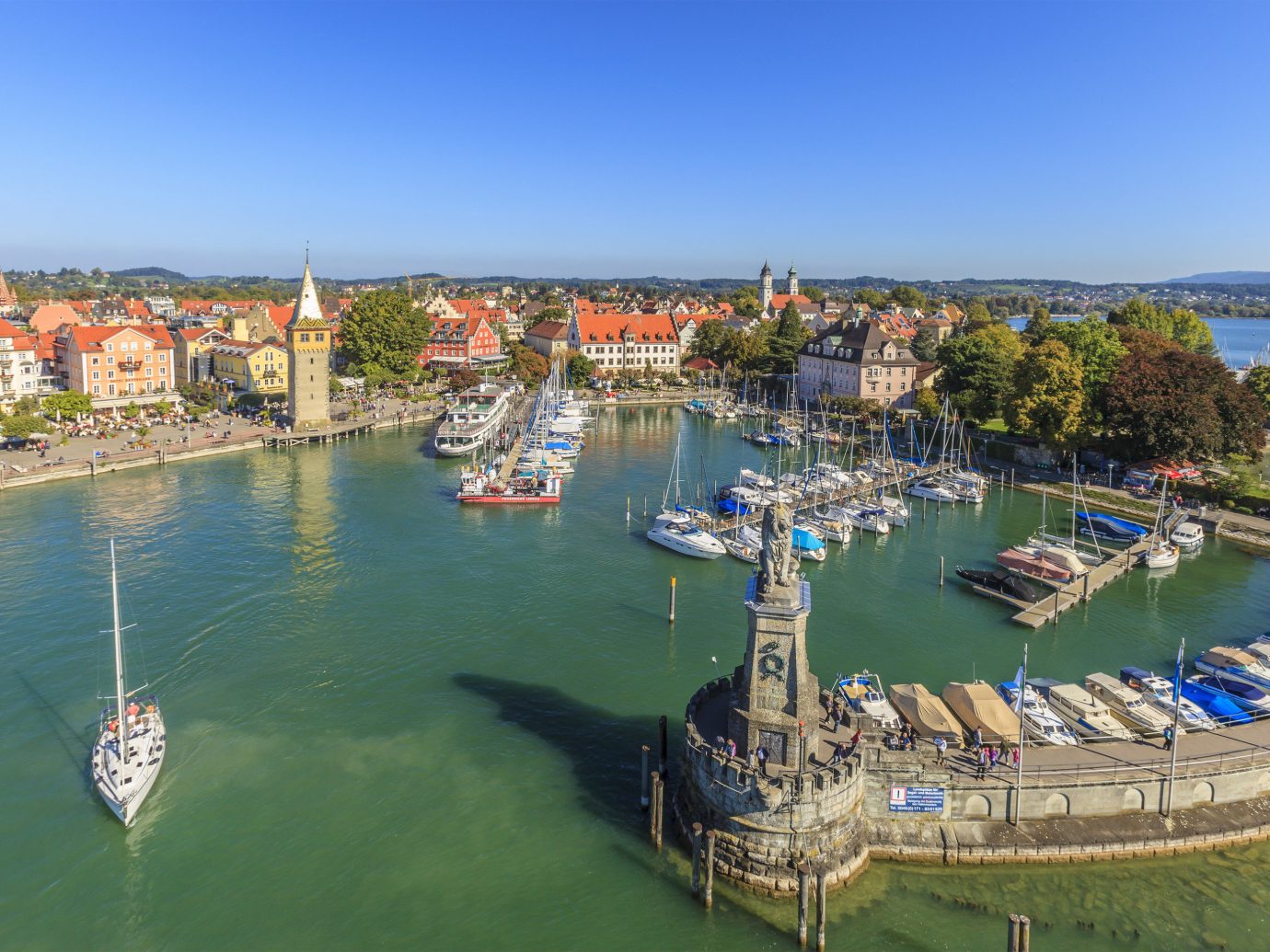
Lindau
Almost straddling the border between Germany and Austrian, Lindau benefits from a beautiful lakeside setting that looks straight out at the snowcapped Alps. Boat rides around Lake Constance are a favorite prelude to swims or strolls around town, where you’ll find your typical timbered houses and historic inns and taverns. If you’ve got energy left, take a hike to Bregenz, whose peak affords even better views of the water and mountains.
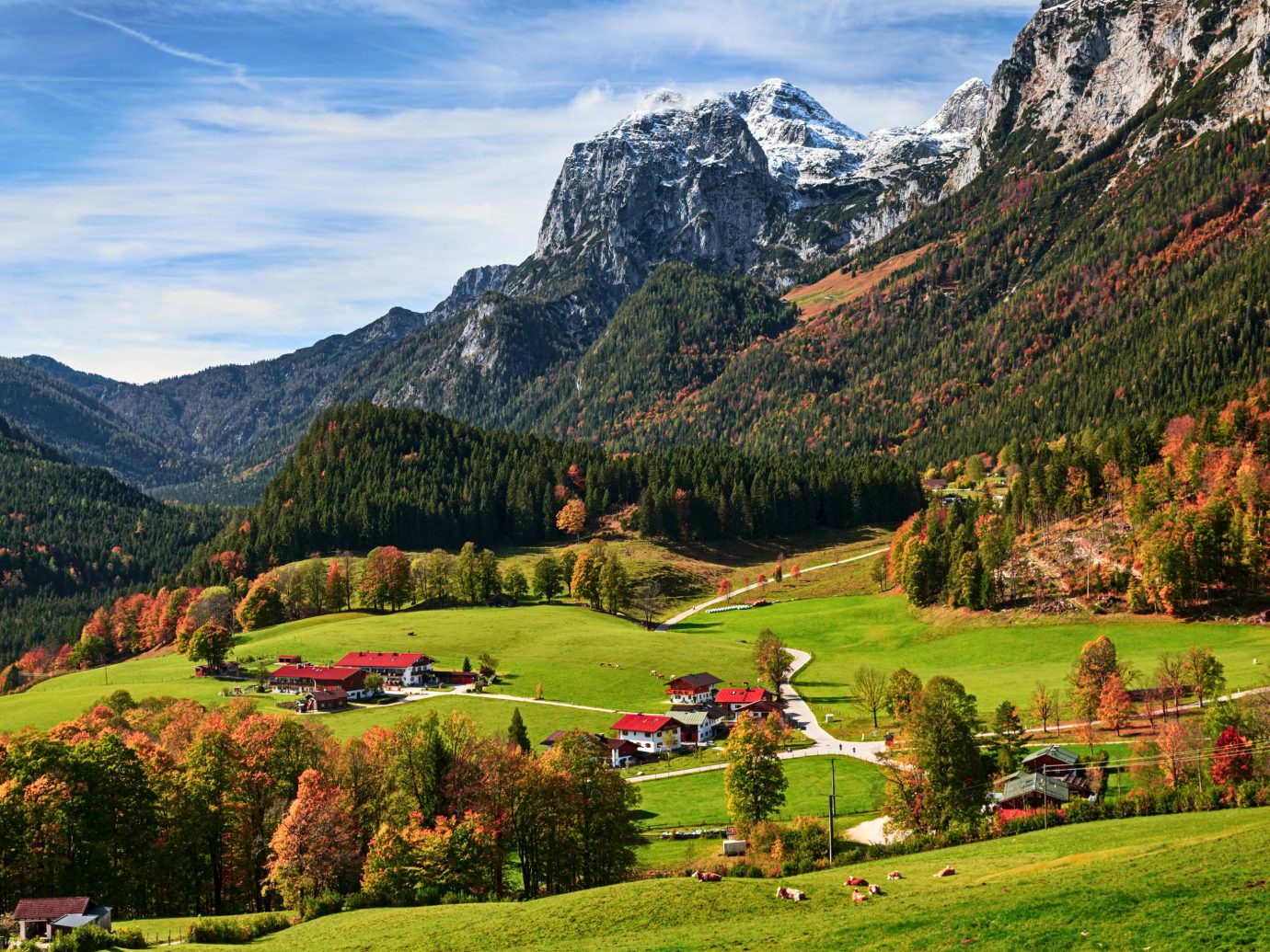
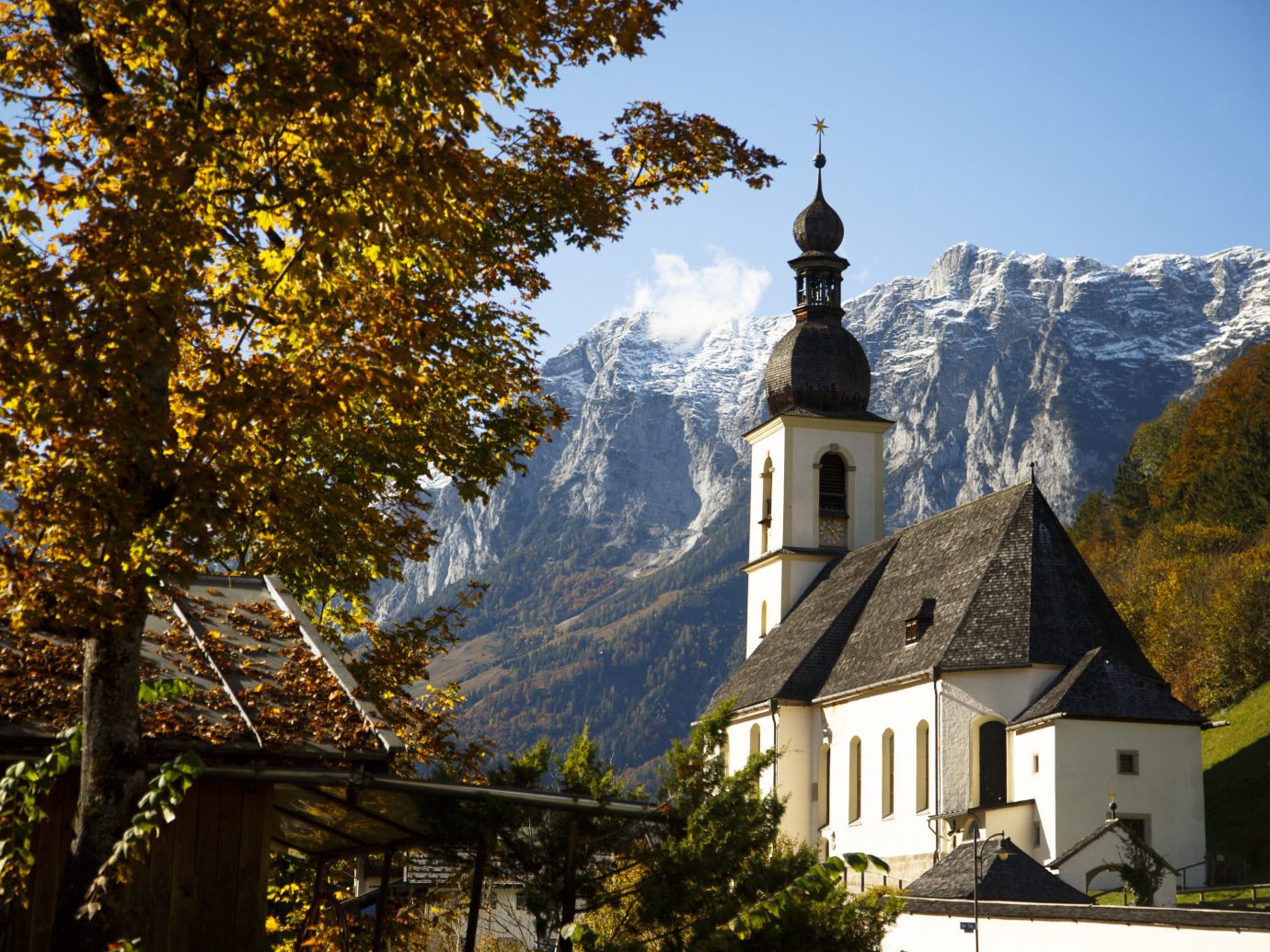
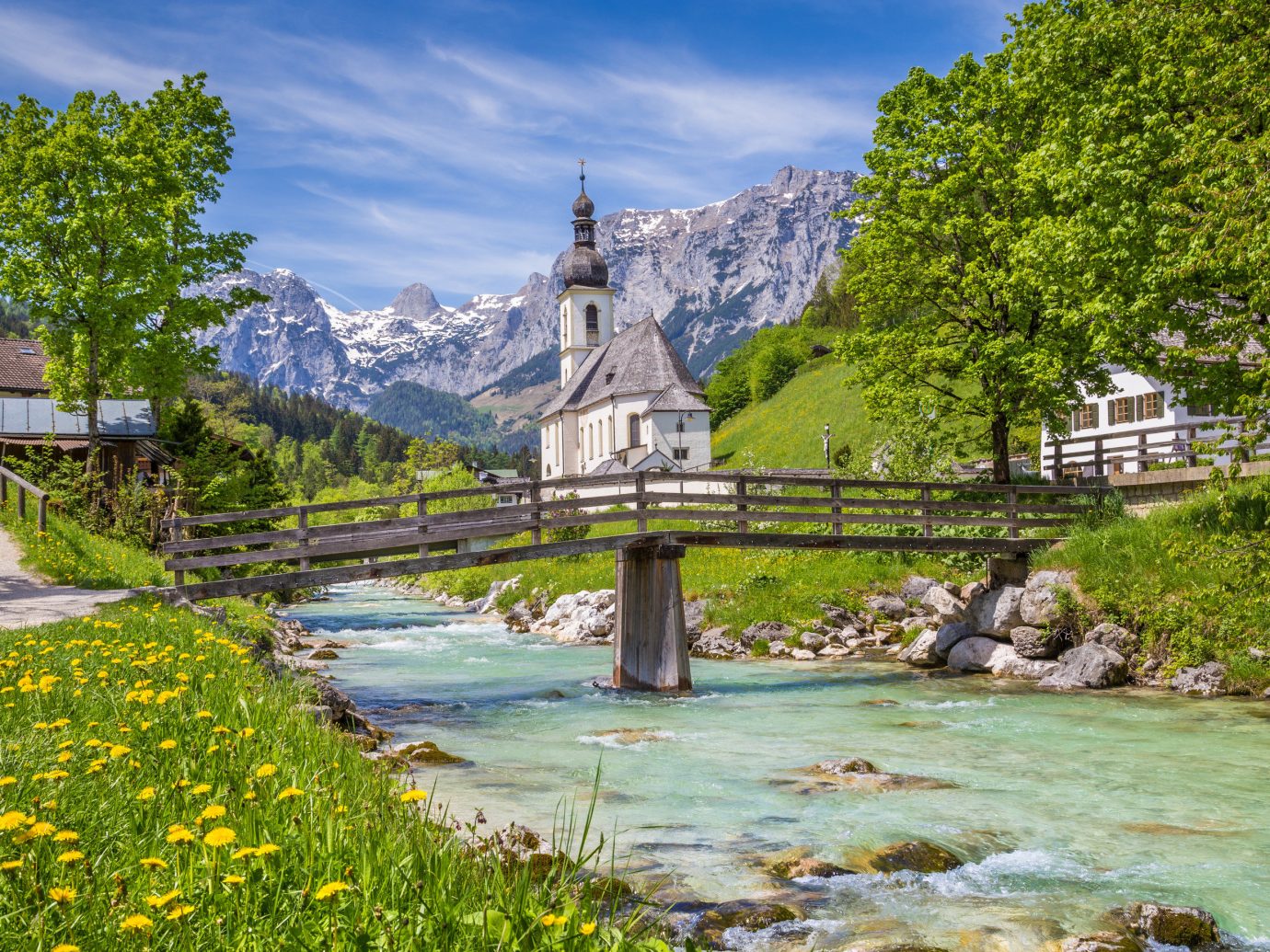
Ramsau
St. Sebastian’s Church, in Ramsau, is a famous landmark recognized throughout Germany—as is Hintersee Lake, just nearby. This alpine village is only home to roughly 3,000 people, but its attractions more than compensate—especially Almabtrieb, the annual fall festival when outsiders come to watch herders in traditional lederhosen escort cows into town from their summer pastures.
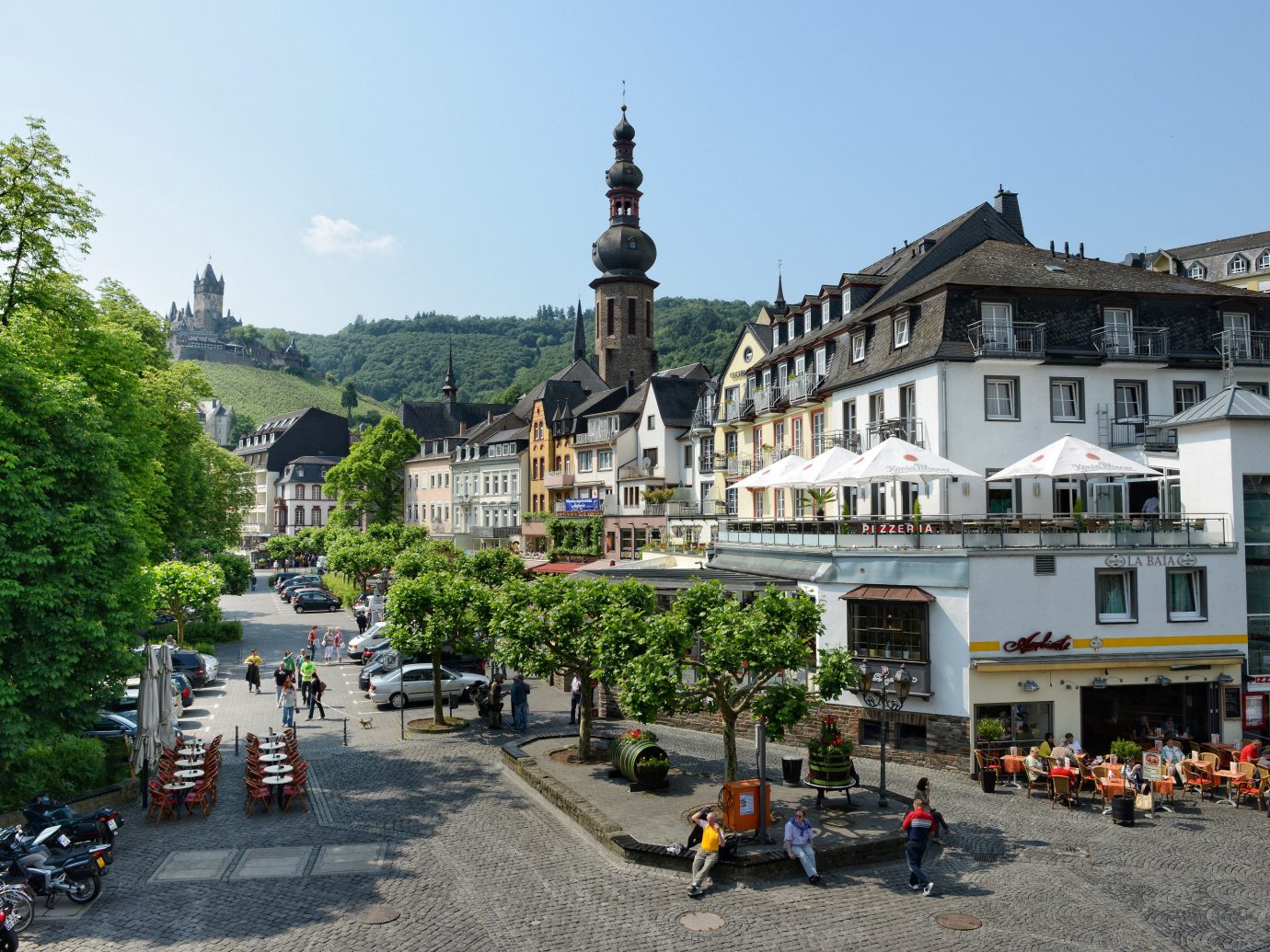
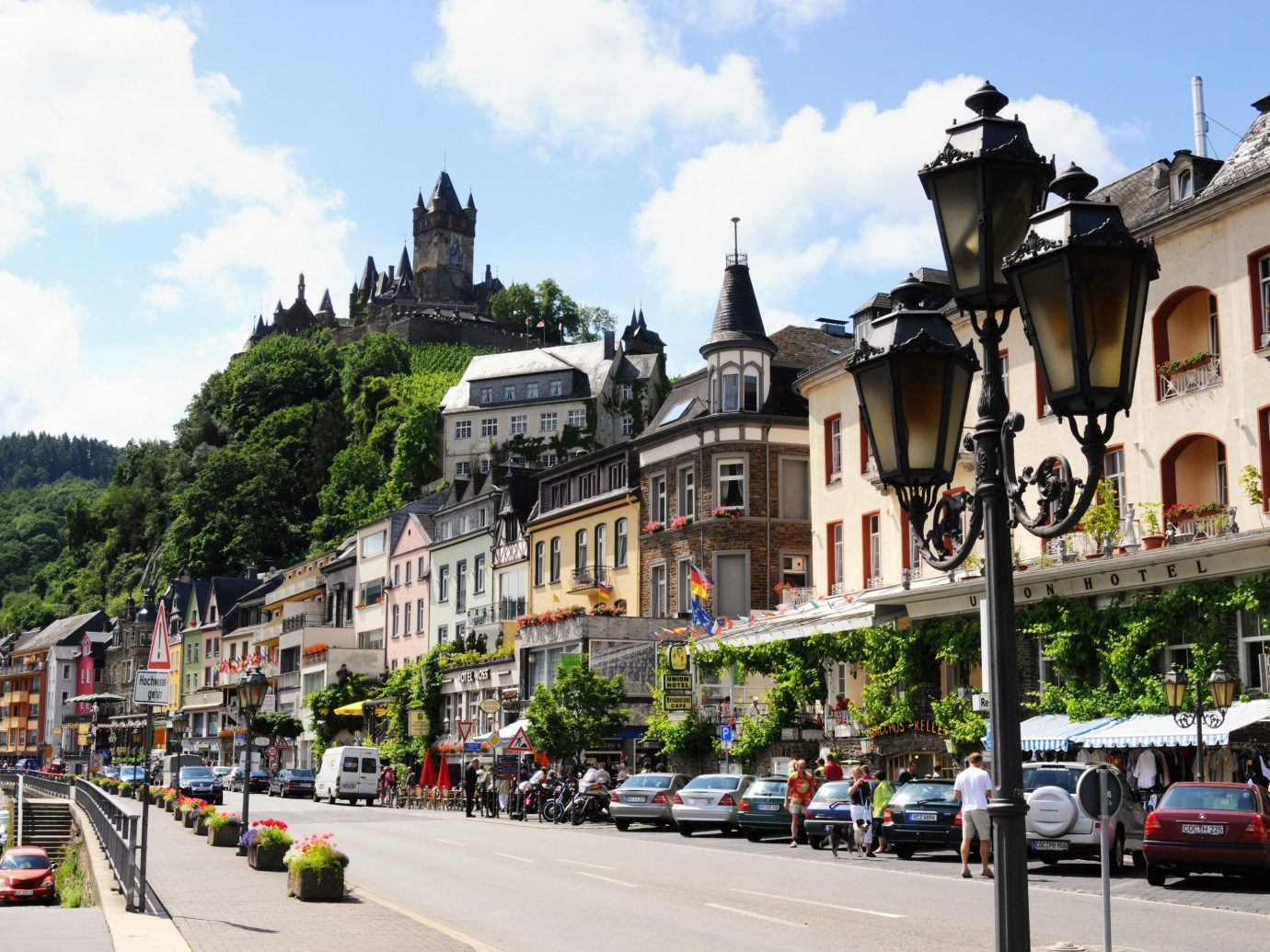
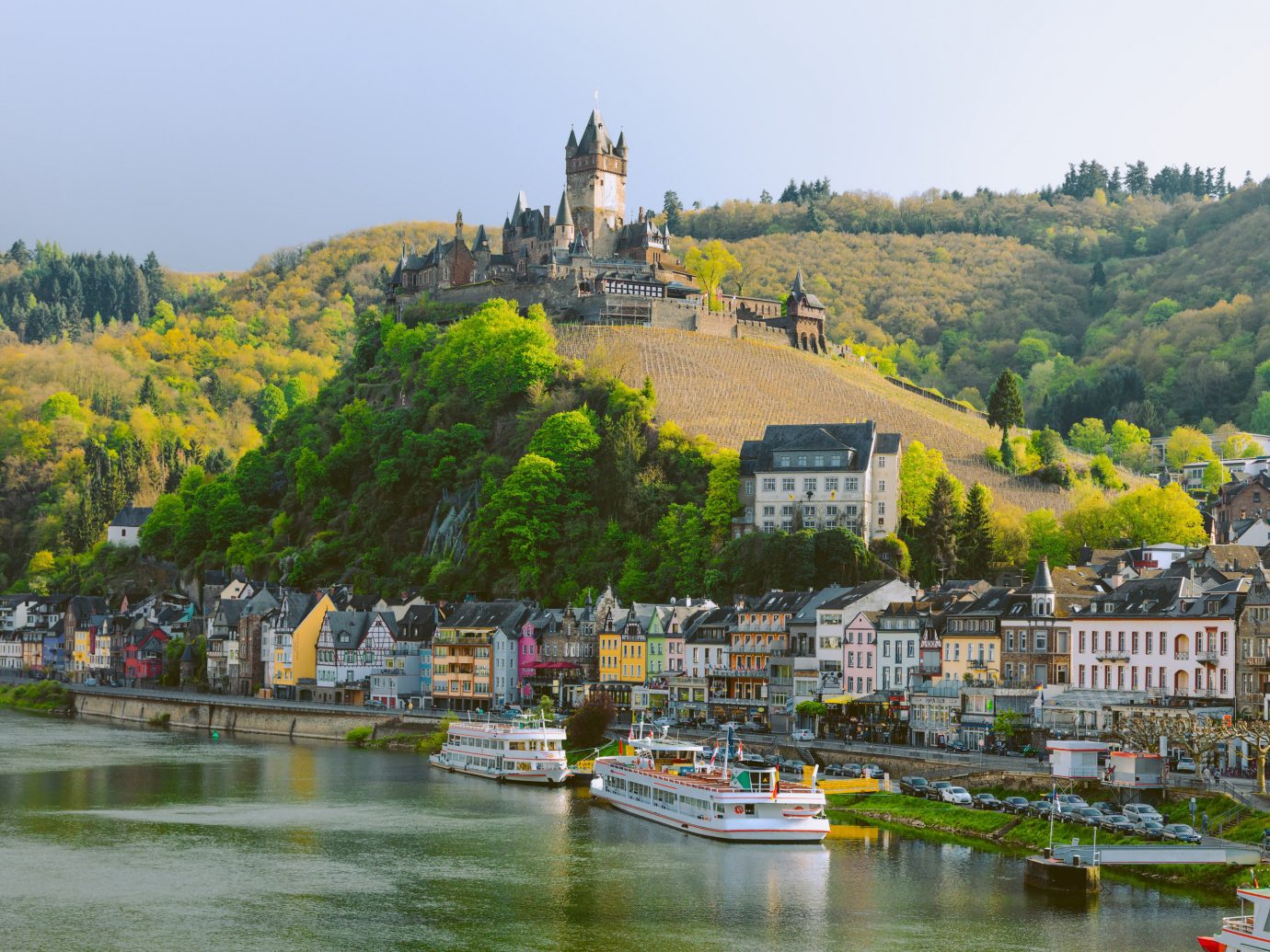
Cochem
No matter where in Cochem you stand, it’s impossible to miss the towering 11th-century castle that sits high on a hill lording over the rest of the city. The best photo ops are found at the hill's base, where colorful buildings line the river Moselle. From here, you can take a boat tour through a historic lock to the tiny town of Beilstein, which has been referred to as a miniature Rothenburg ob der Tauber. Rather keep your feet on land? The steep slopes by river’s edge are filled with rolling vineyards that grow the region’s famous Riesling.
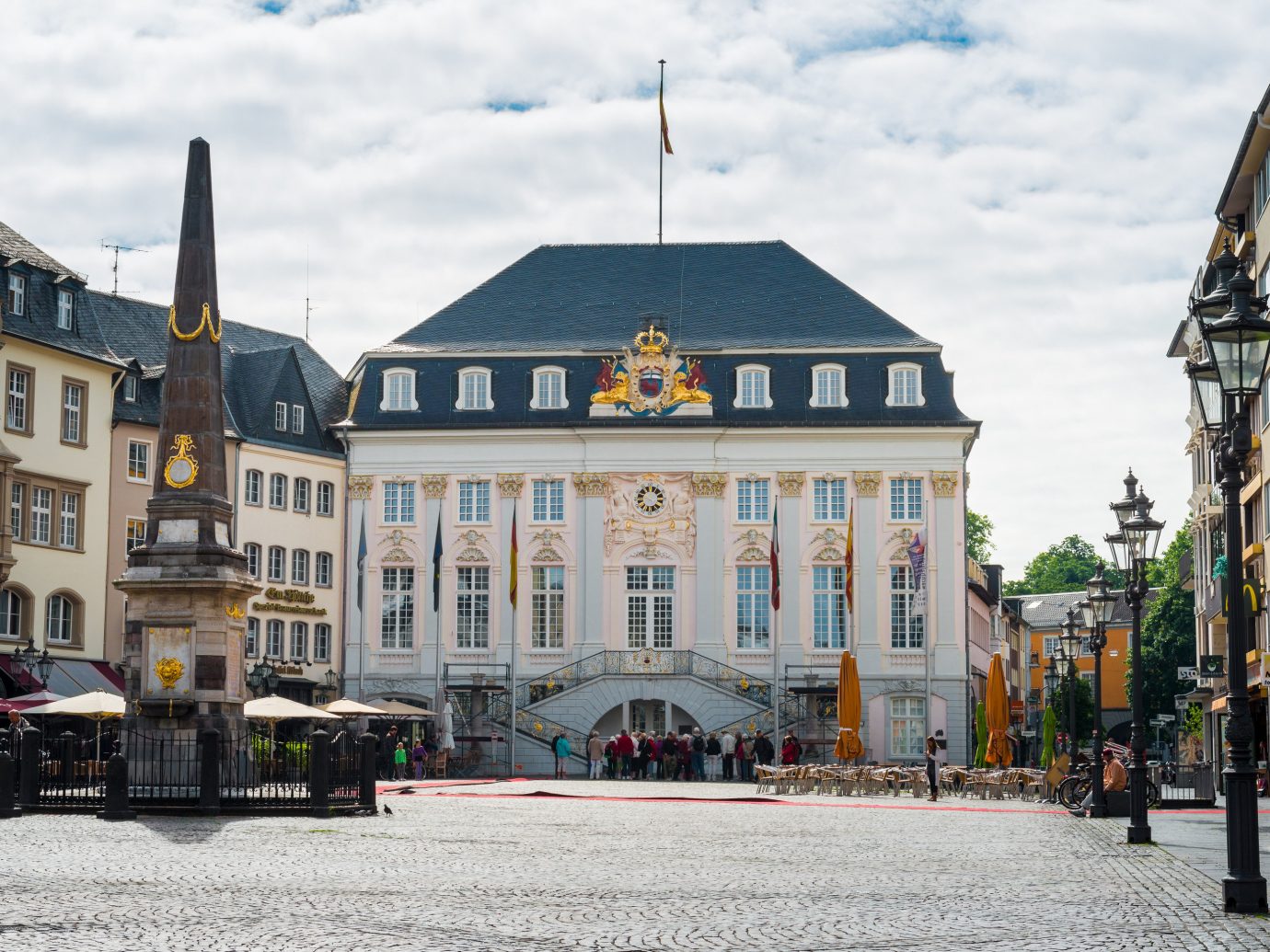
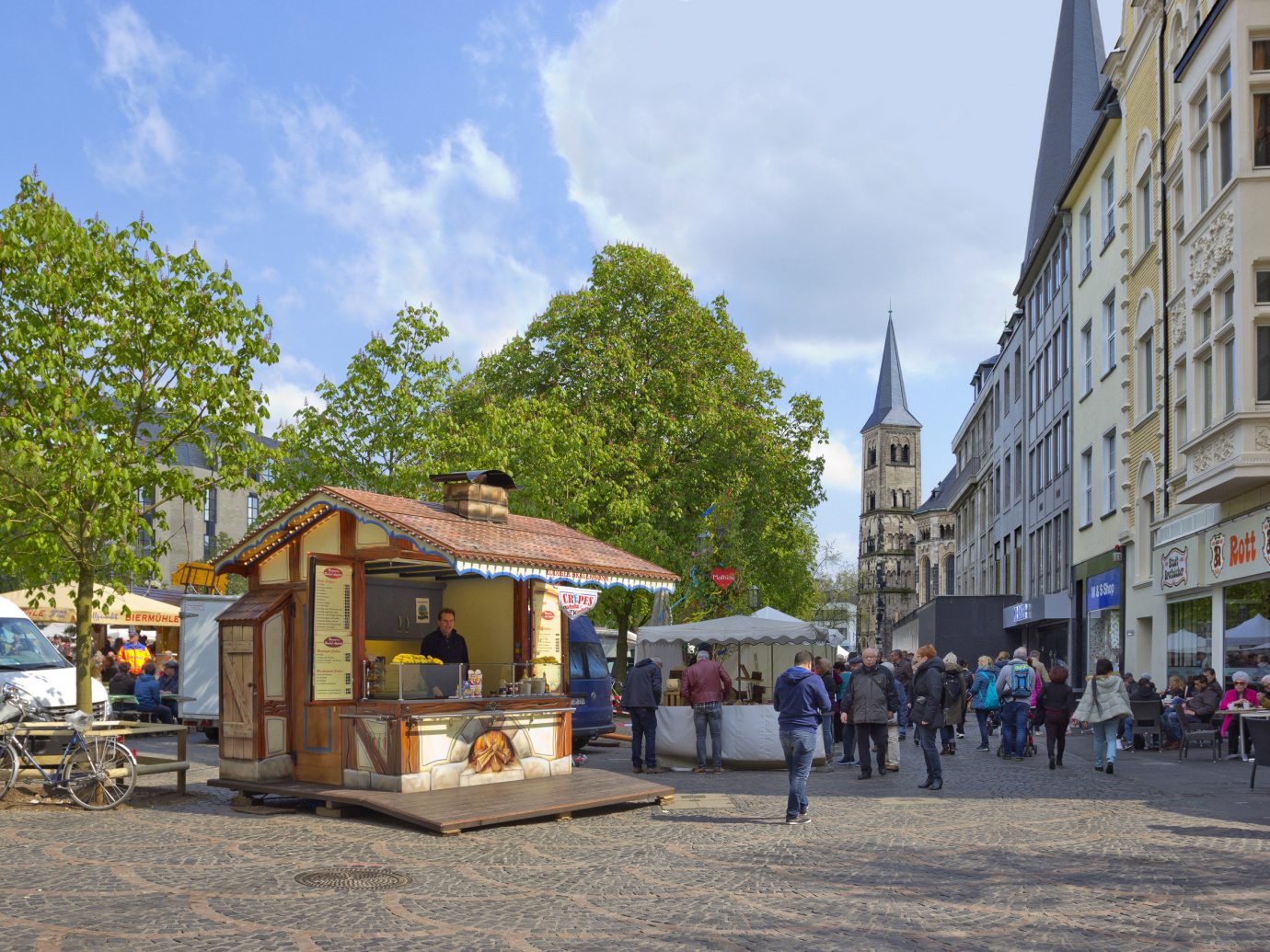
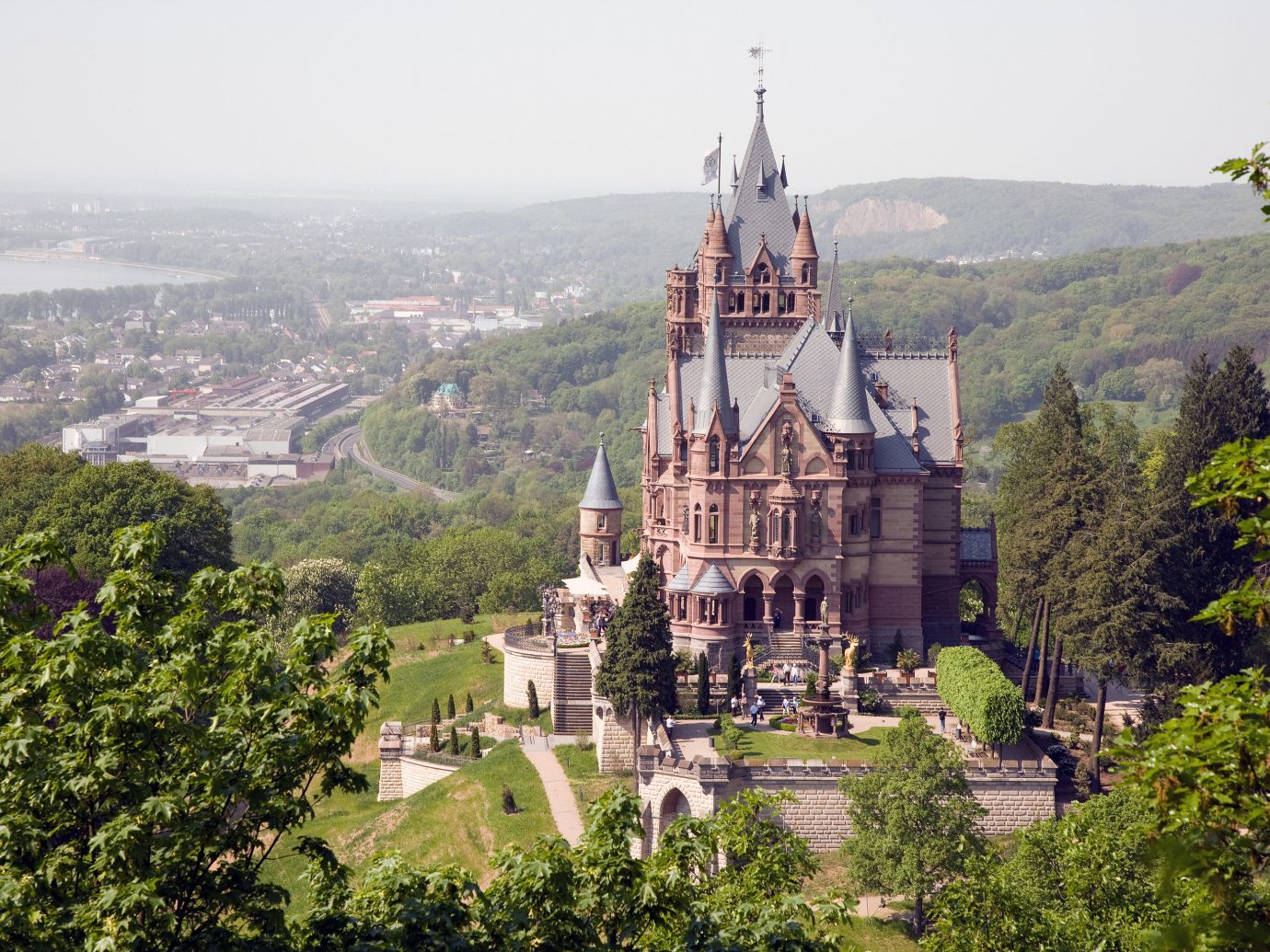
Bonn
Typical among Germany’s oldest settlements, Bonn was built up along the banks of the Rhine as a means for easy, strategic access back during Roman times. While it may not be a grand as nearby Cologne or Dusseldorf, Bonn still has a charm all its own, with numerous beer gardens, outdoor cafés, and picturesque streets to explore. Classical music lovers know Bonn as the birthplace of timeless German composer Ludwig van Beethoven, but nature lovers make their own kind of pilgrimage here during the spring, when cherry blossoms take over the city. (Neoclassical Heerstrasse Avenue is a good spot for snapping photos.) For the best view, climb the North Tower at the 19th-century Drachenburg Castle, which sits on a hill overlooking the Rhine.
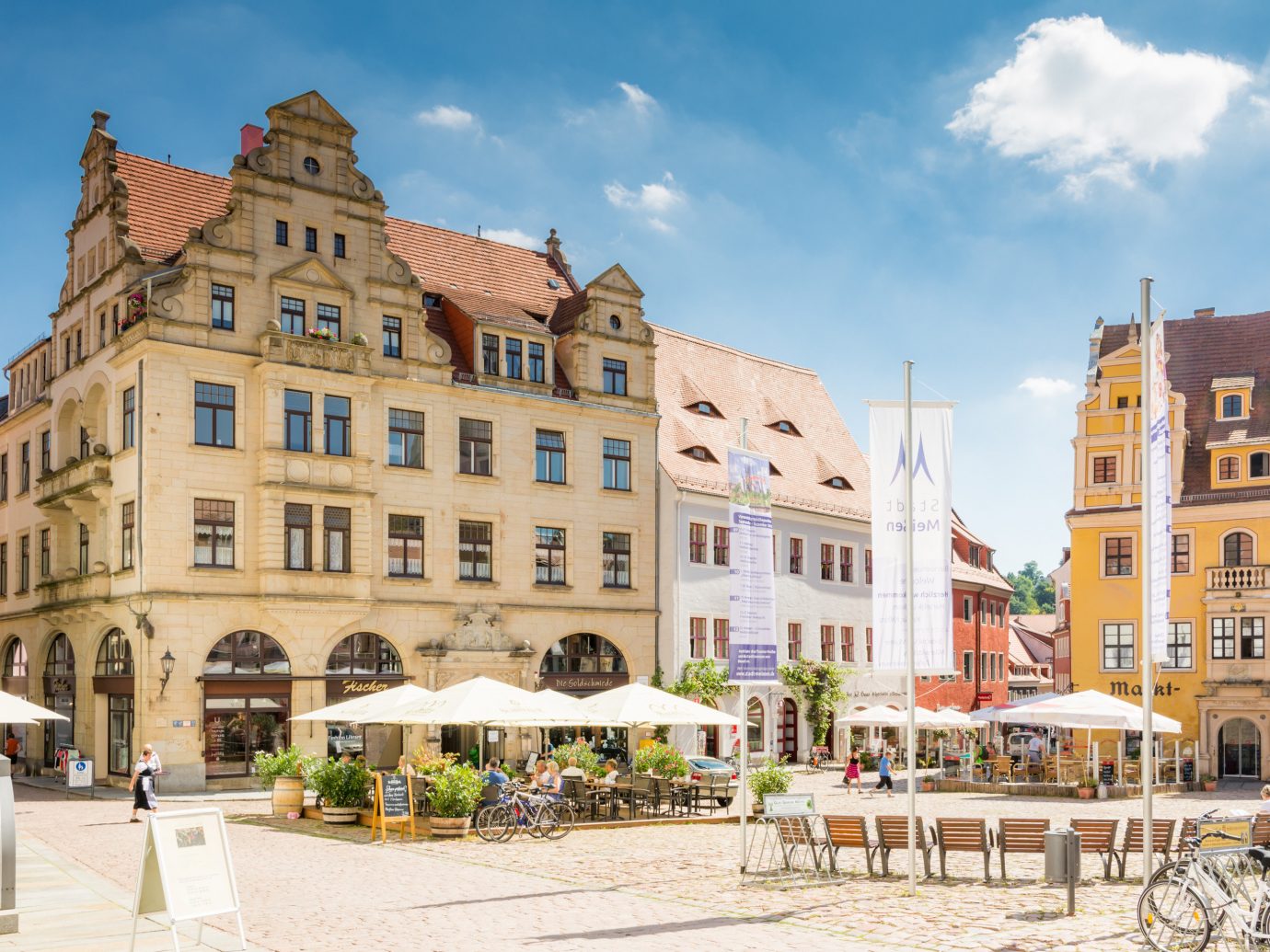
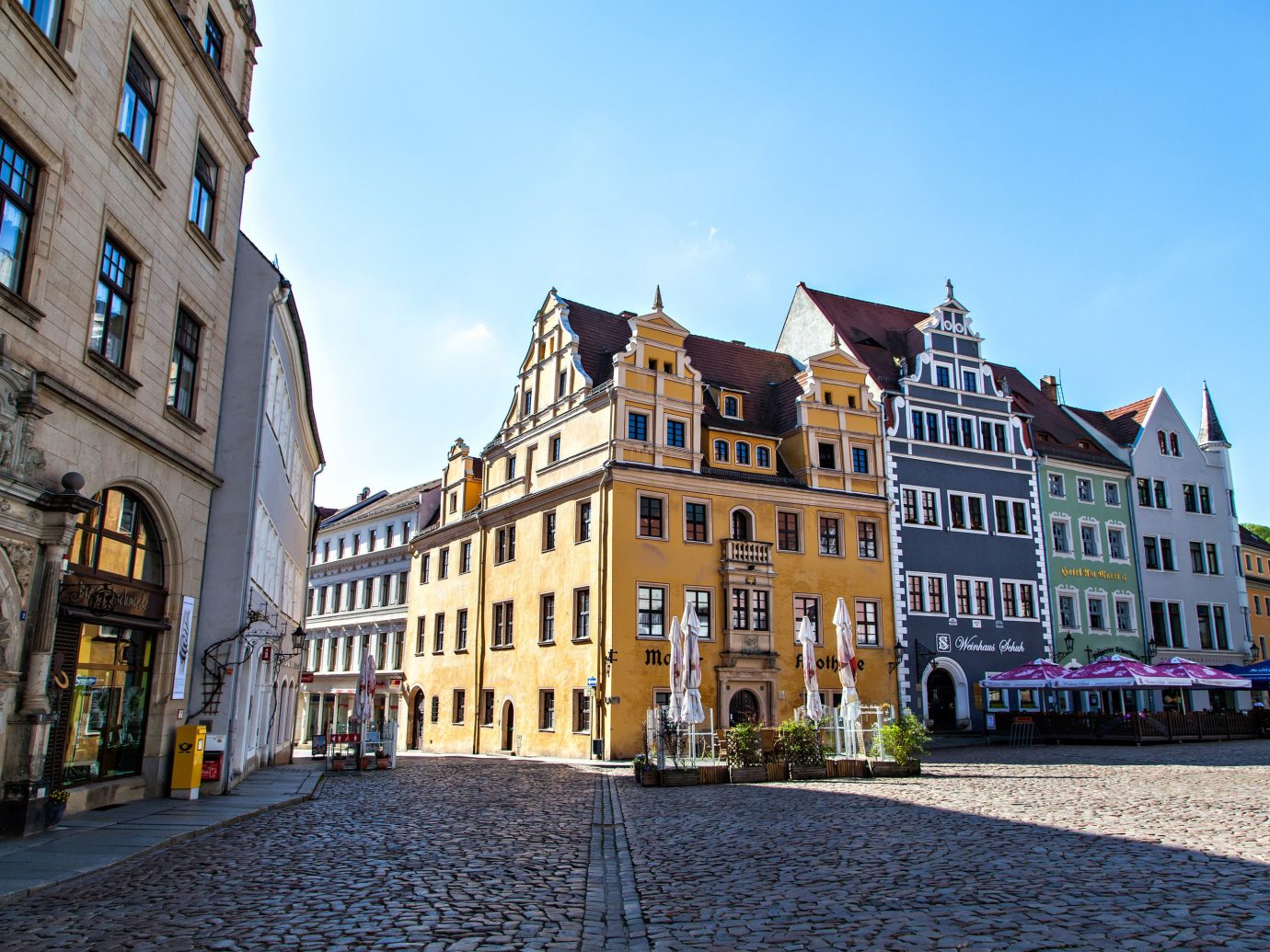
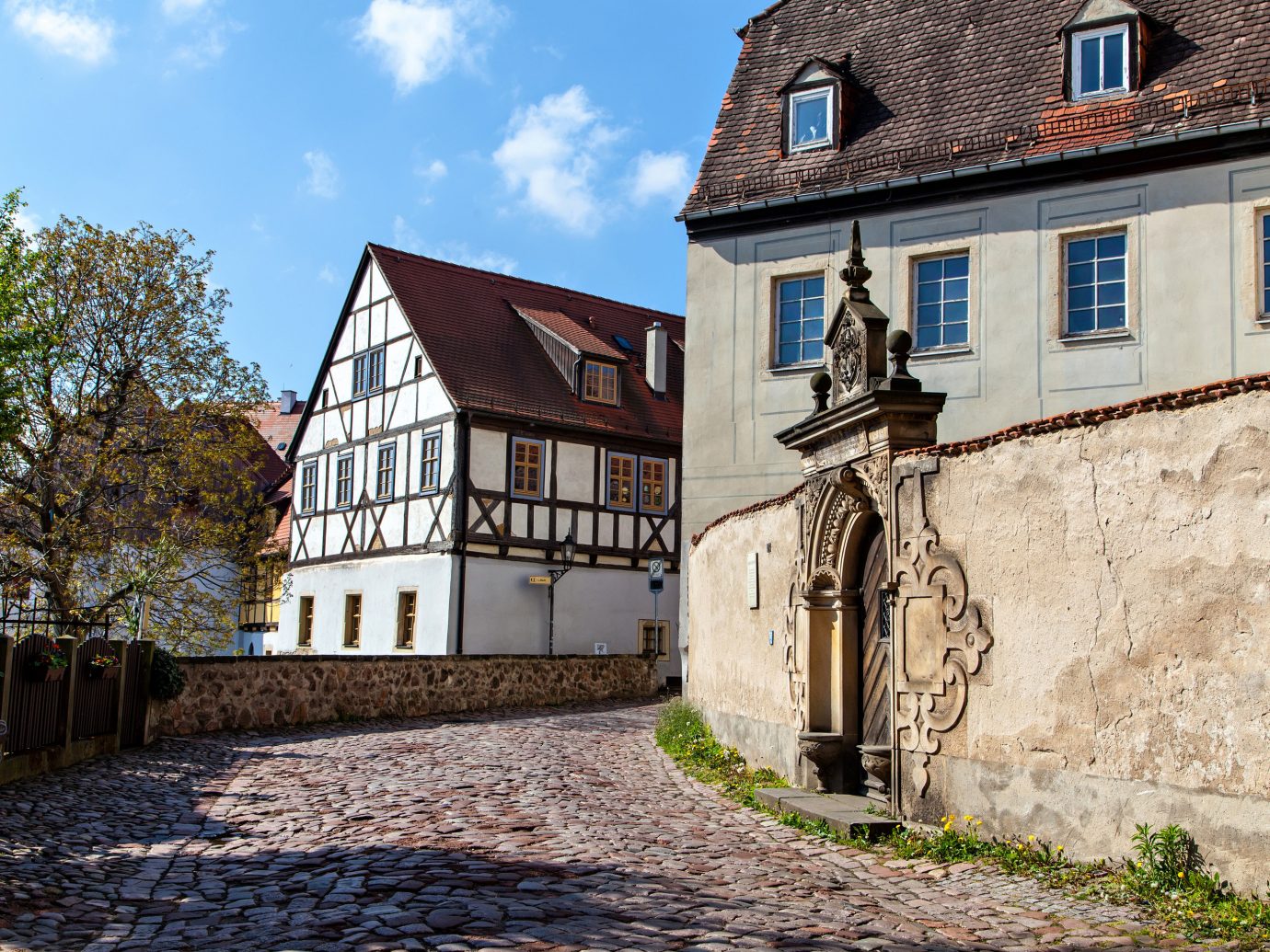
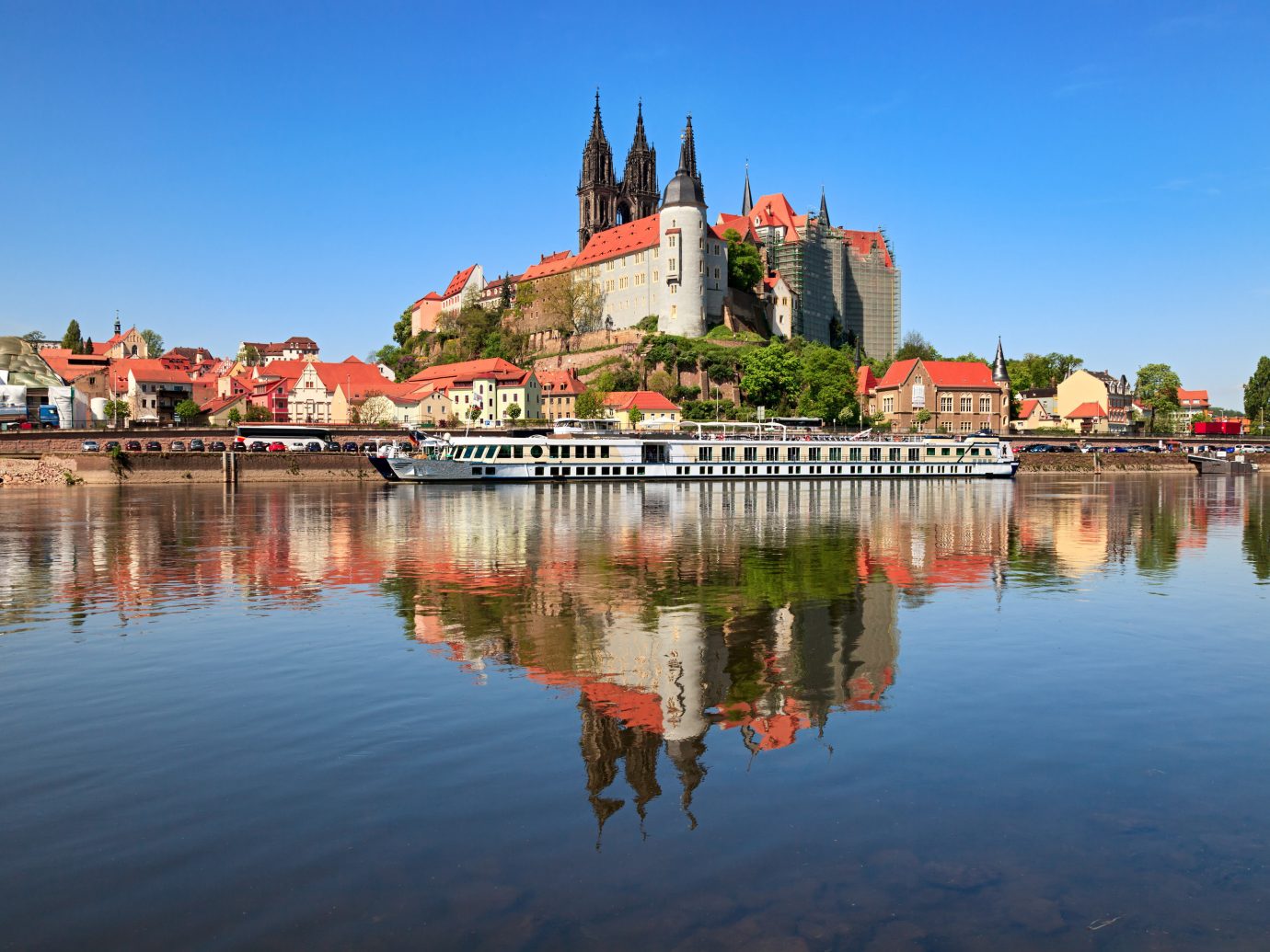
Meissen
We'd forgive you for mistaking Meissen for Prague at first glance, with its red-roof cityscape built up around a central castle and Gothic cathedral, but take a closer look and you’ll realize it couldn’t be more German. Built along the River Elbe, this romantic city is famous for its porcelain, which it has been producing since the early 1500s. Loads of shops sell various cups and plates, but for a one-stop shop, you can’t do much better than the Meissen Porcelain Museum, which also hosts interactive demonstrations.
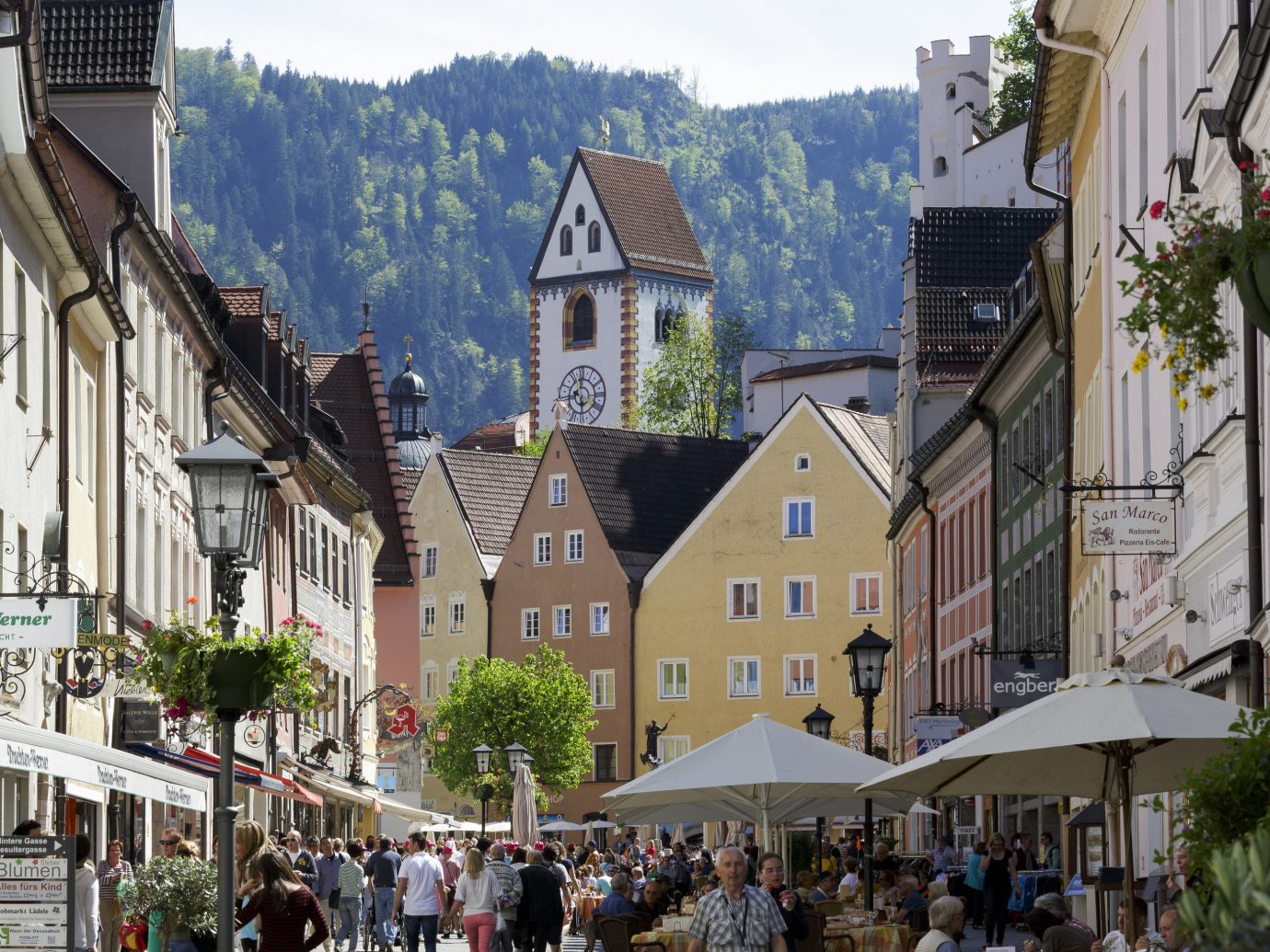
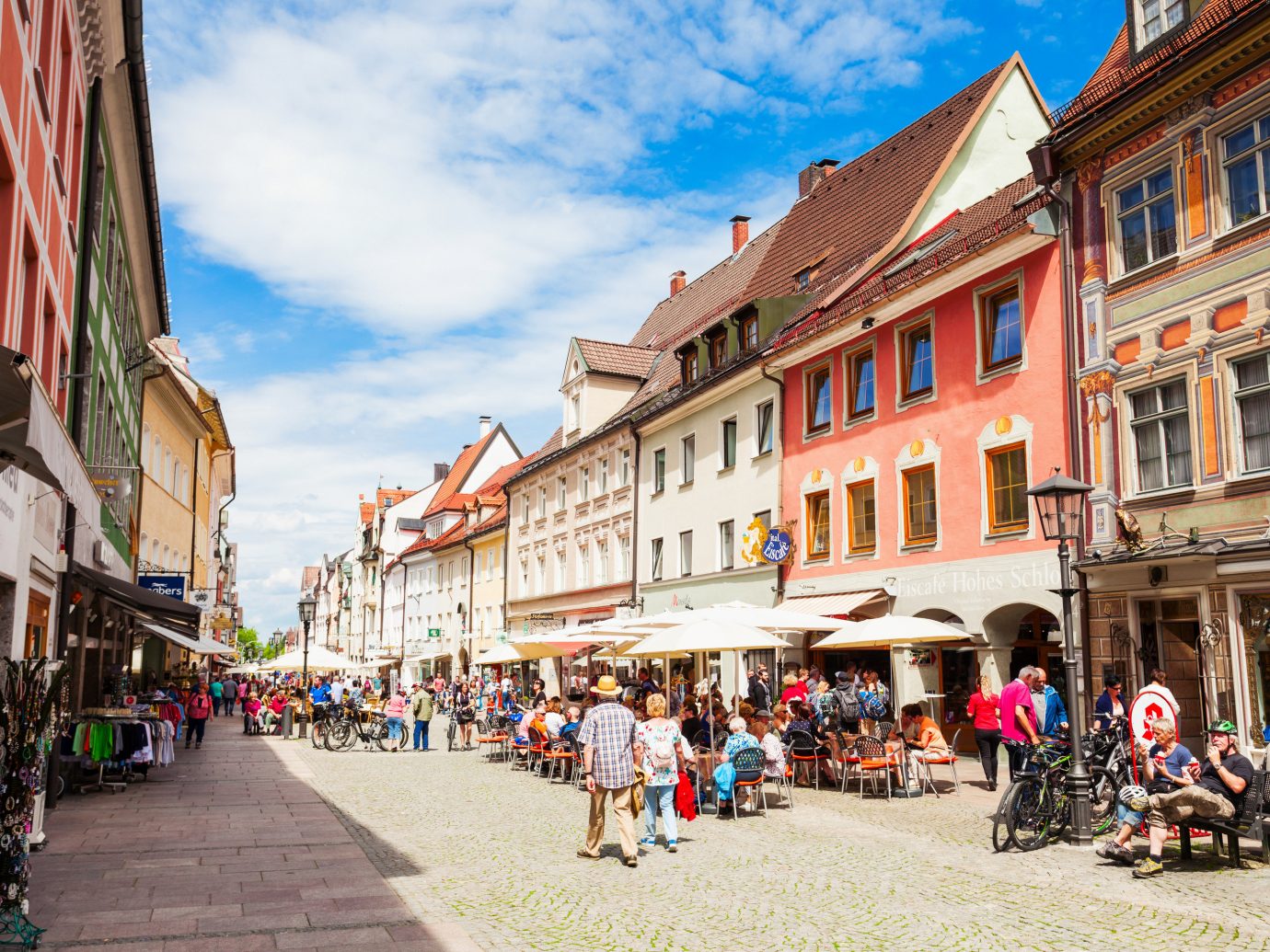
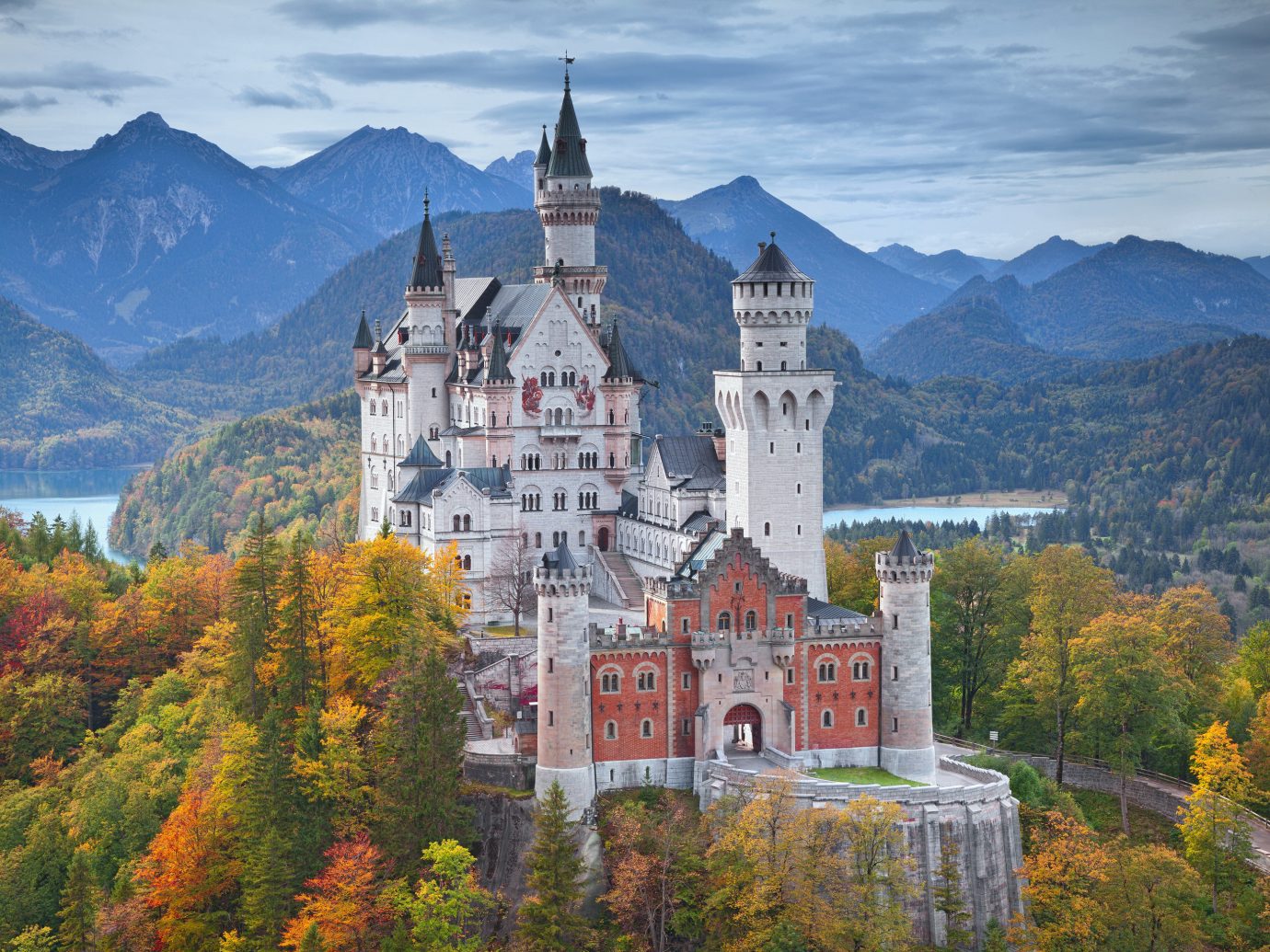
Füssen
Anyone planning on making the pilgrimage to Neuschwanstein Castle should consider a stopover in Füssen, the southern endpoint on Germany's Romantic Road. Its location at the base of the Alps means some of the area's most scenic hiking trails are right at your doorstep. The town also possesses a deep history of violin-making (among other stringed instruments), which you can learn more about at the Füssen Heritage Museum. If you’re itching for more royal history after your castle visit, Hohenschwangau Castle—King Ludwig II’s childhood home—is also nearby.
What to Wear in Germany
Women’s Stylish Outfit to Wear in Germany in Autumn or Winter
Men’s Stylish Outfit to Wear in Germany in Autumn or Winter
Women’s Wrap Dress Outfit to Wear in a Lake Town
Men’s Button-Down Shirt Outfit to Wear in a Lake Town
Women’s Outfit to Wear in the Autumn in Scandinavia
Fancy Men’s Dinner in NYC Outfit
Women’s Fancy Outfit 4
Men’s Outfit to Wear in the Autumn in Scandinavia
Stylish Women’s Utility Dress Outfit to Wear in Paris
Men’s Casual Outfit to Wear in Nashville
Want more?
- 11 European Castle Hotels You Can Actually Sleep In
- The Best River Cruises in Europe
- Stunning Real-Life Fairytale Destinations
Comments
All products are independently selected by our writers and editors. If you buy something through our links, Jetsetter may earn an affiliate commission.
Become a Jetsetter.
Use our insider connections to know where to go and what to do.
By proceeding, you agree to our Privacy Policy and Terms of Use.
Thanks for Signing Up!

